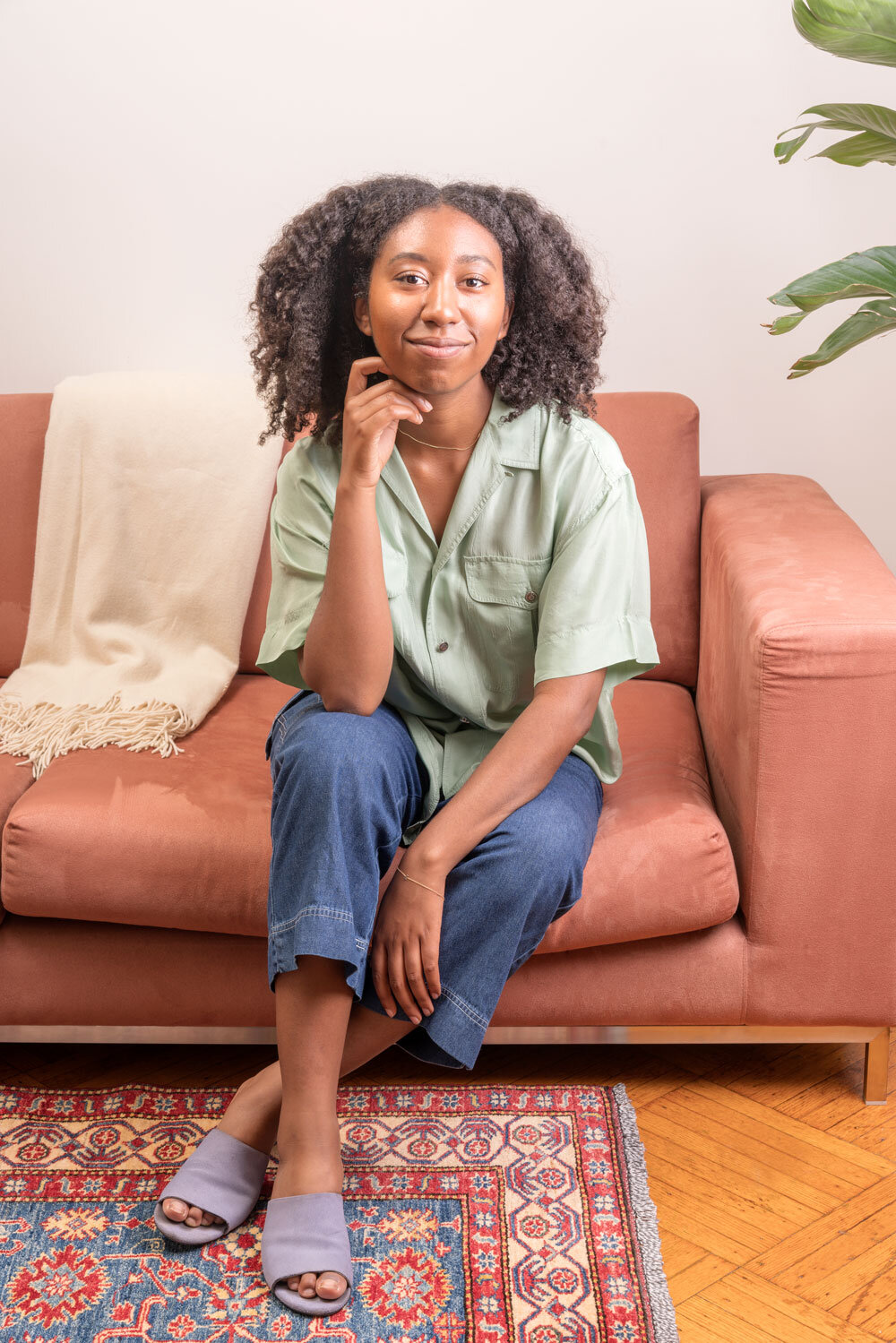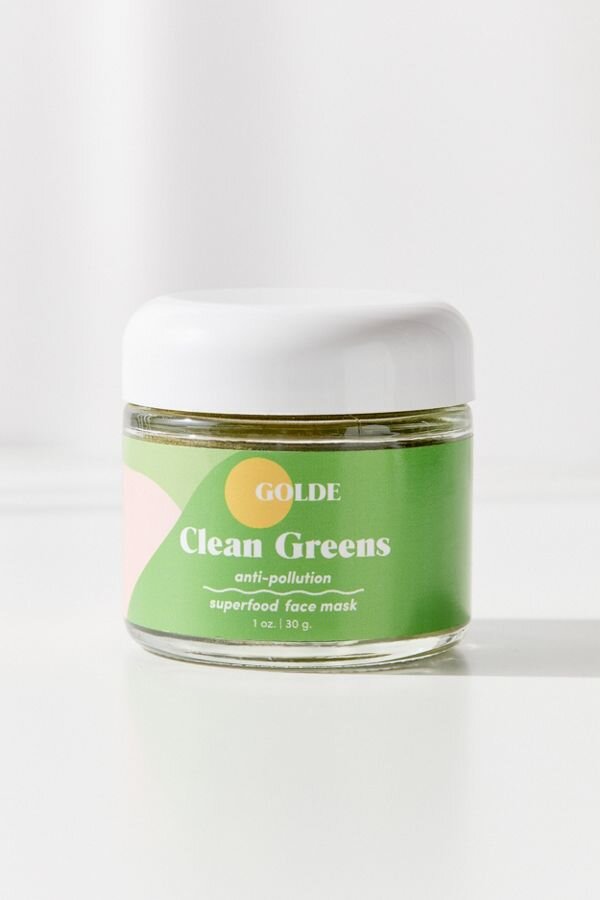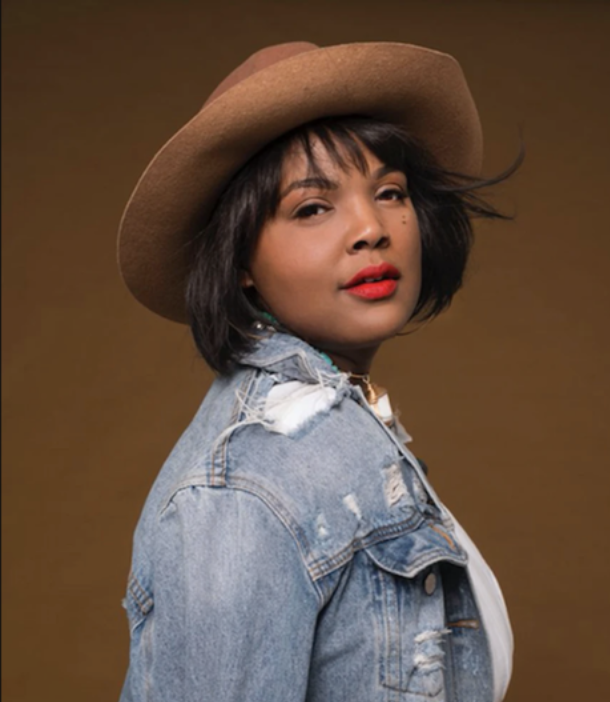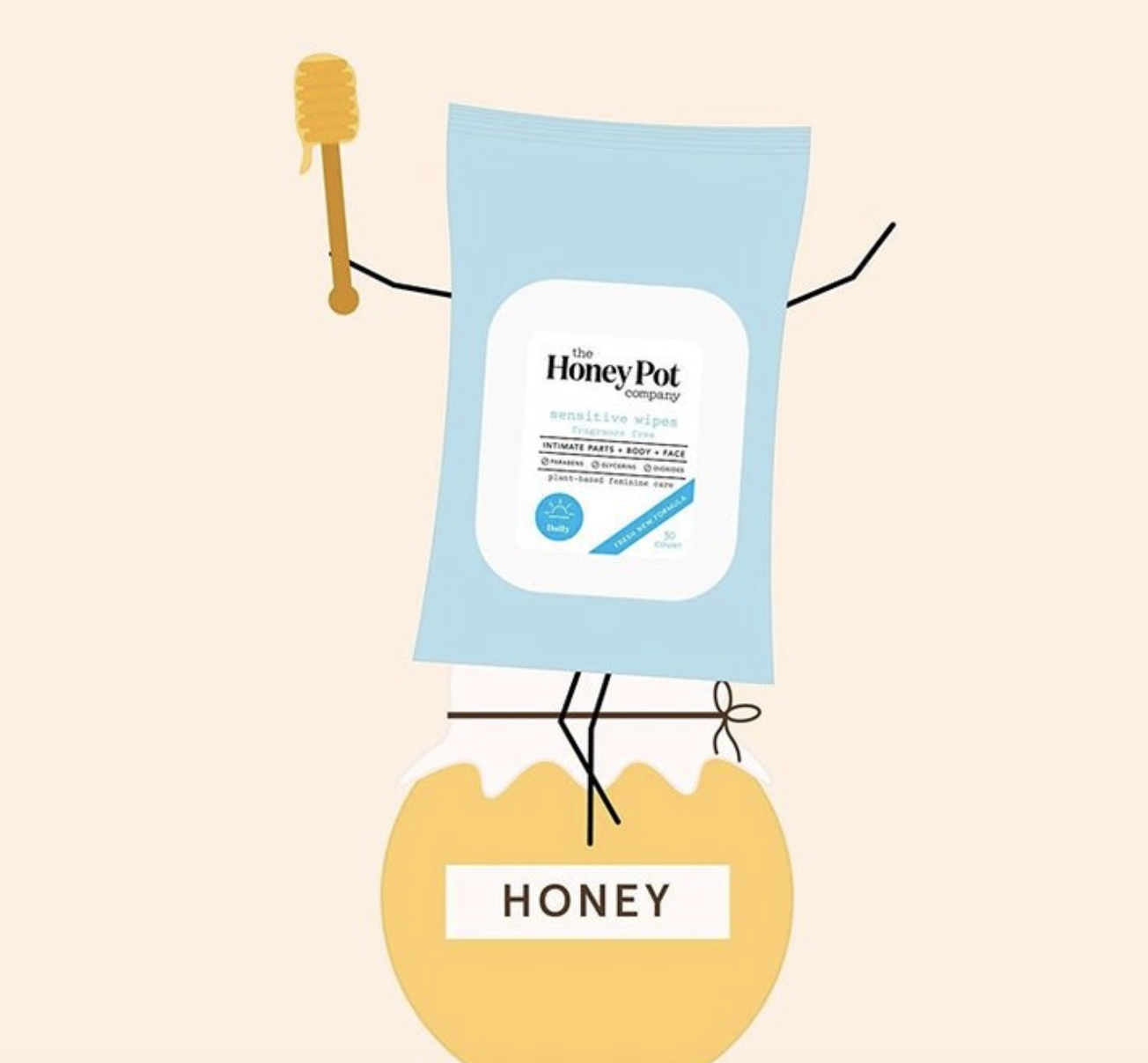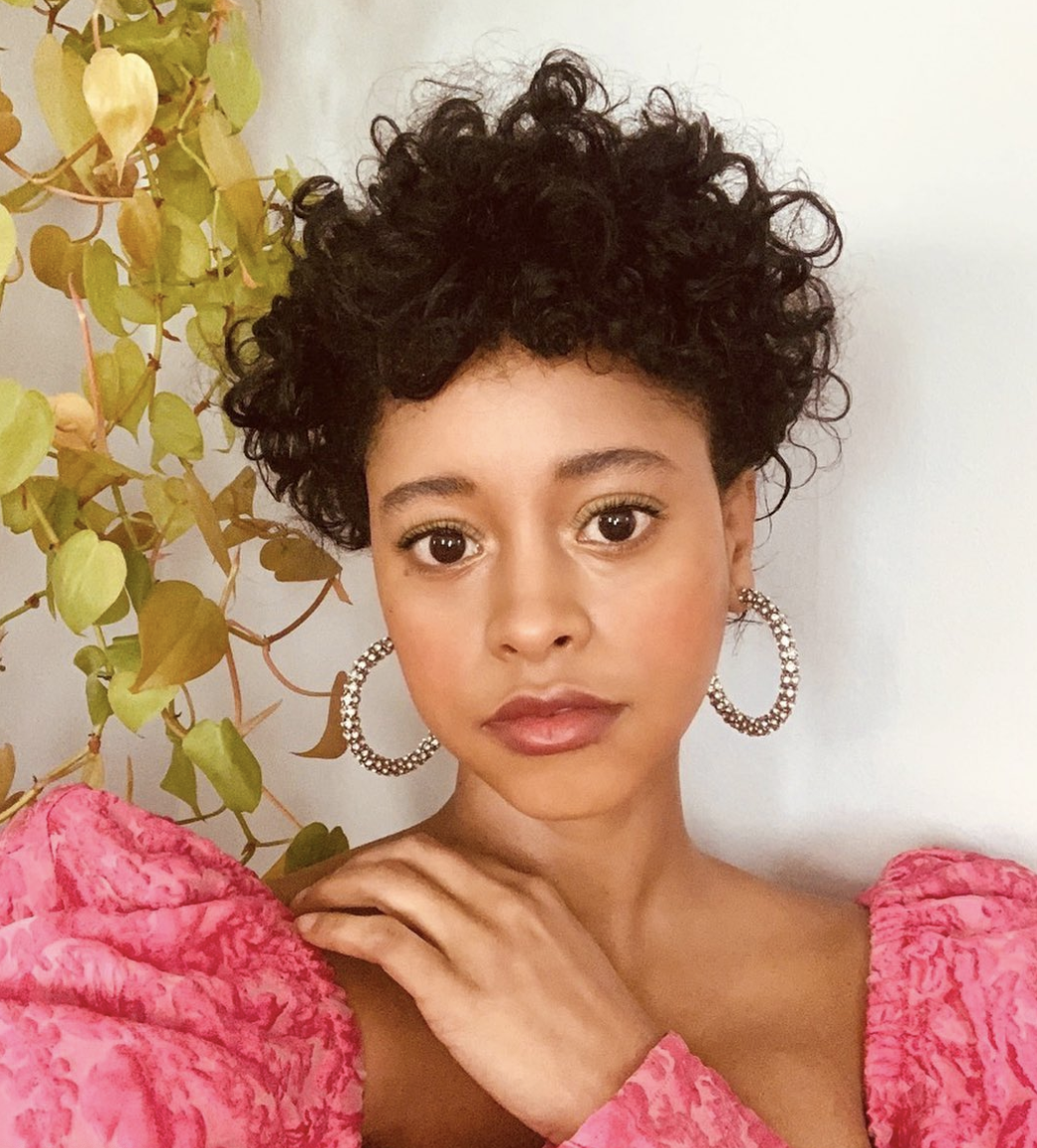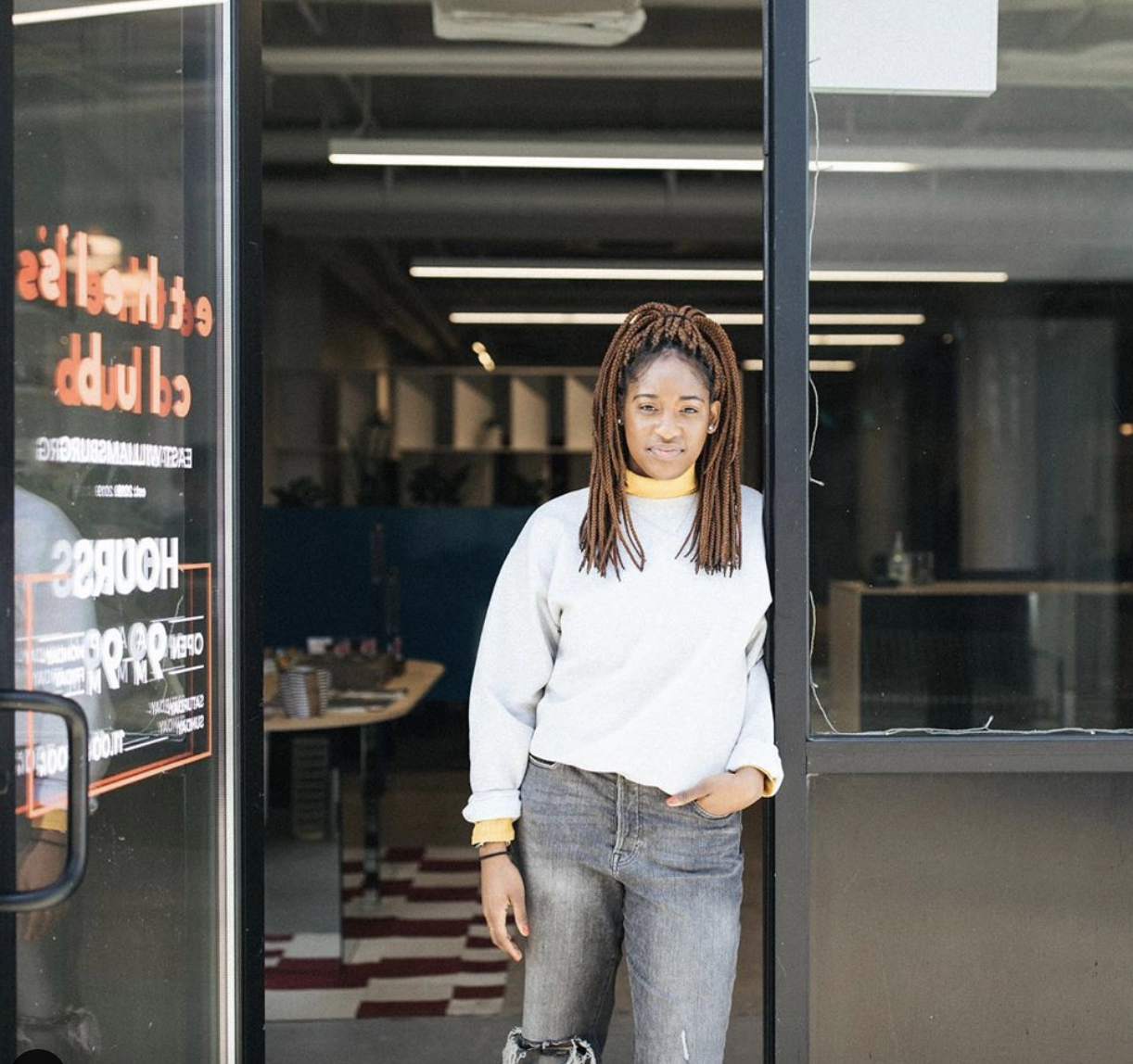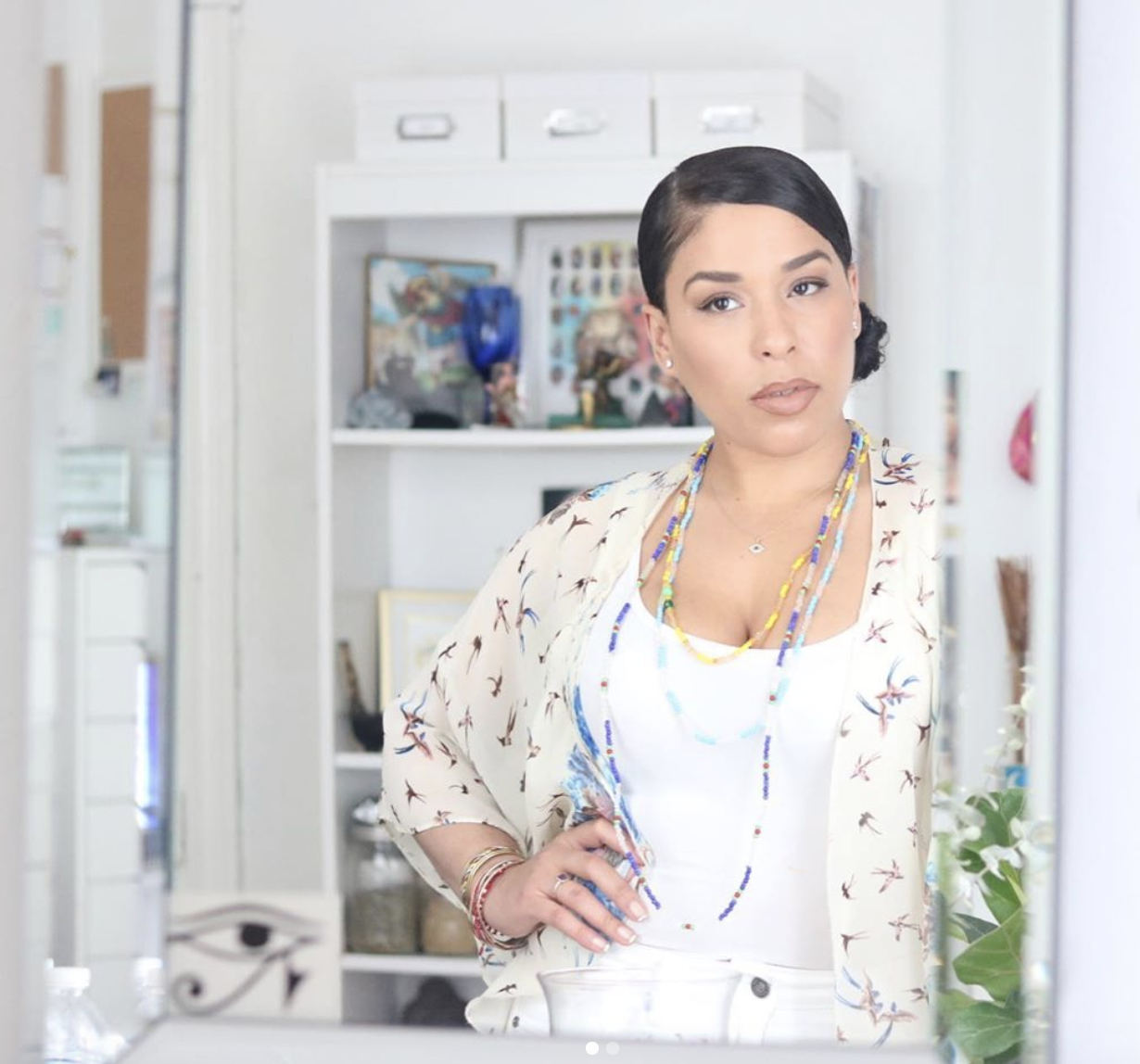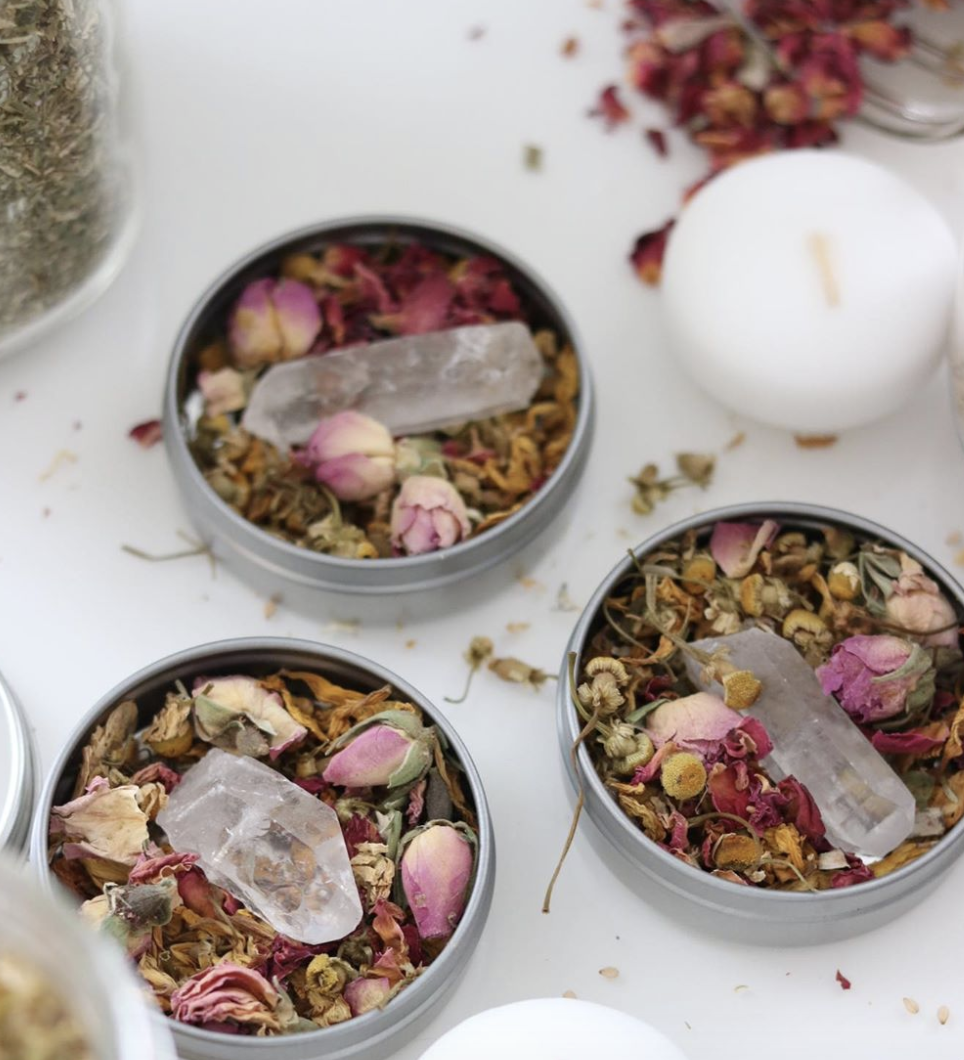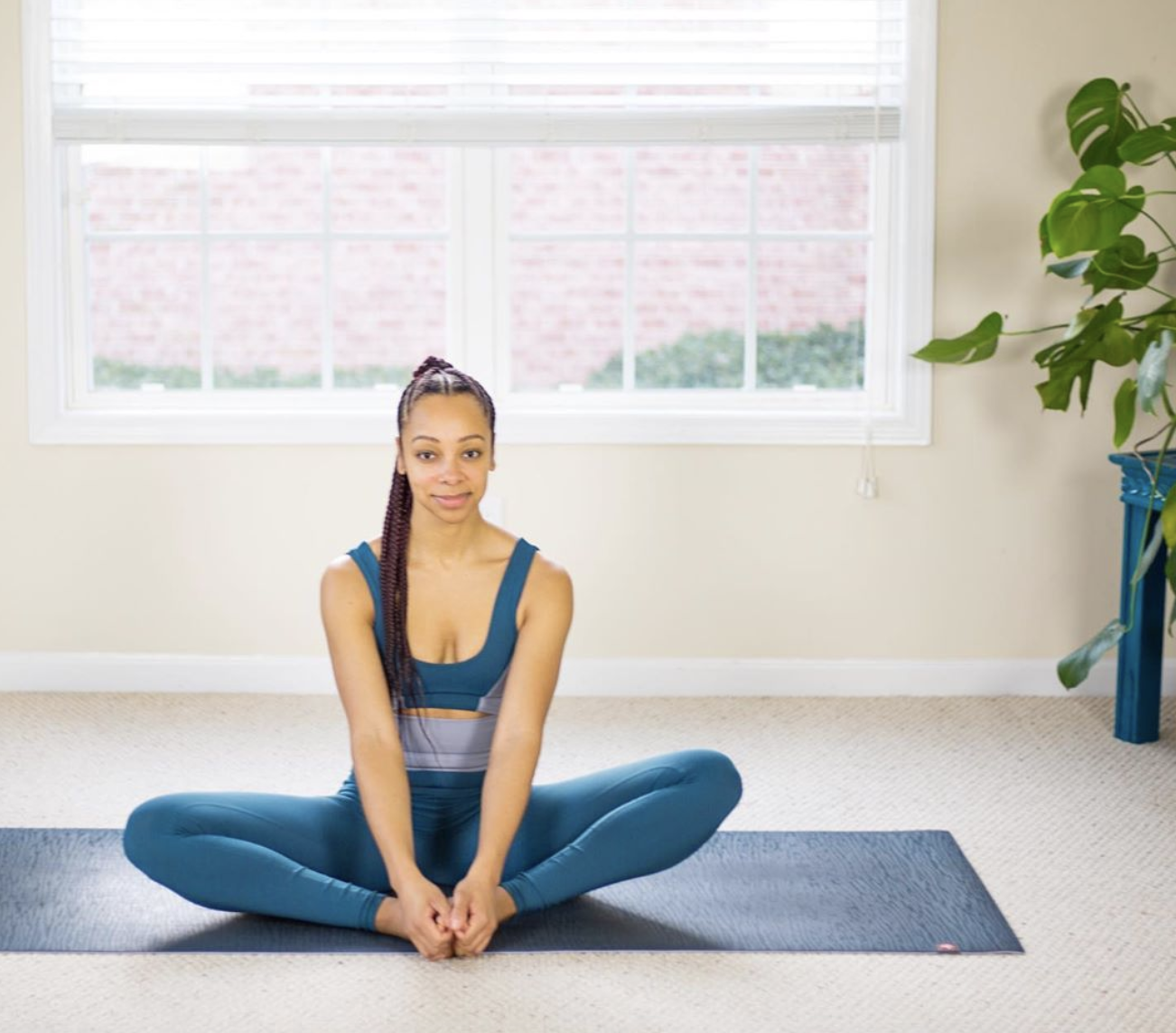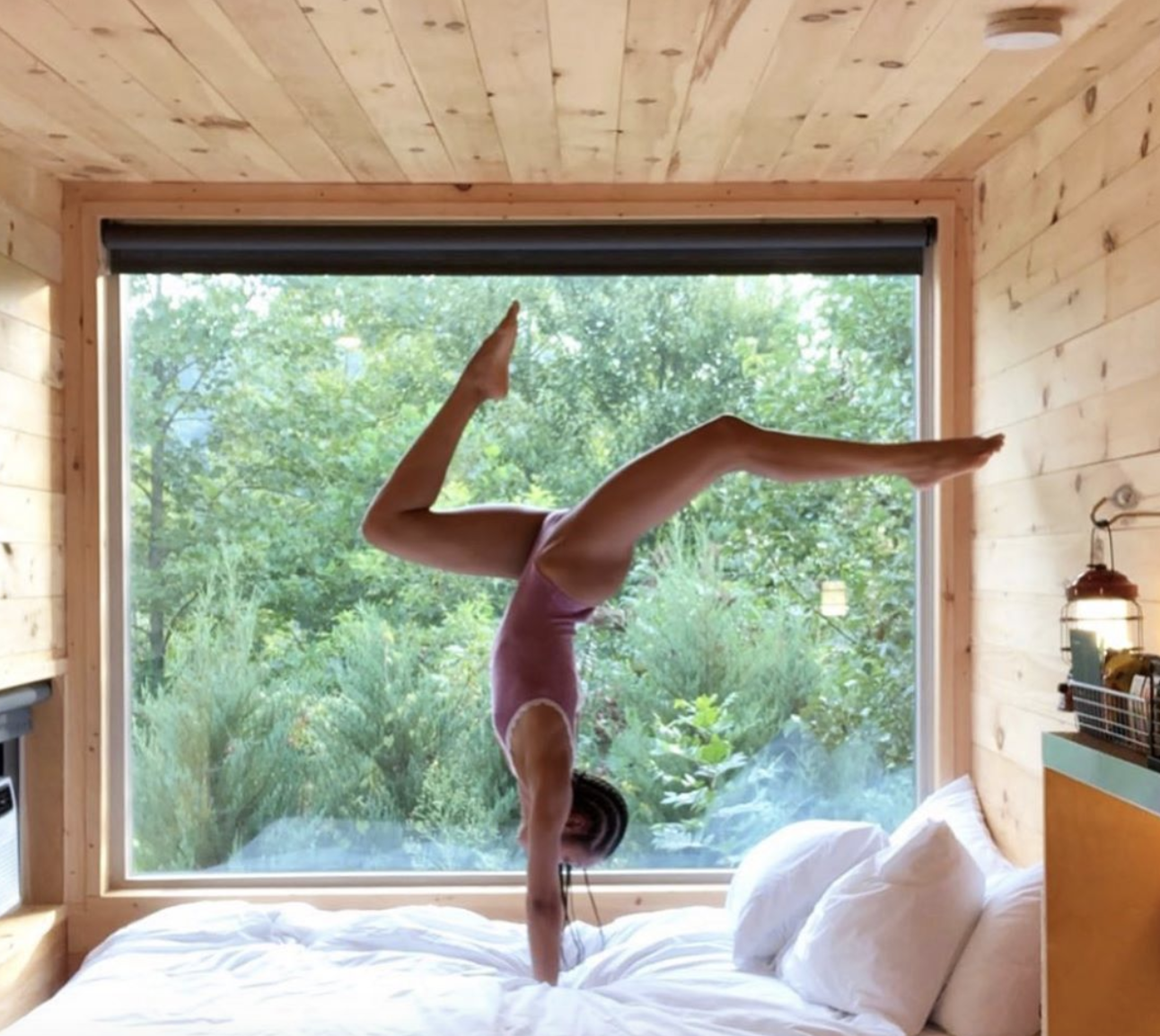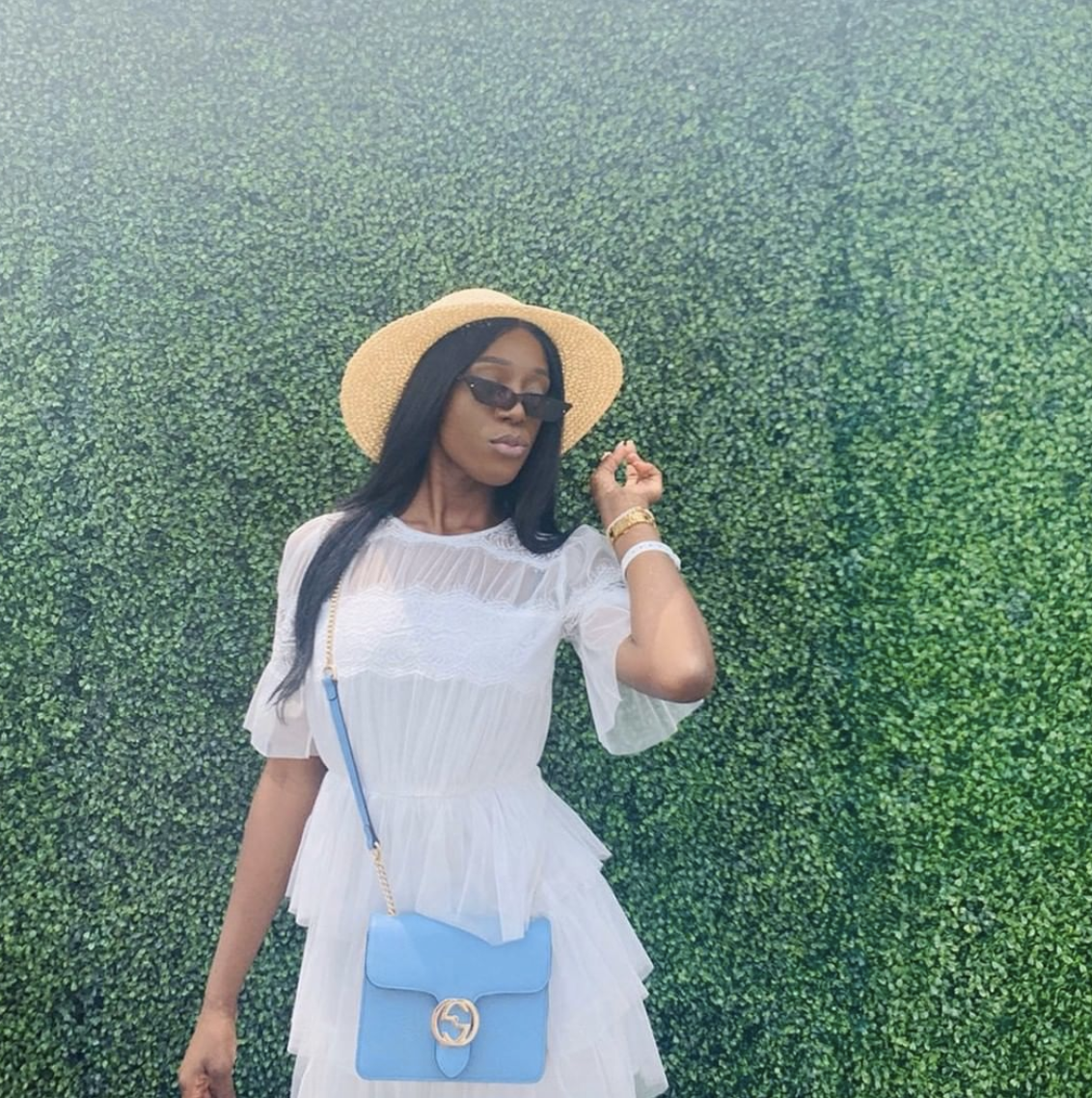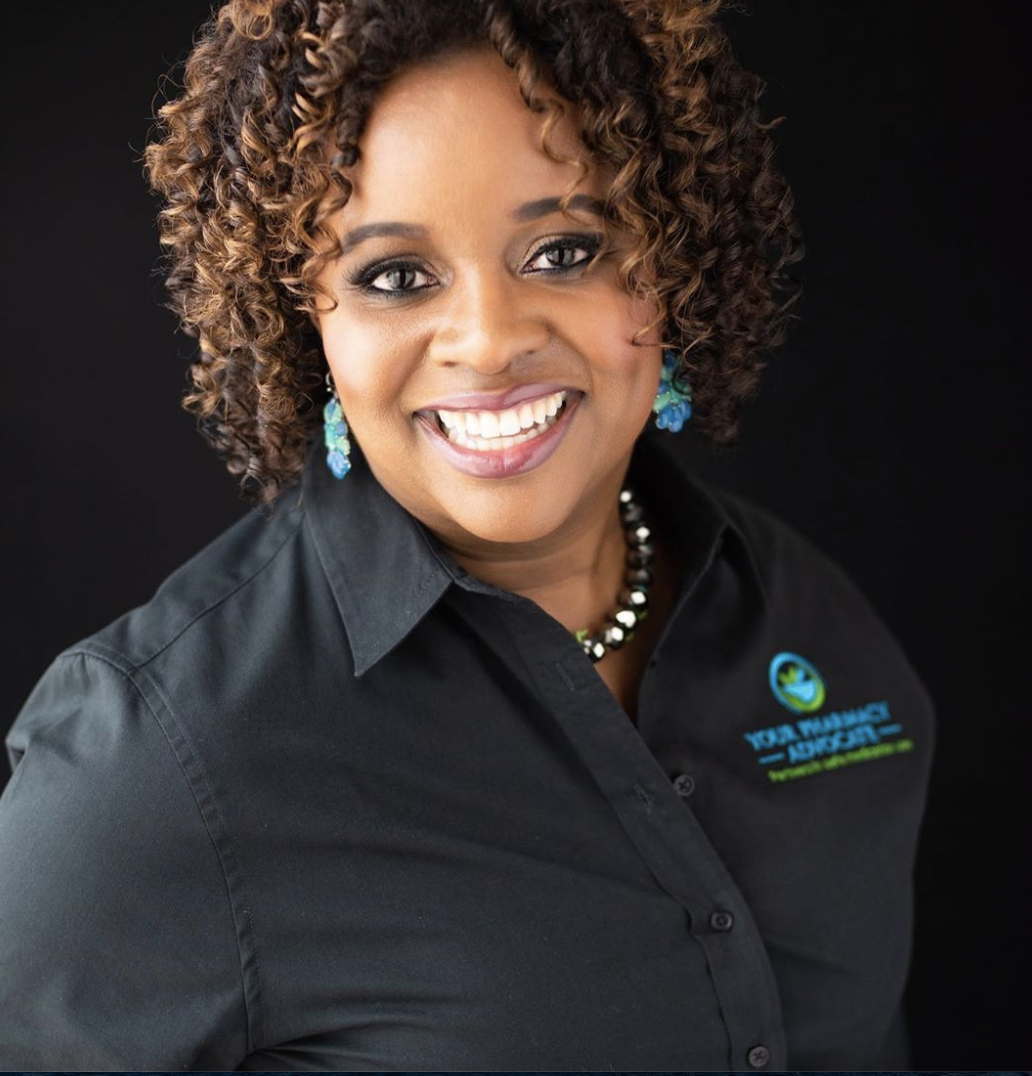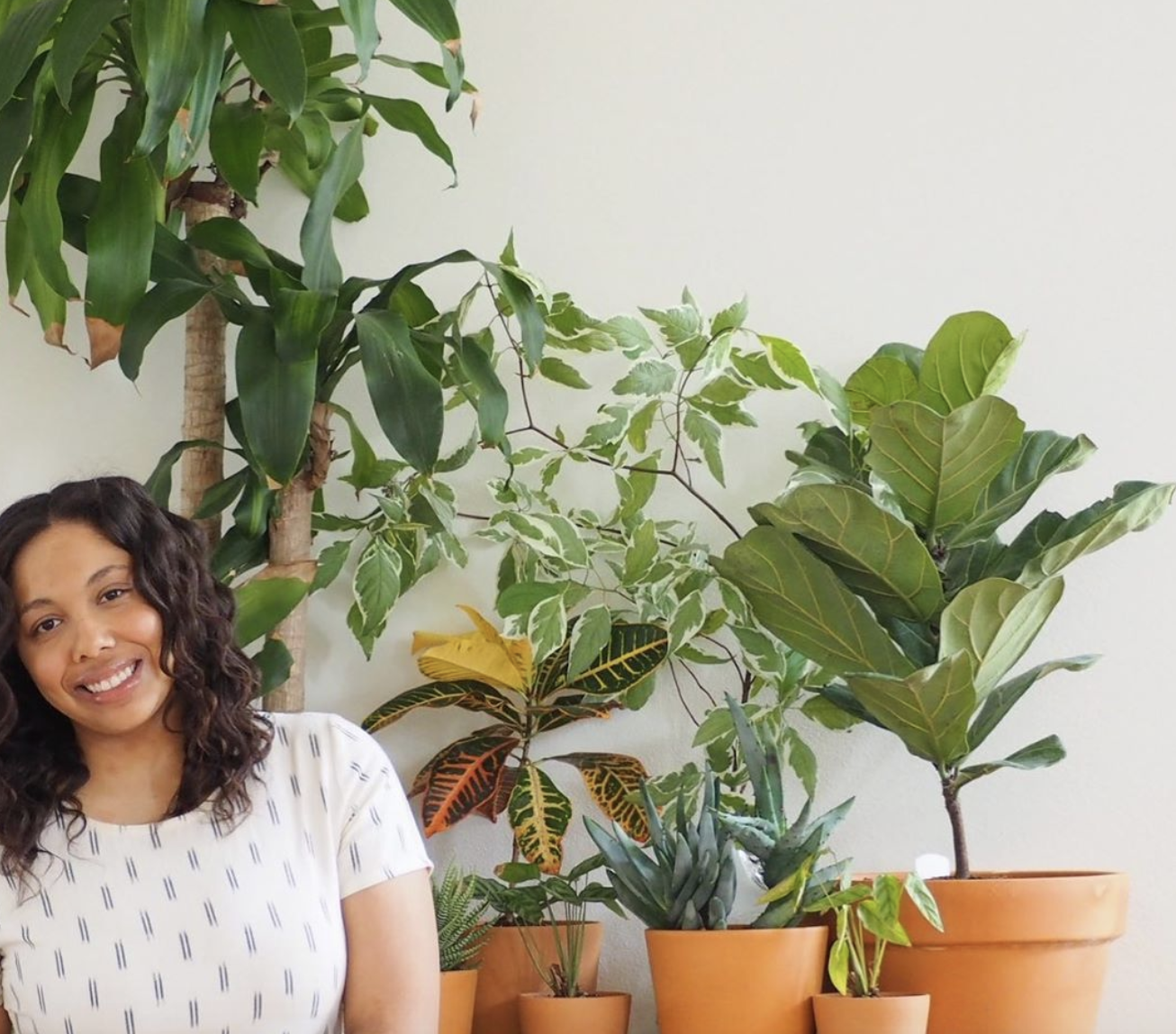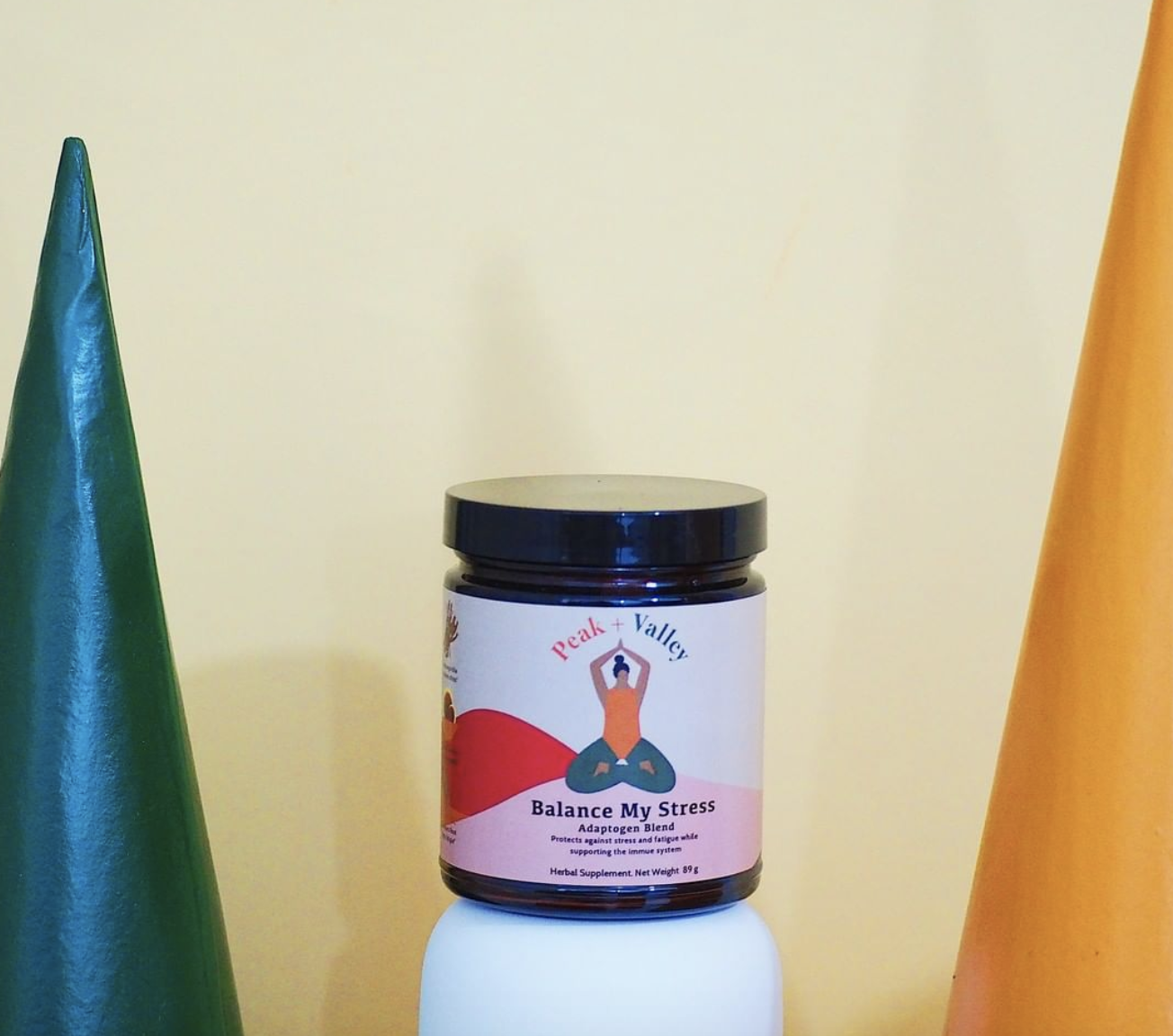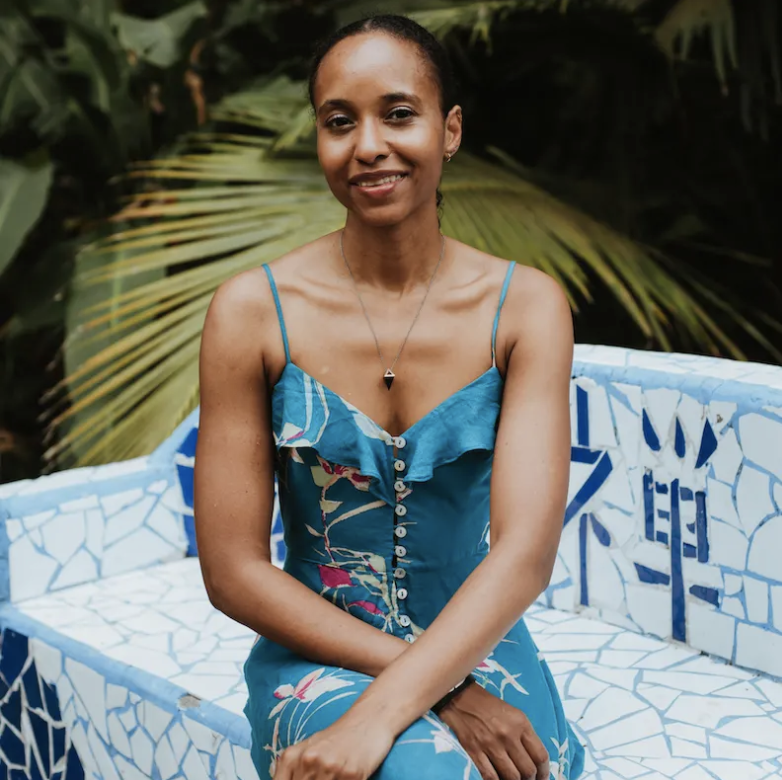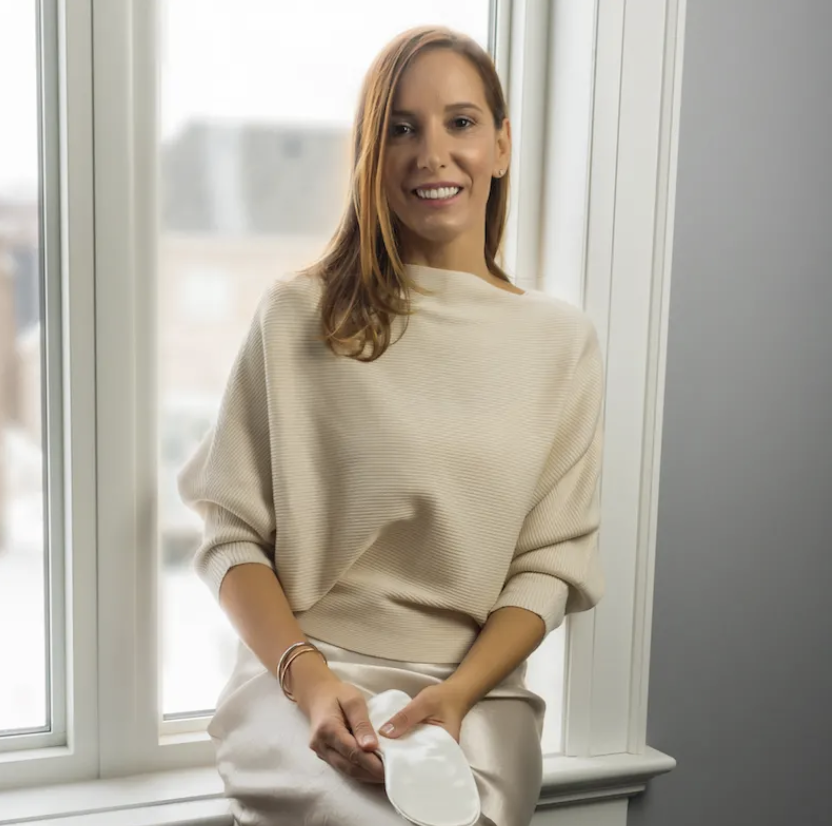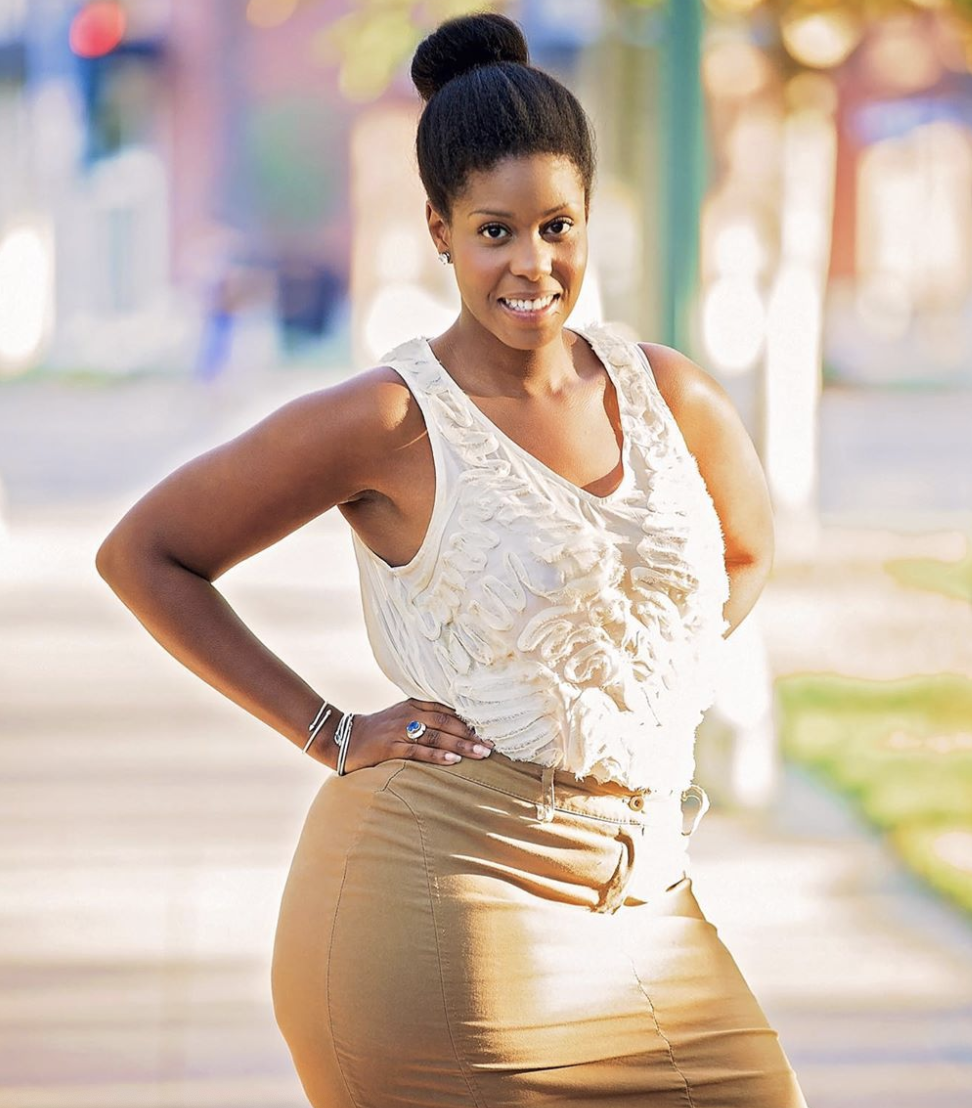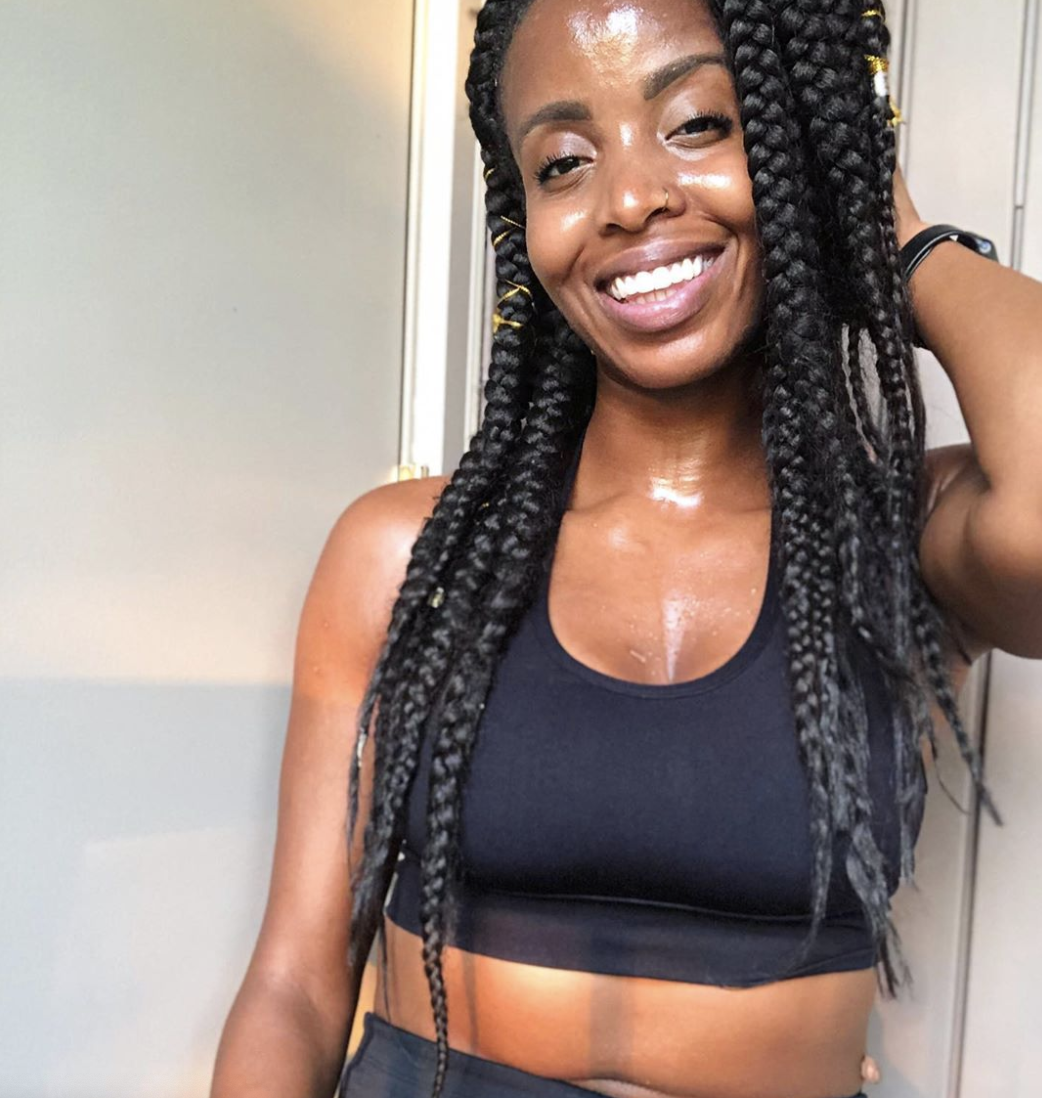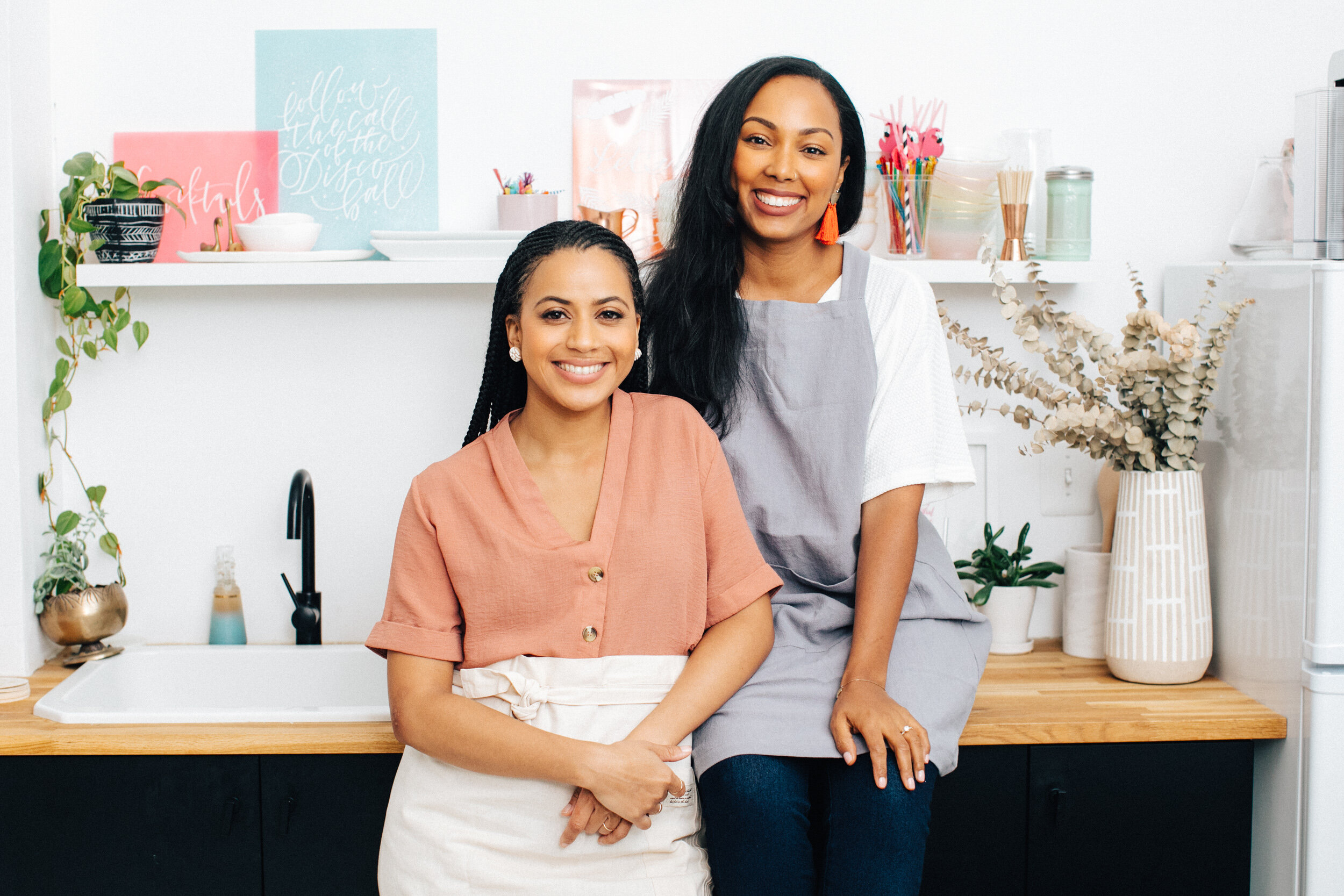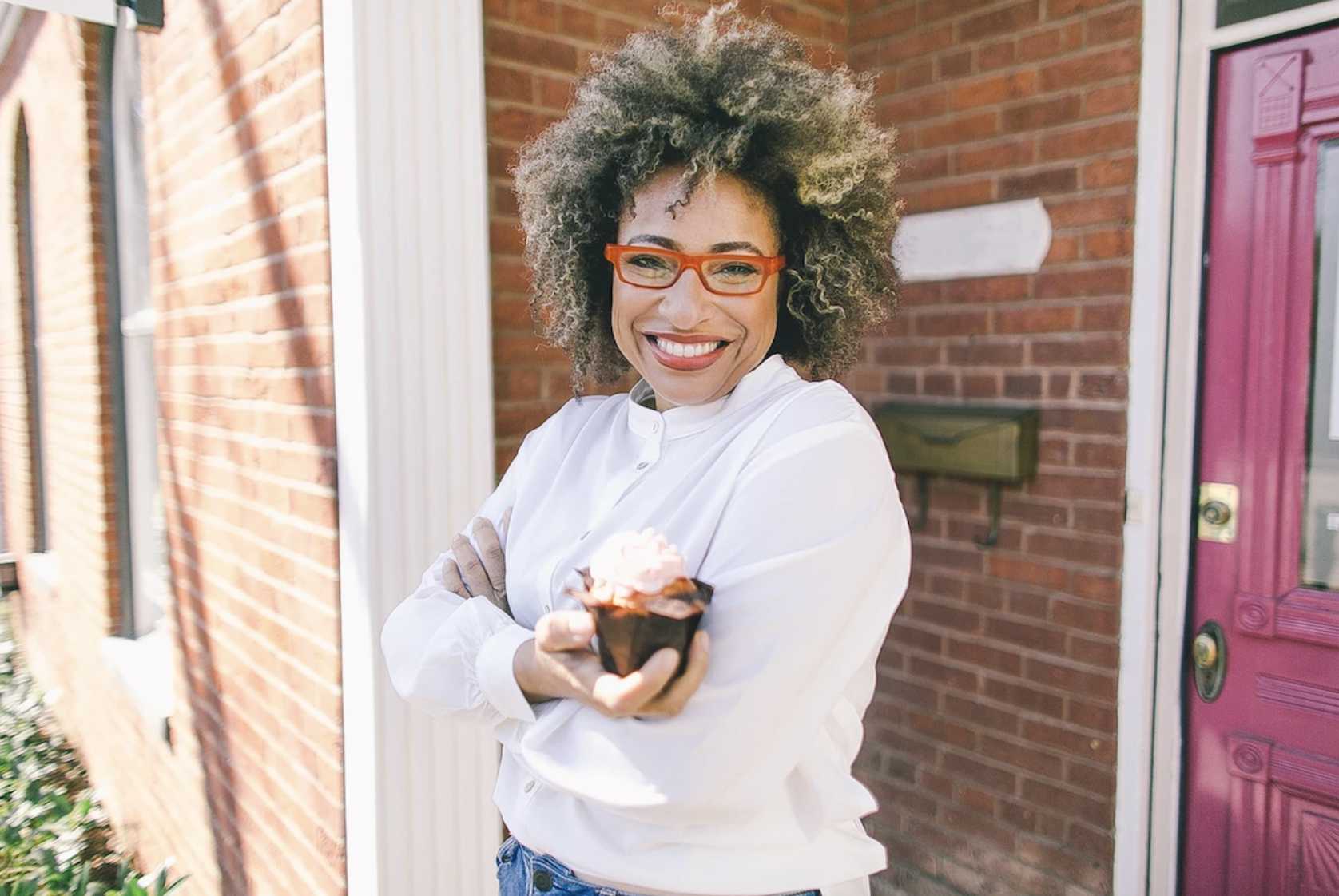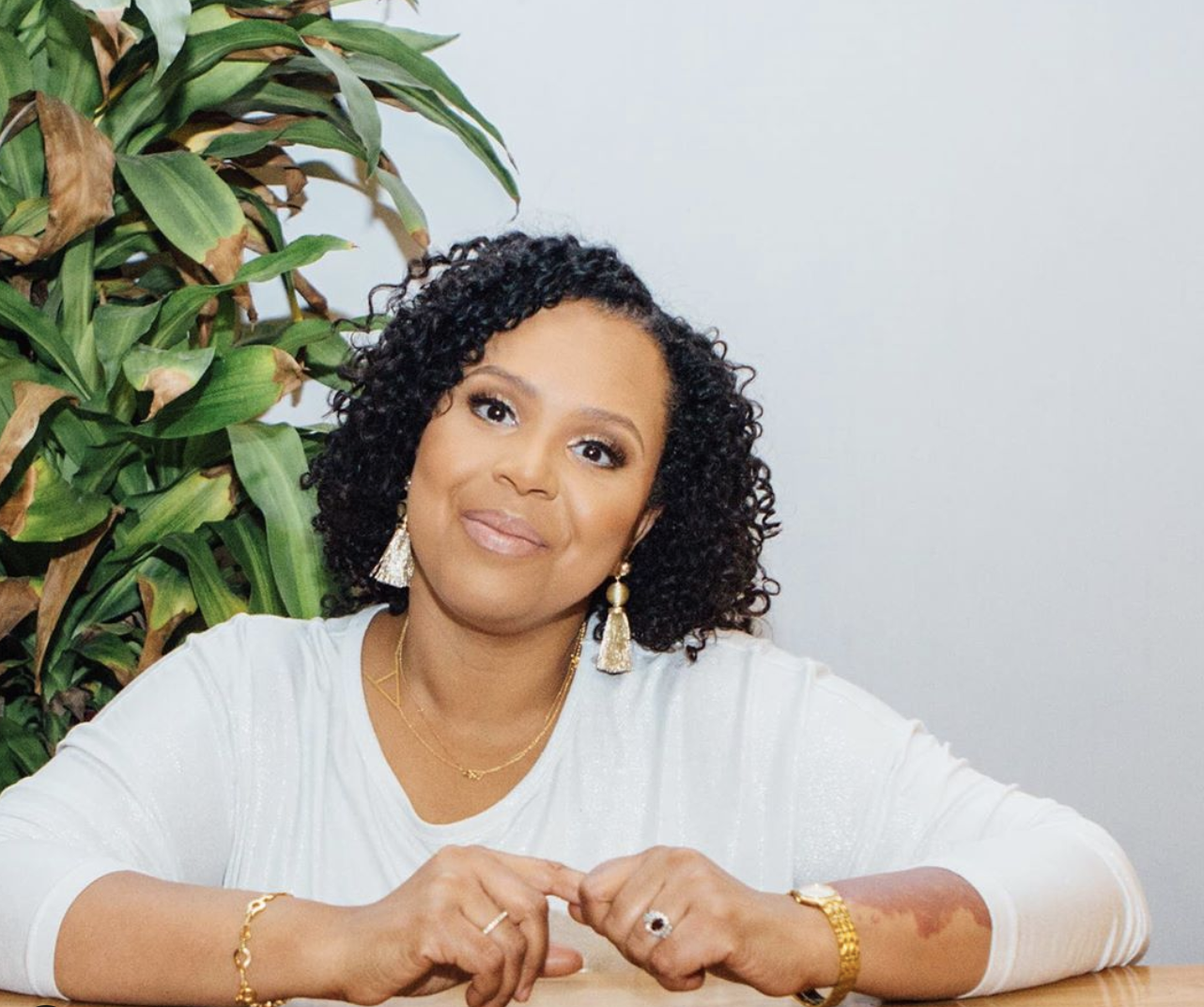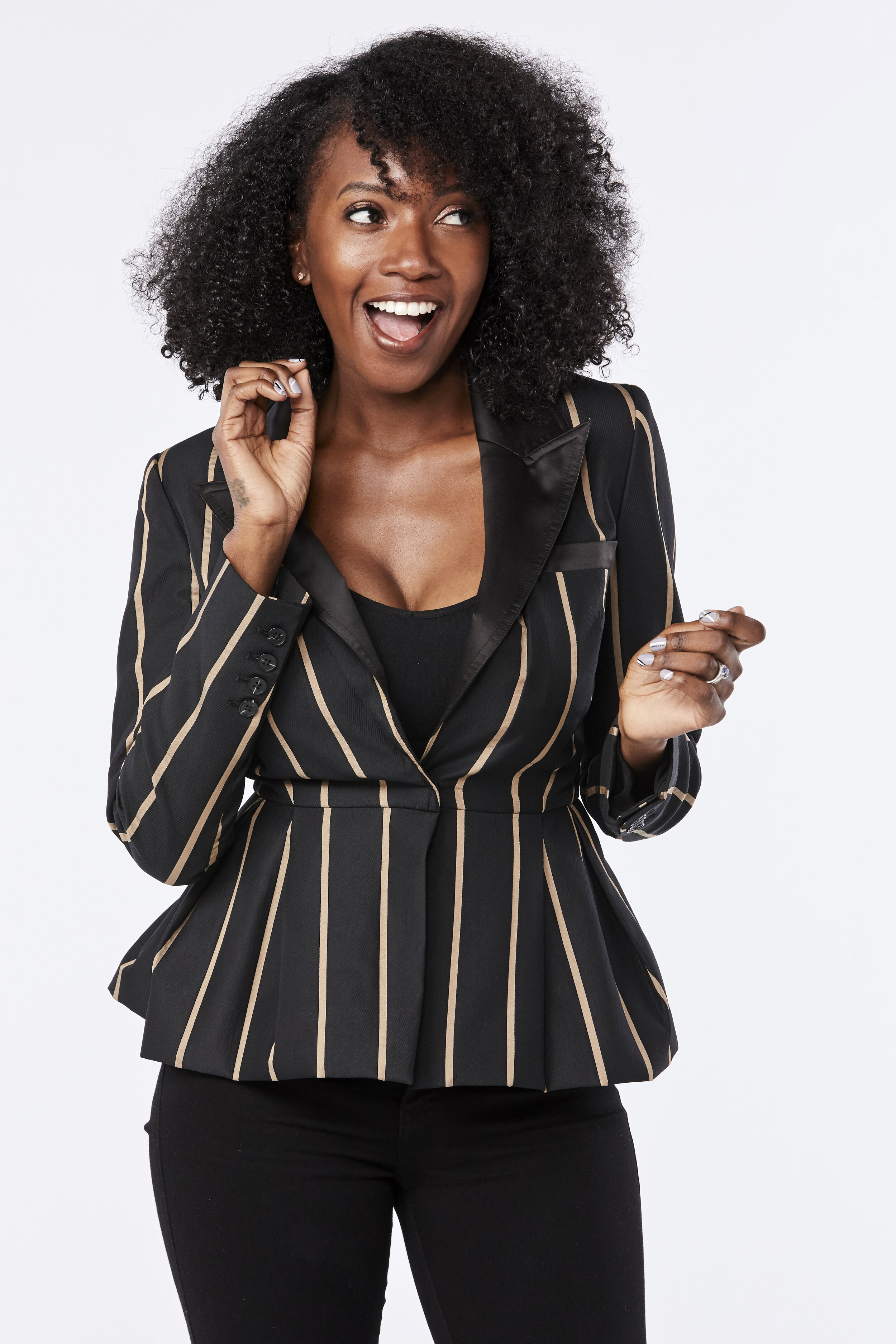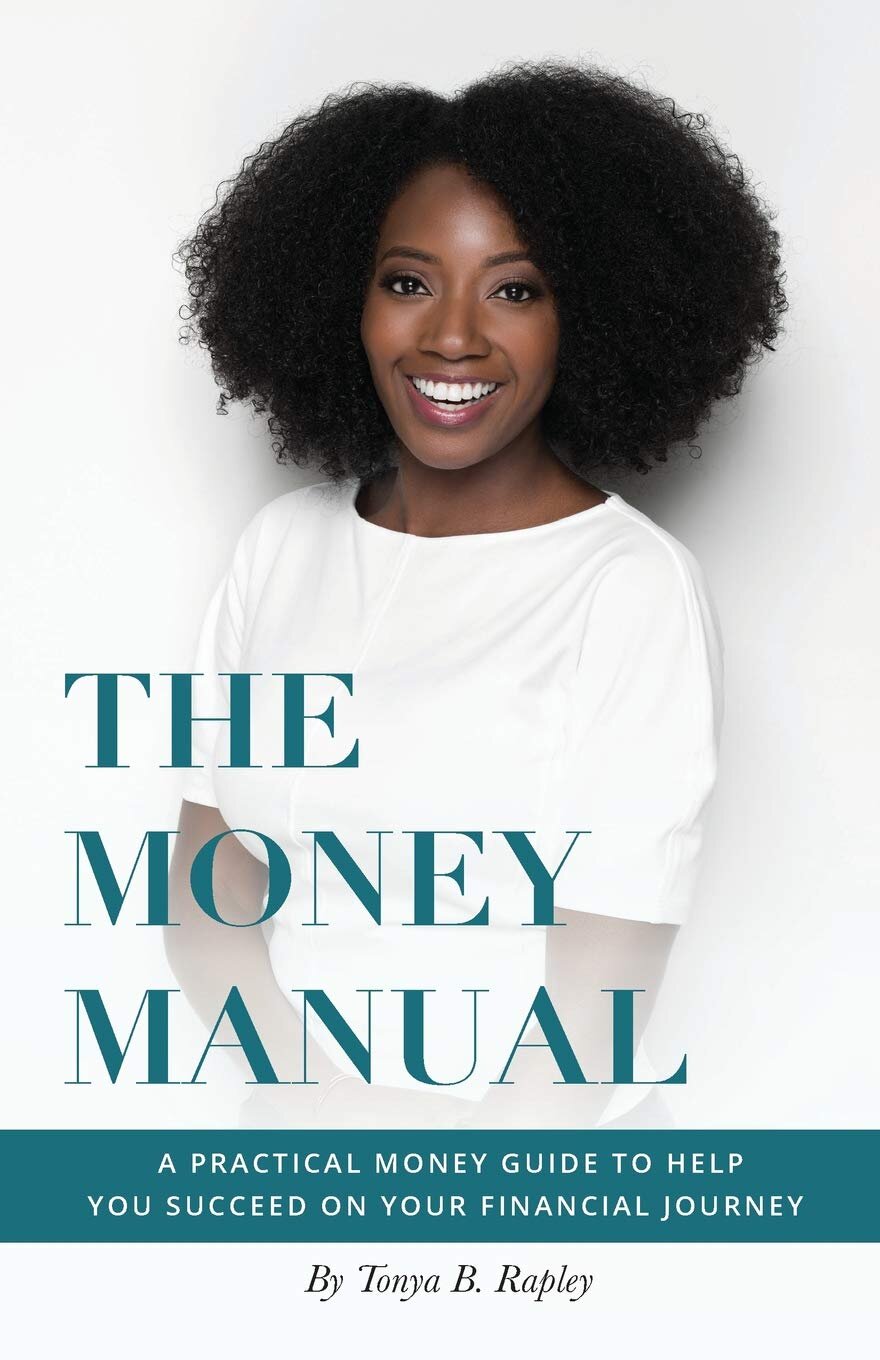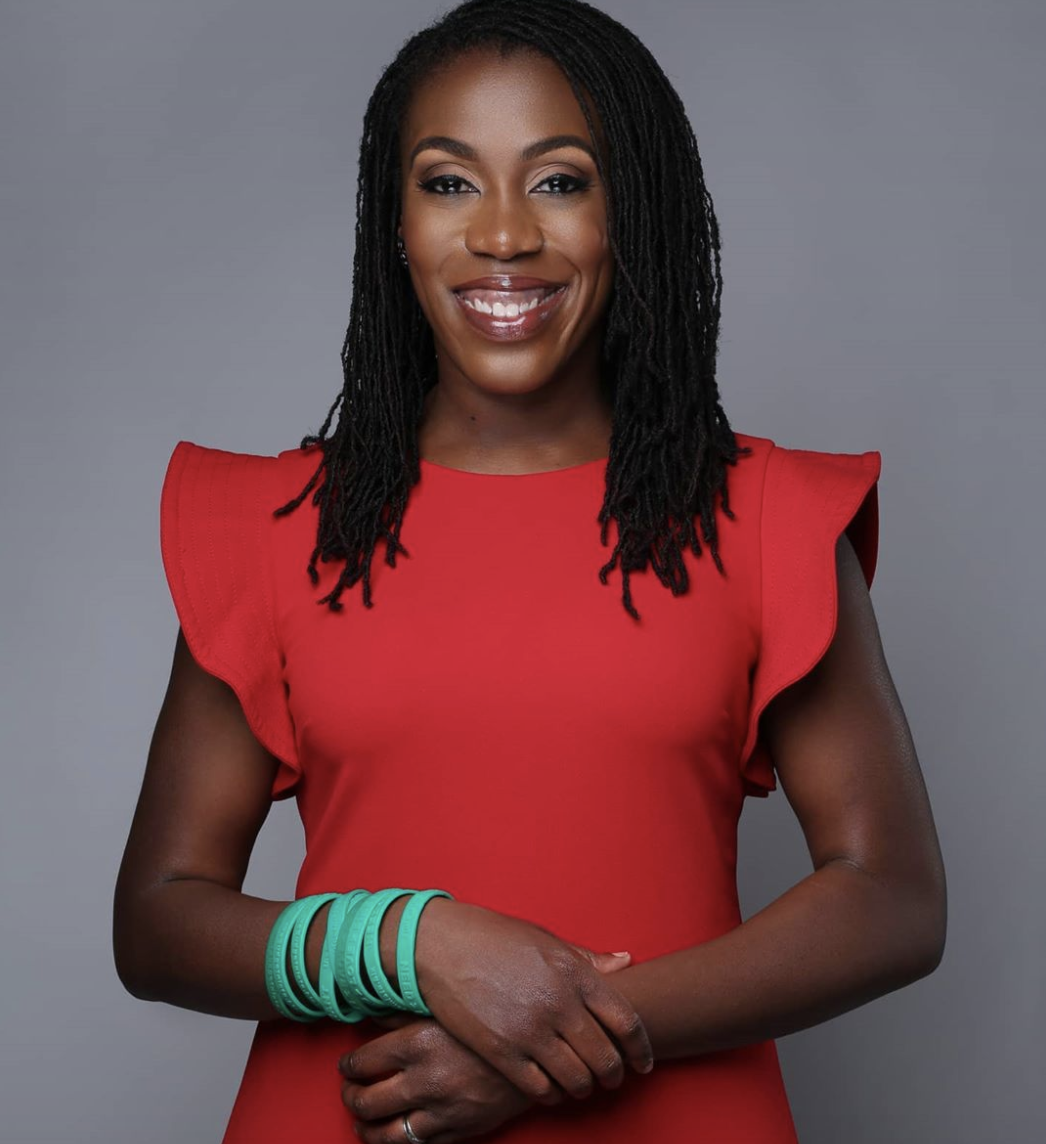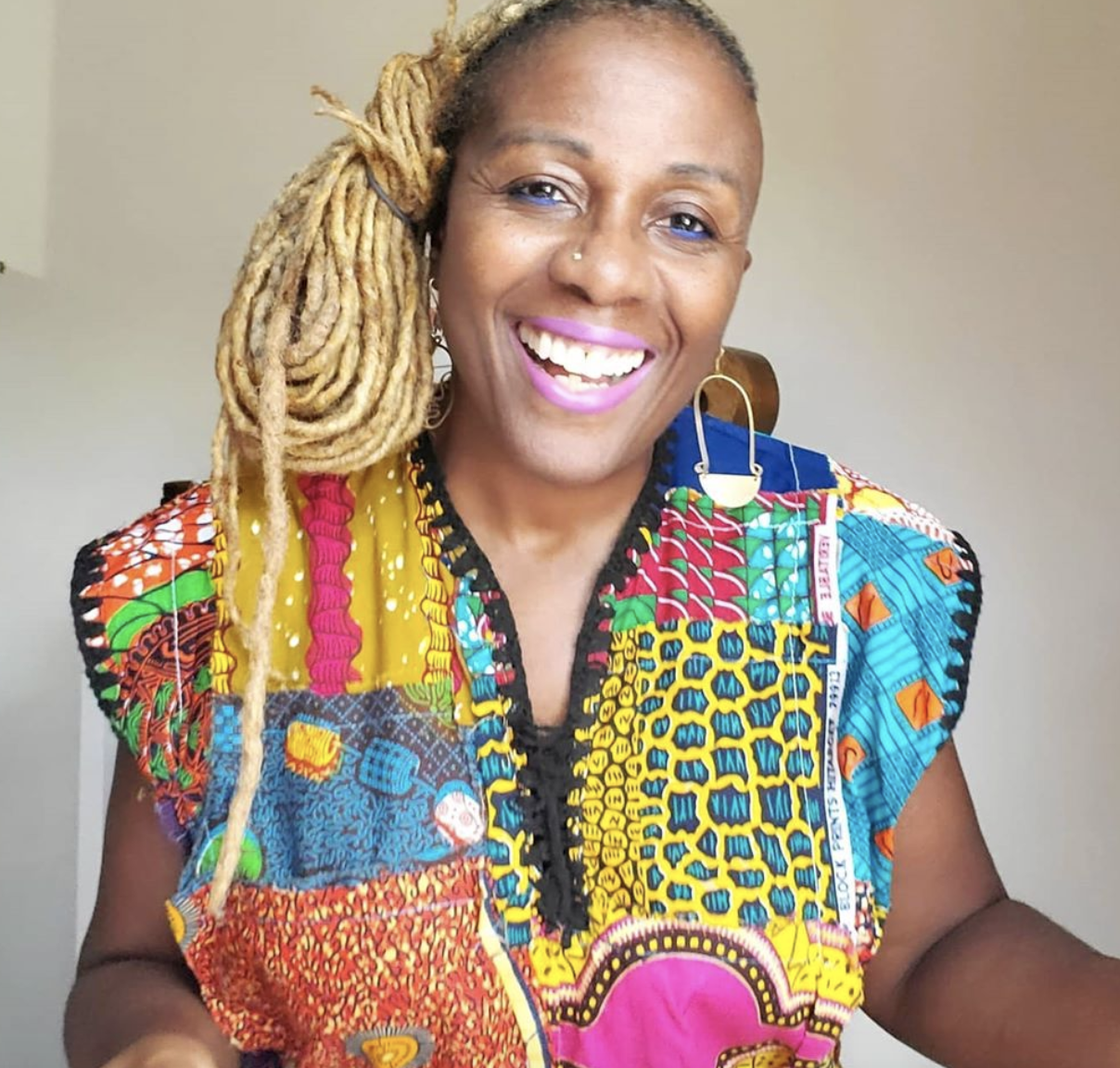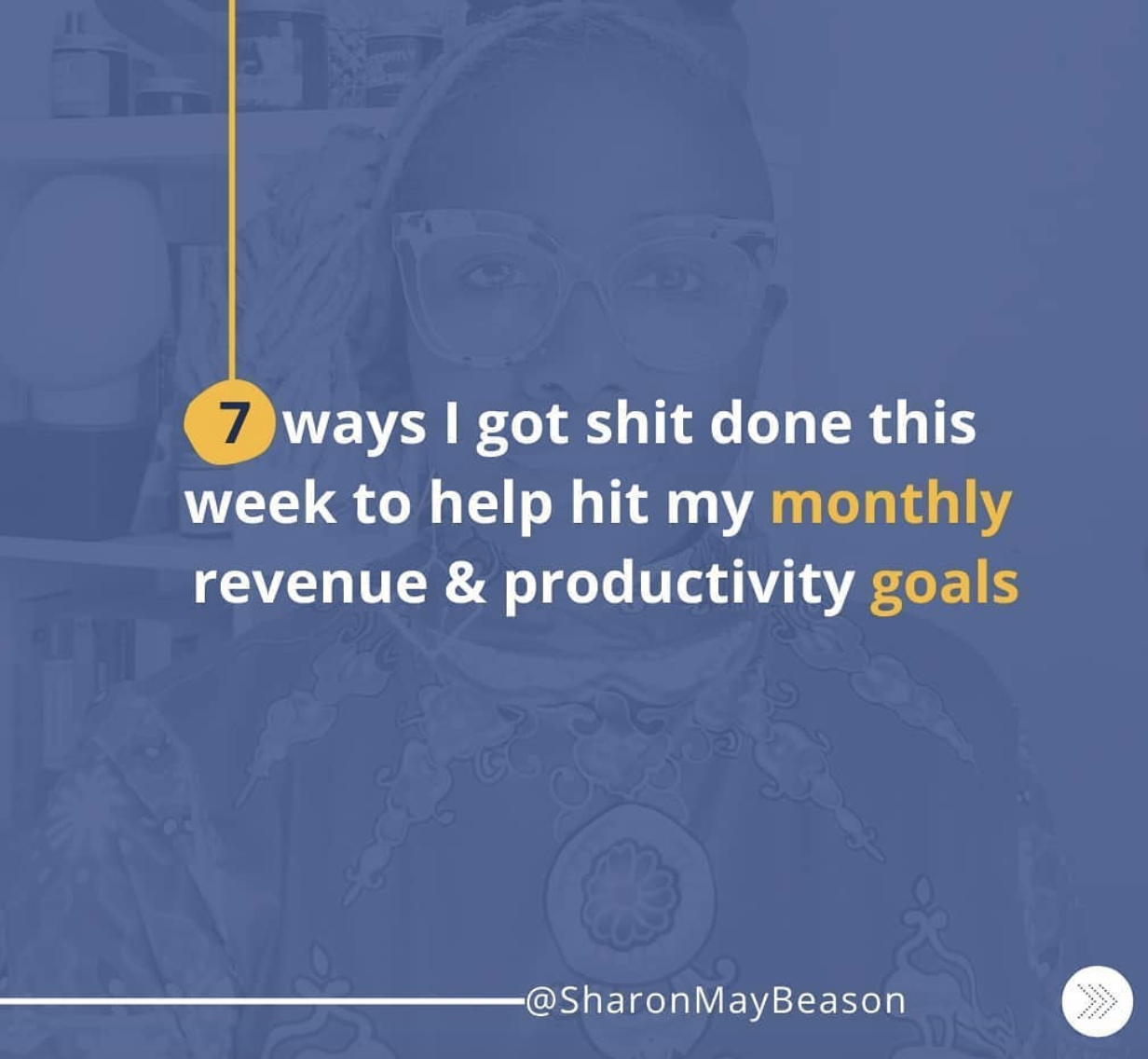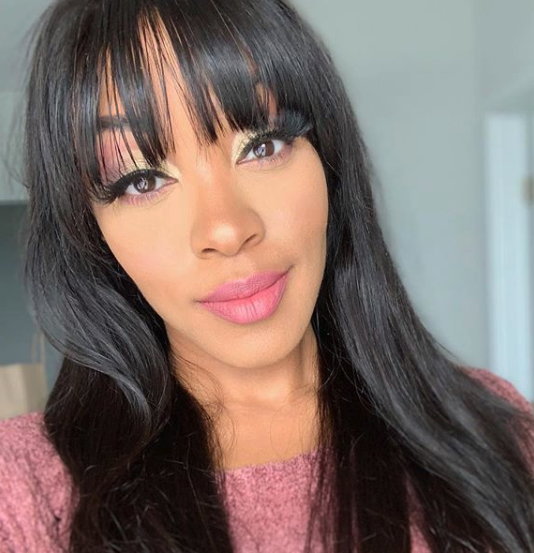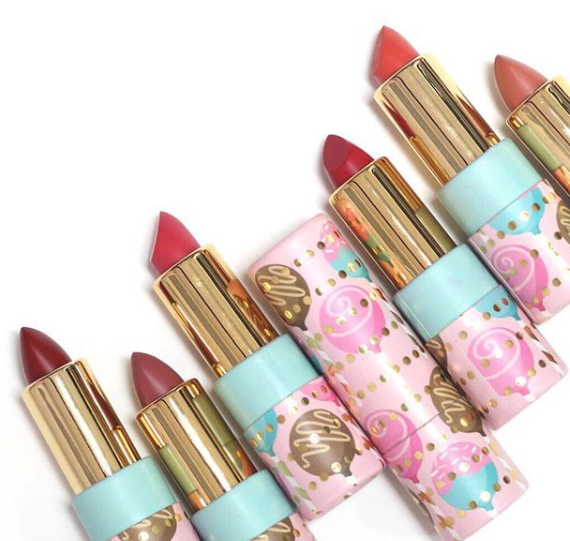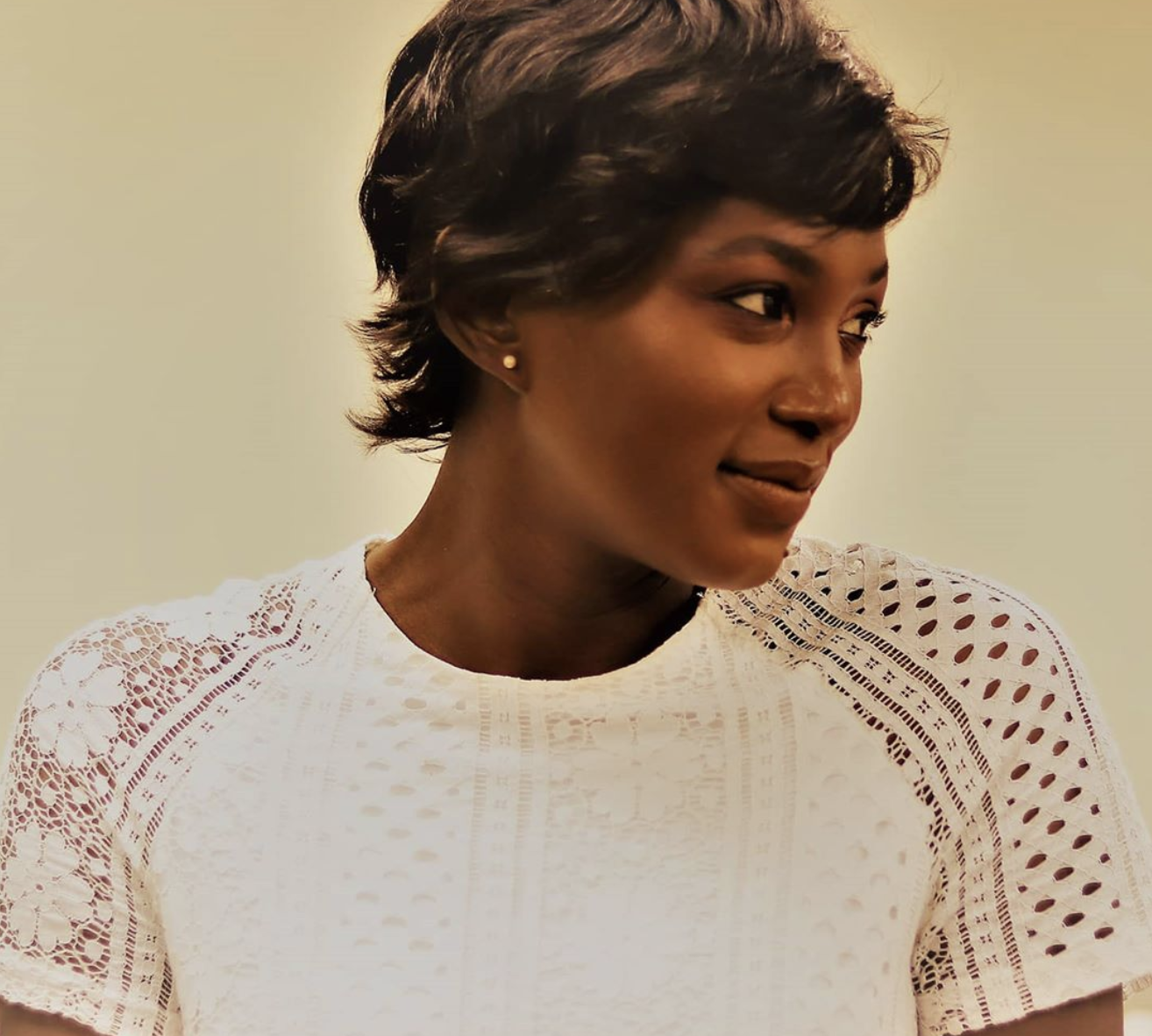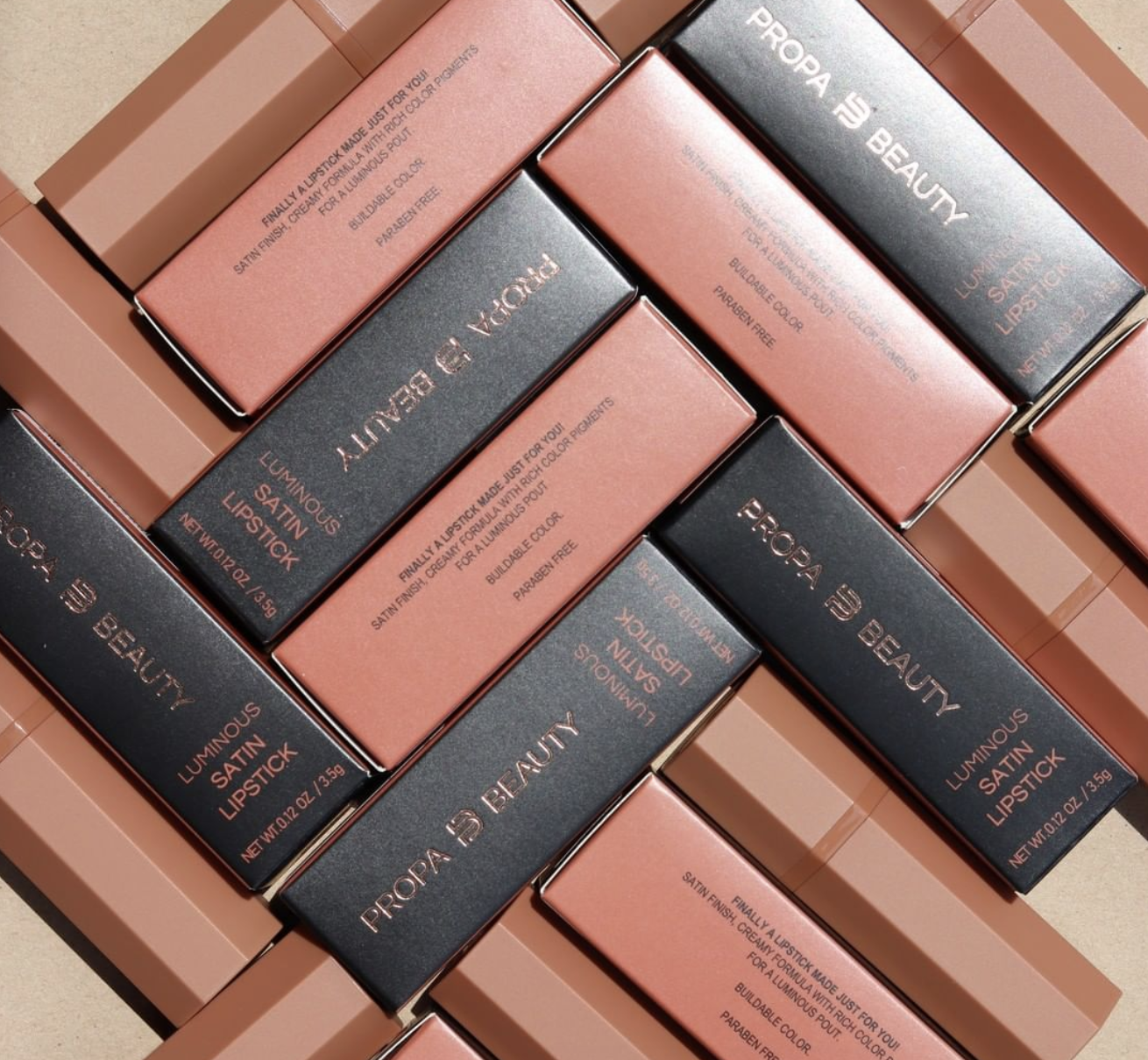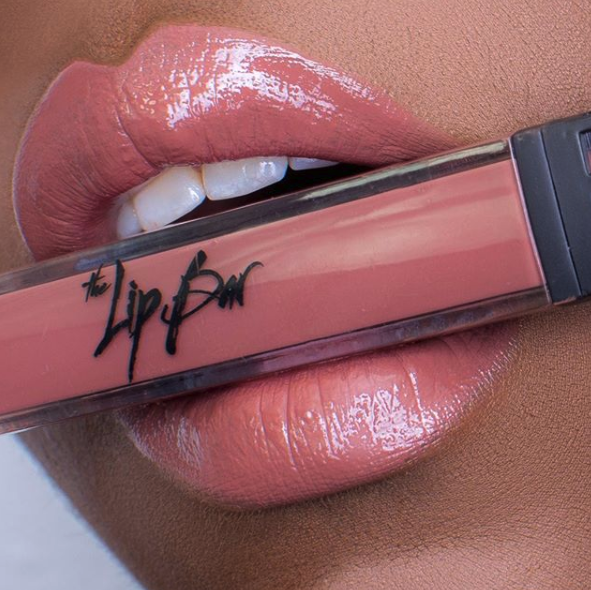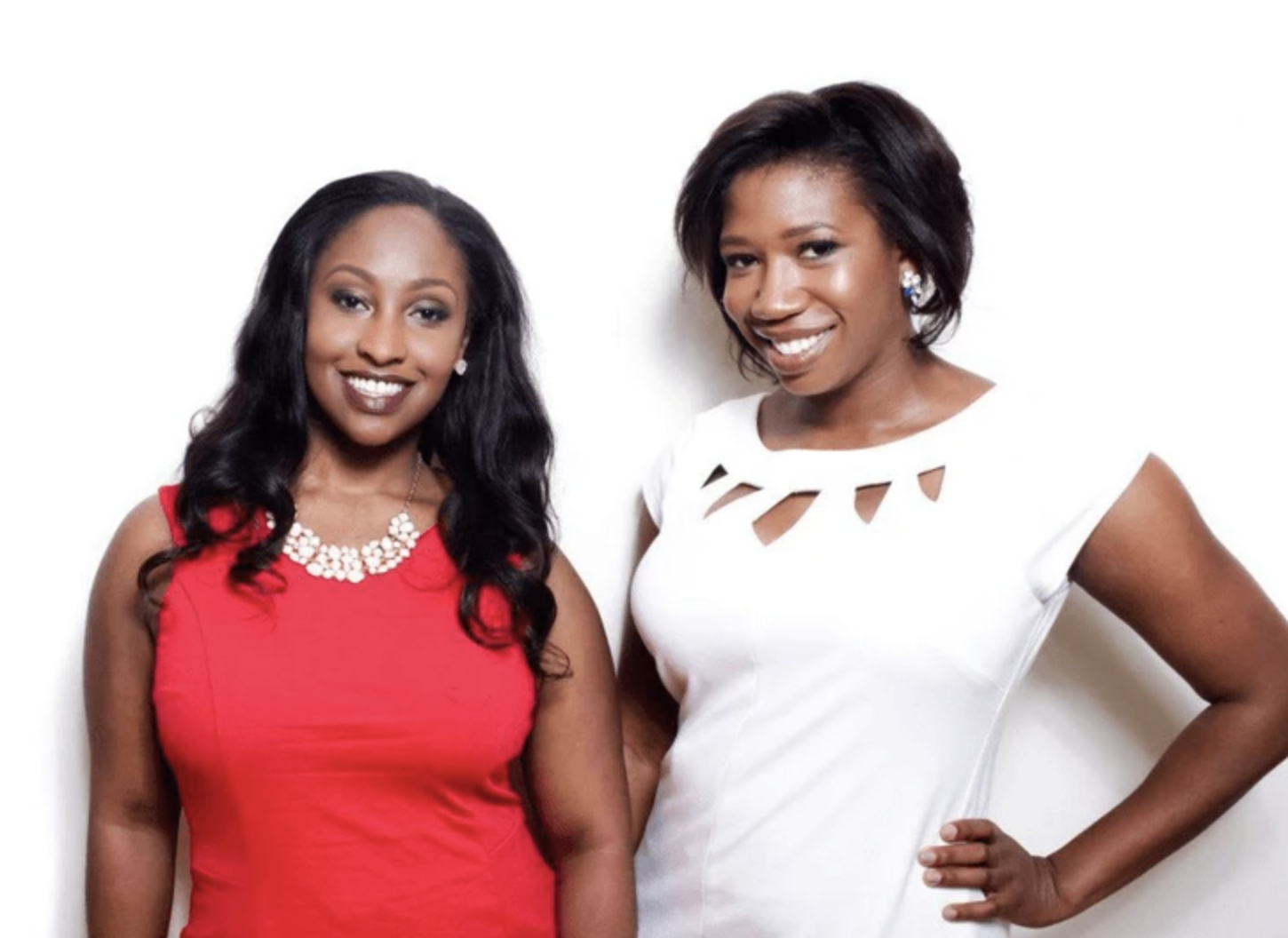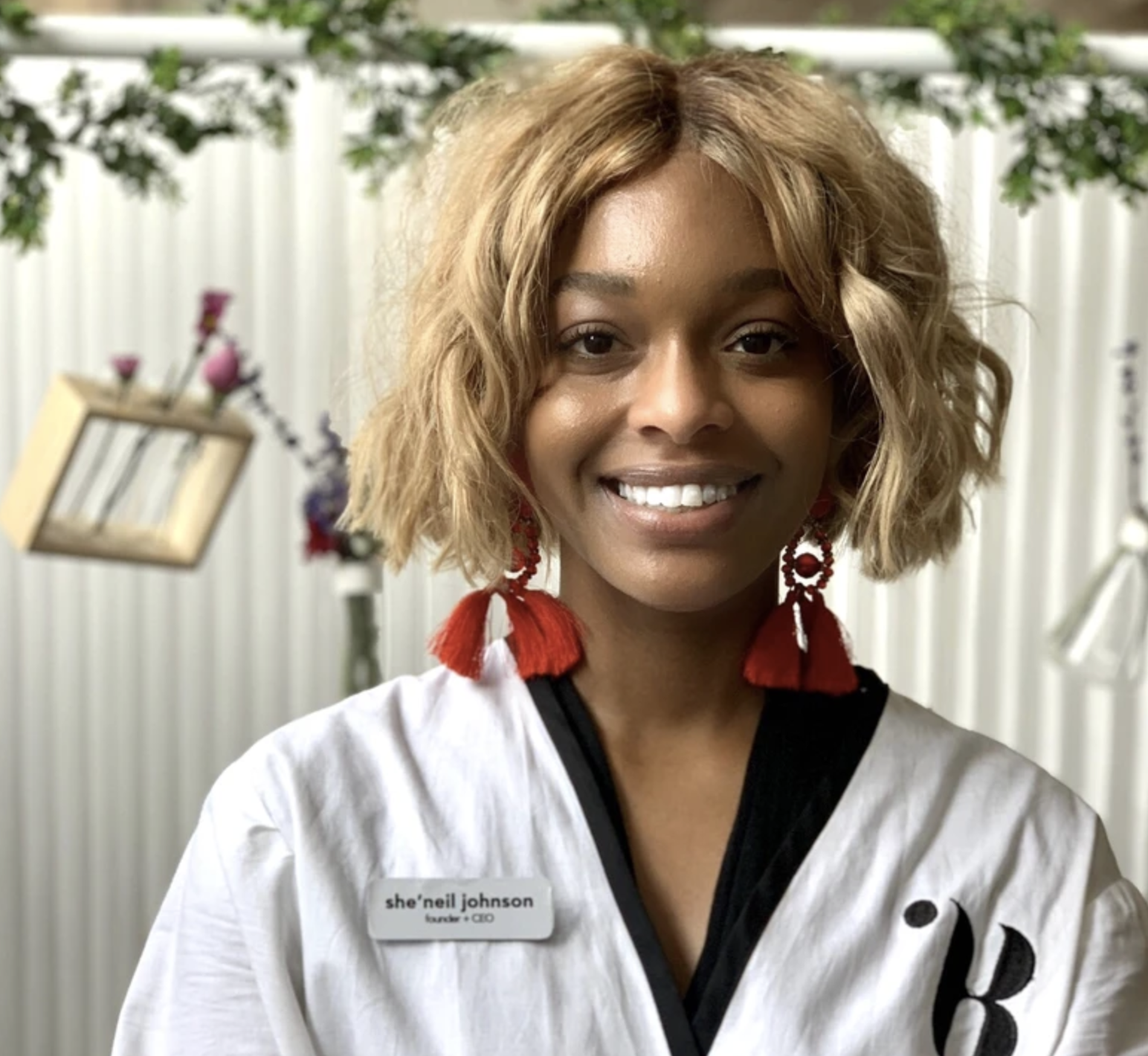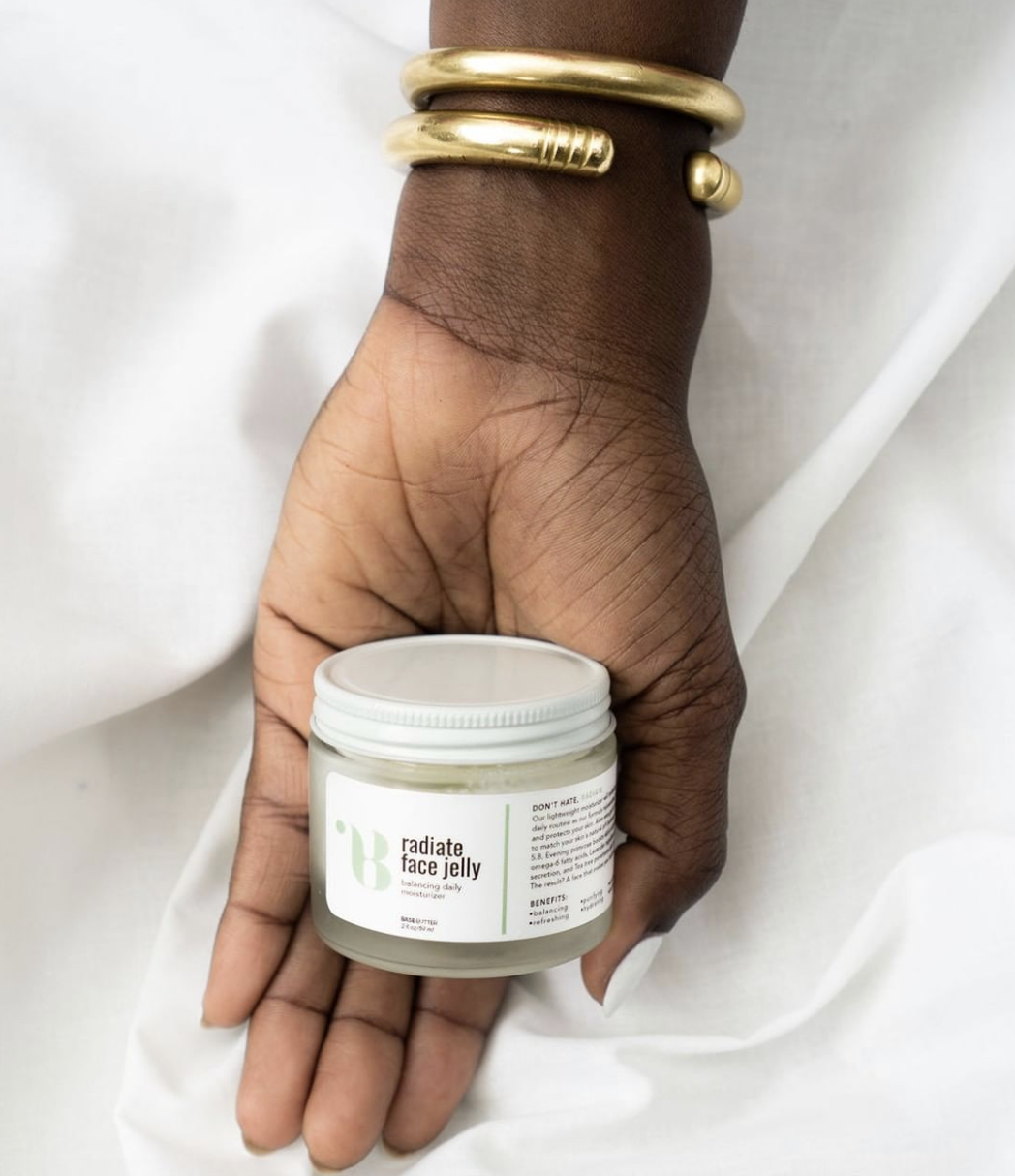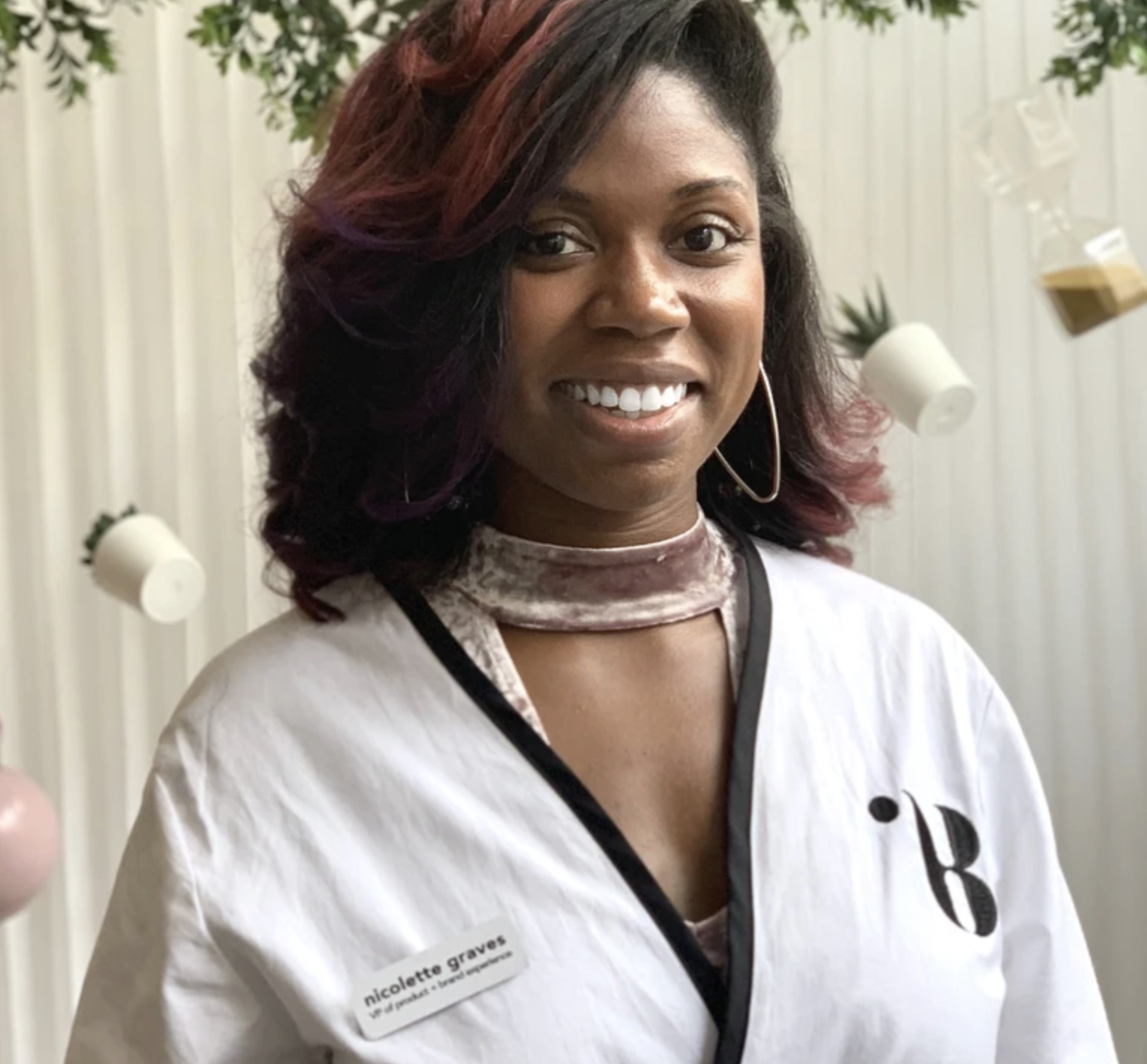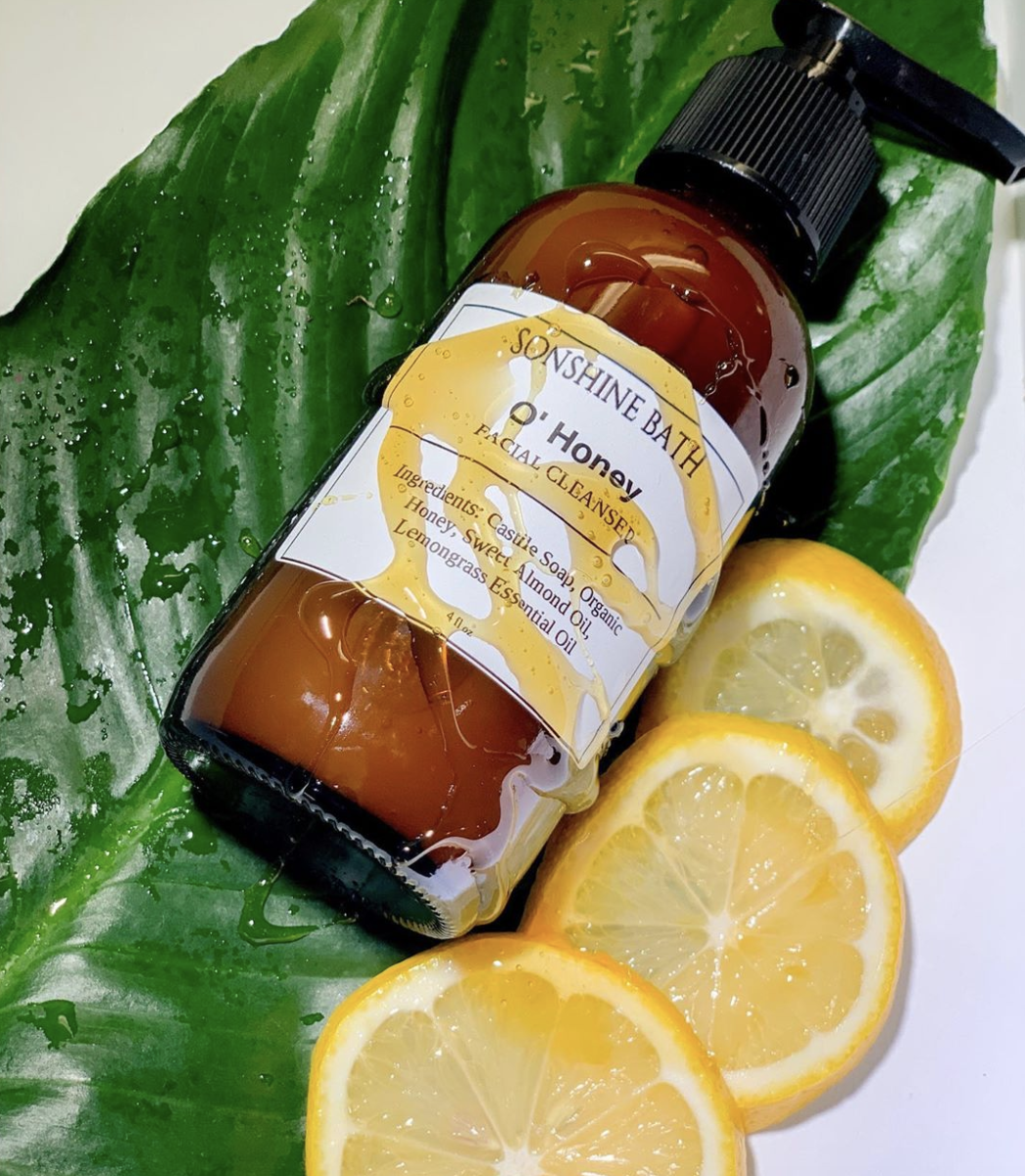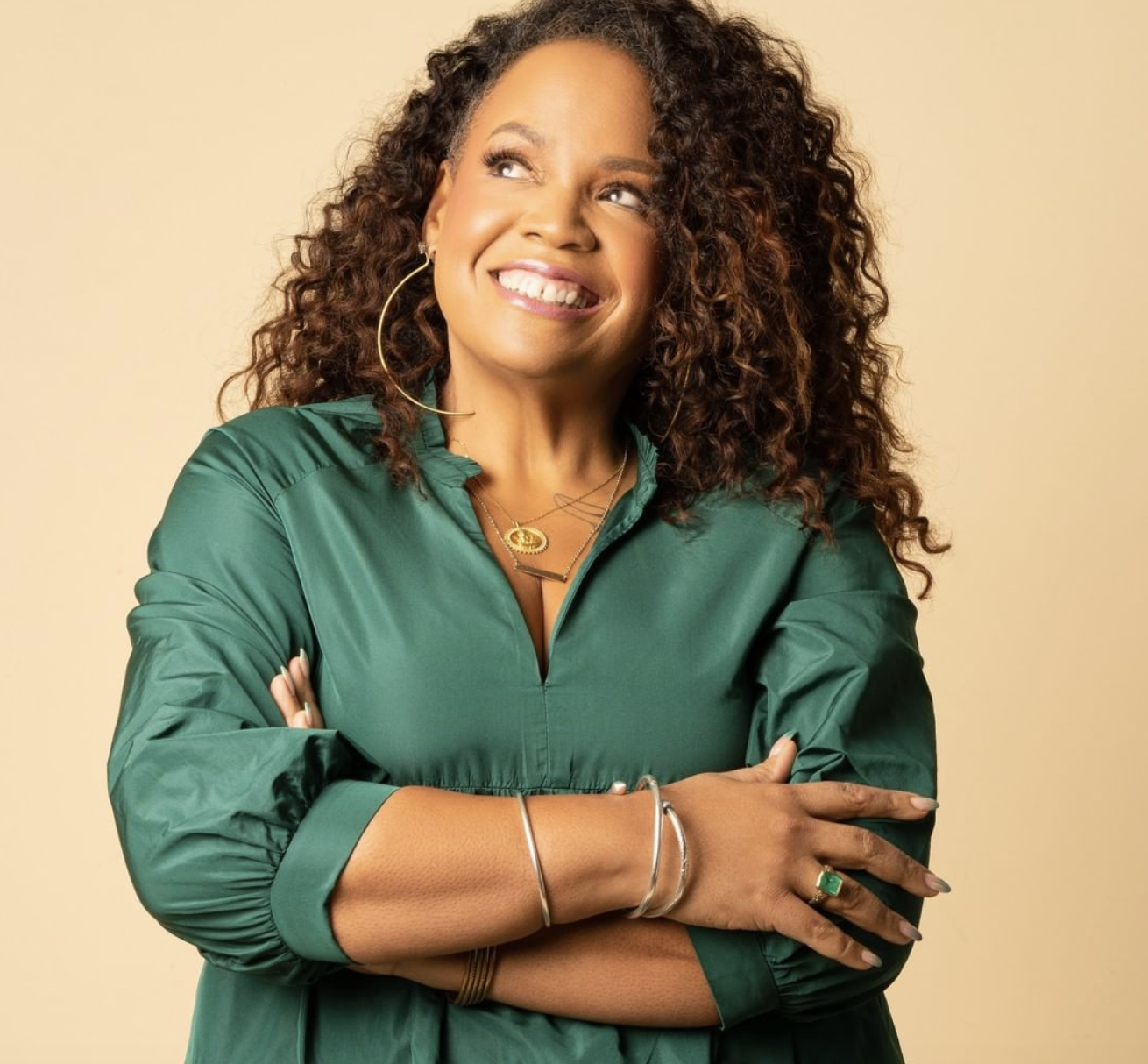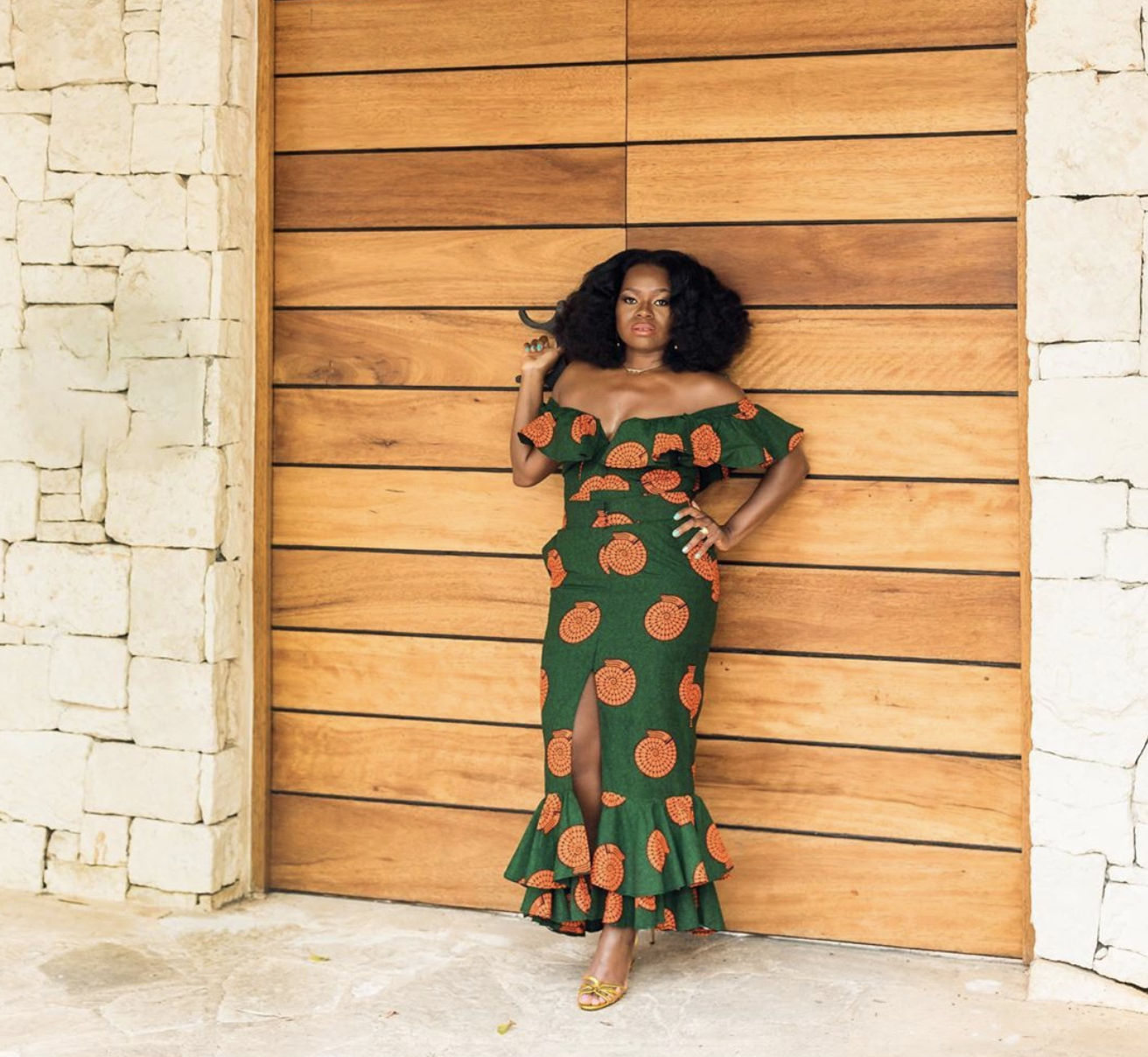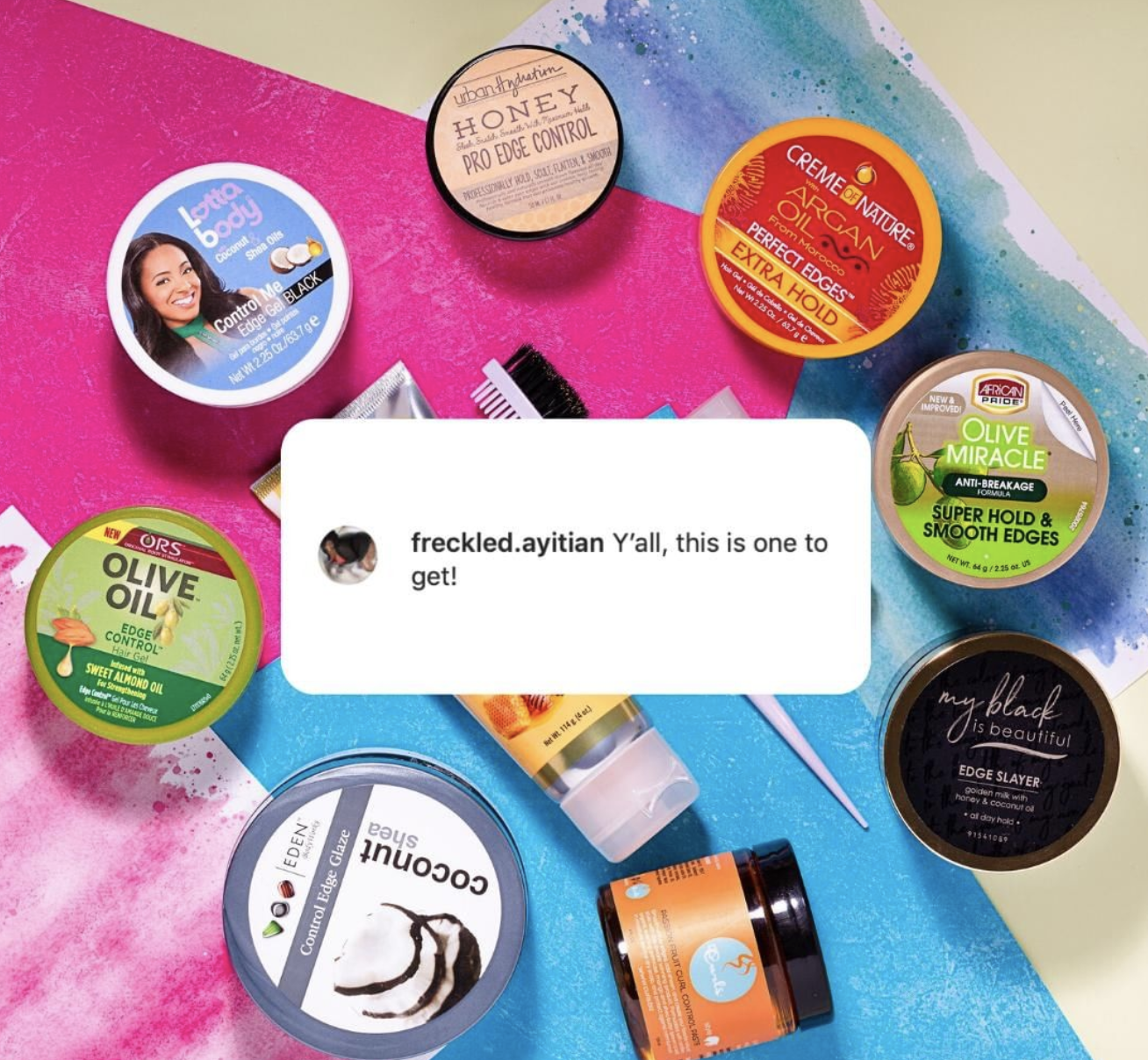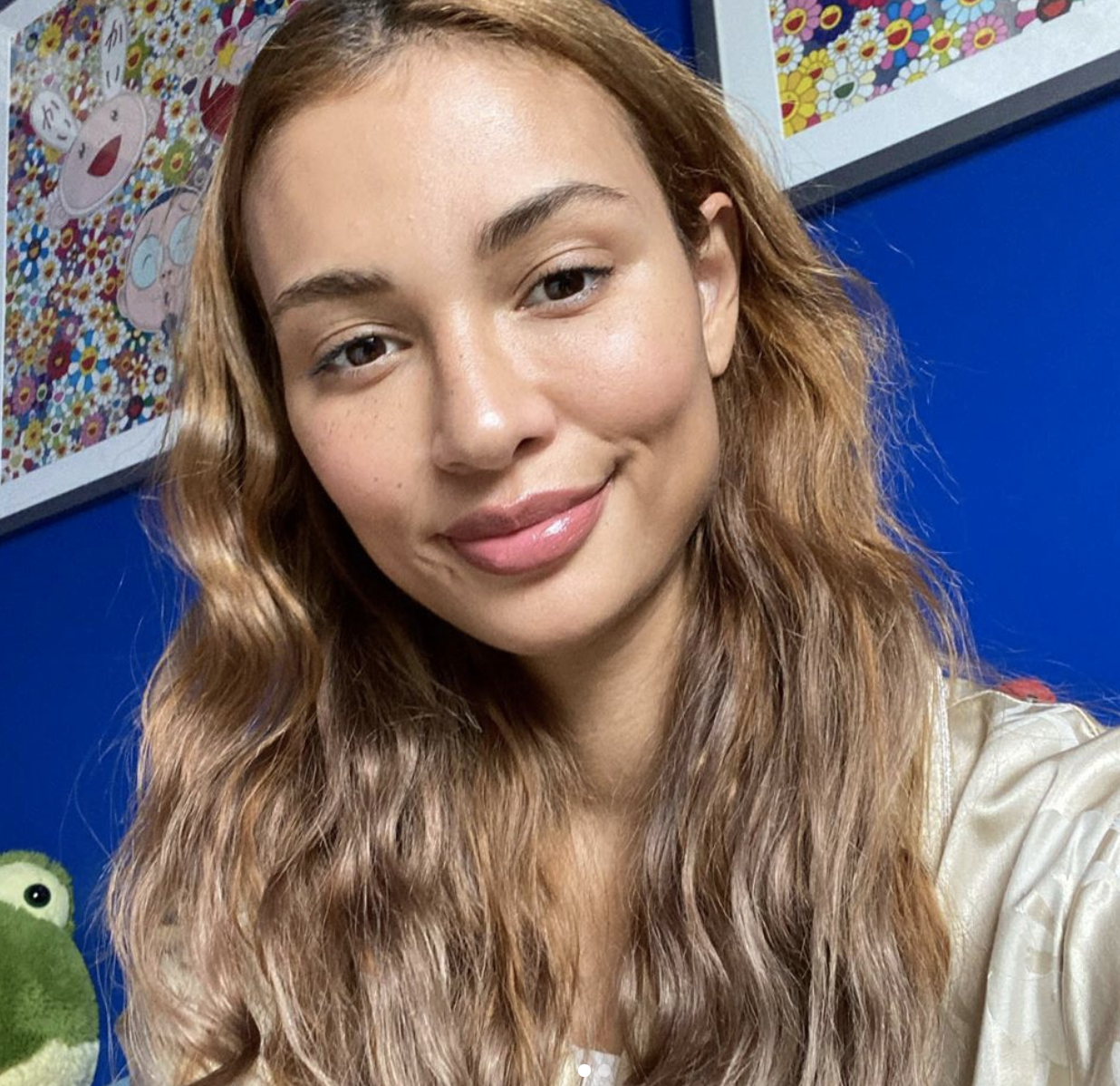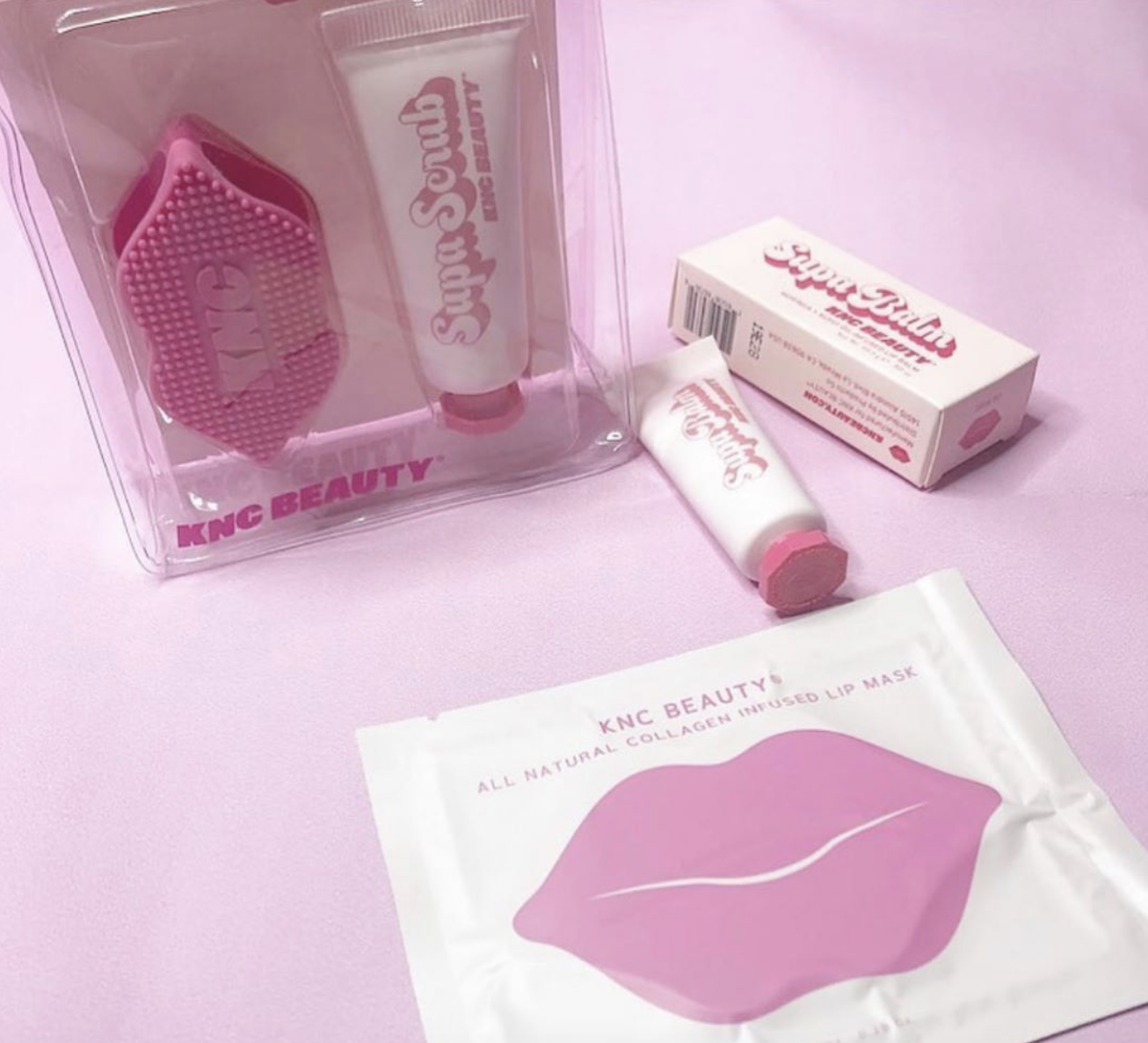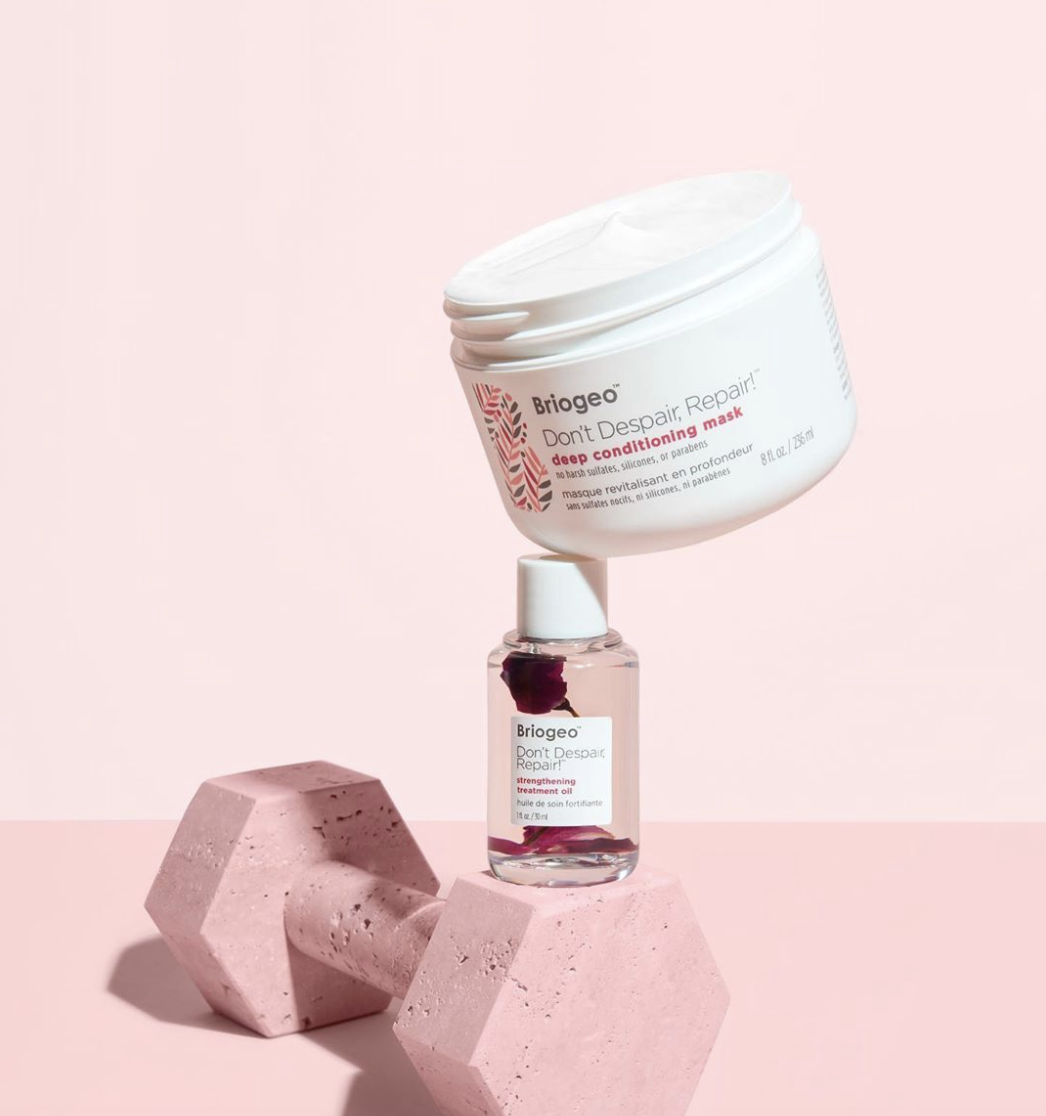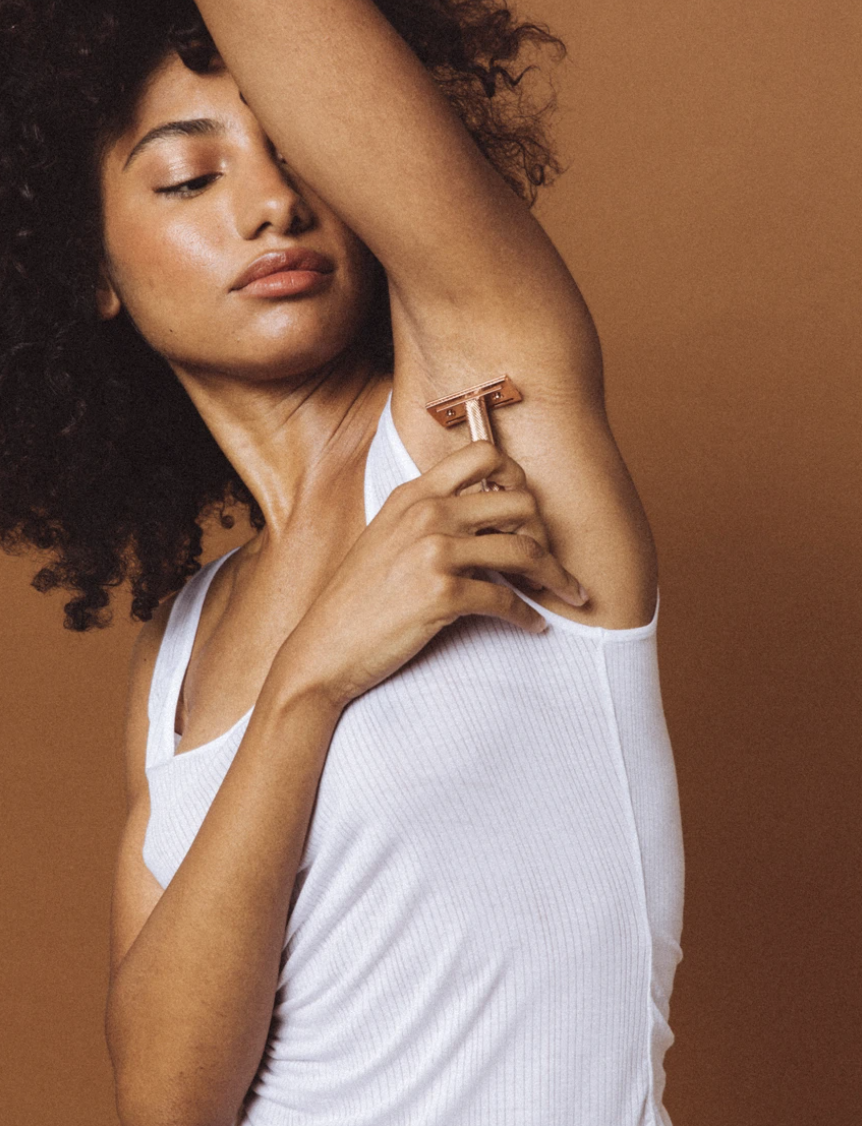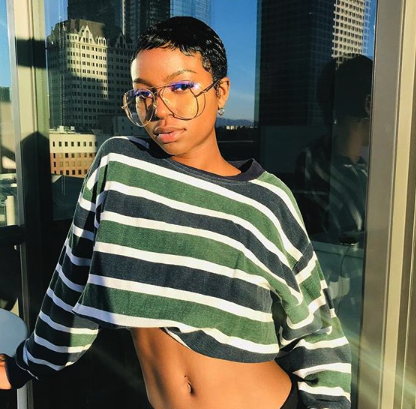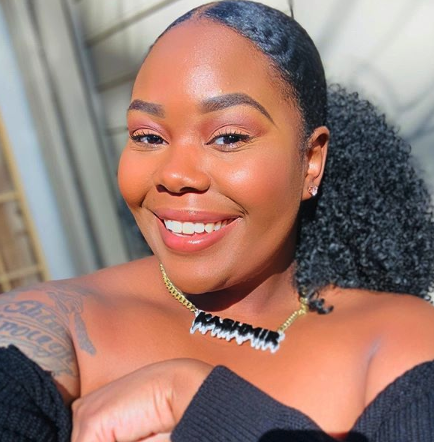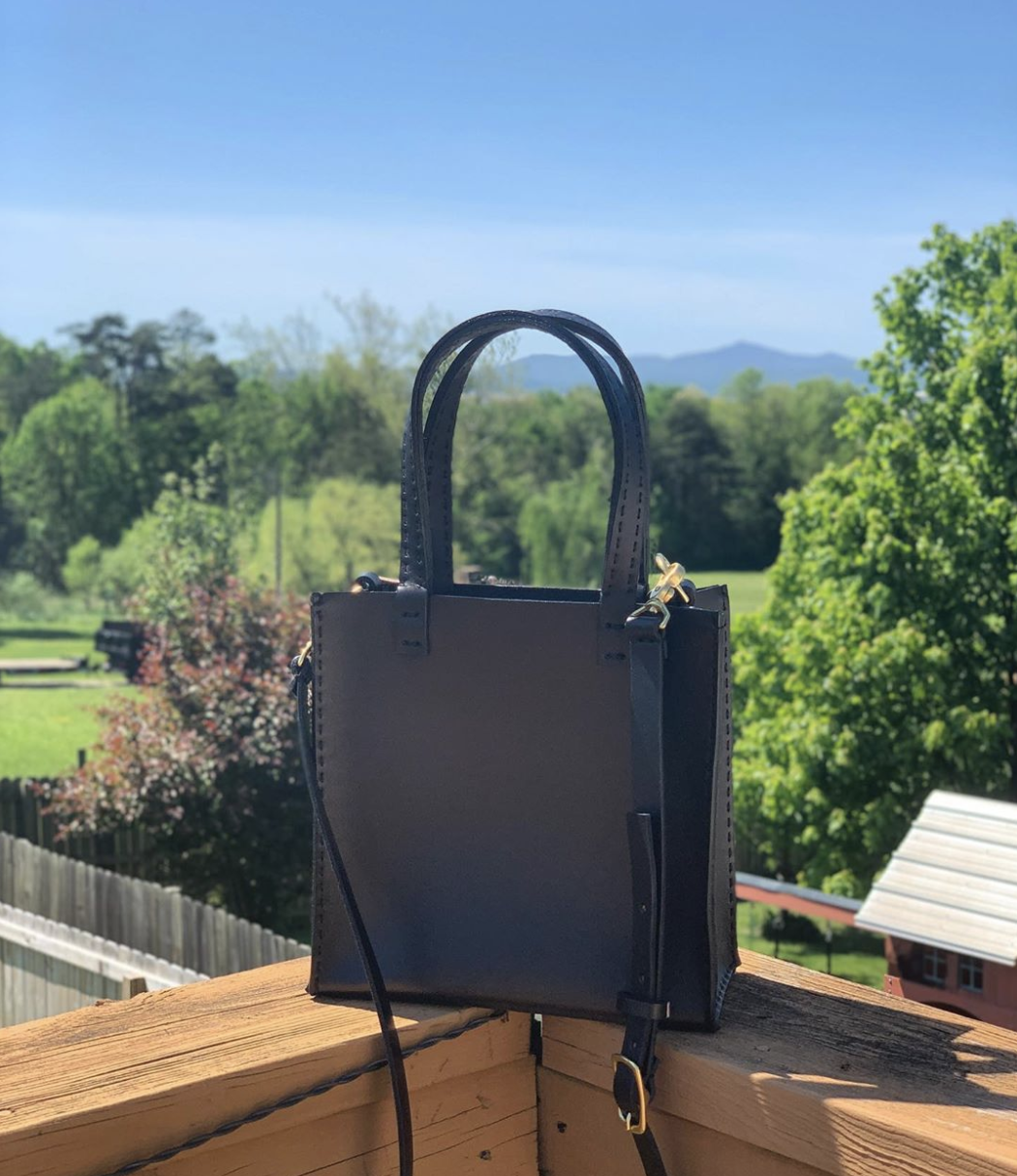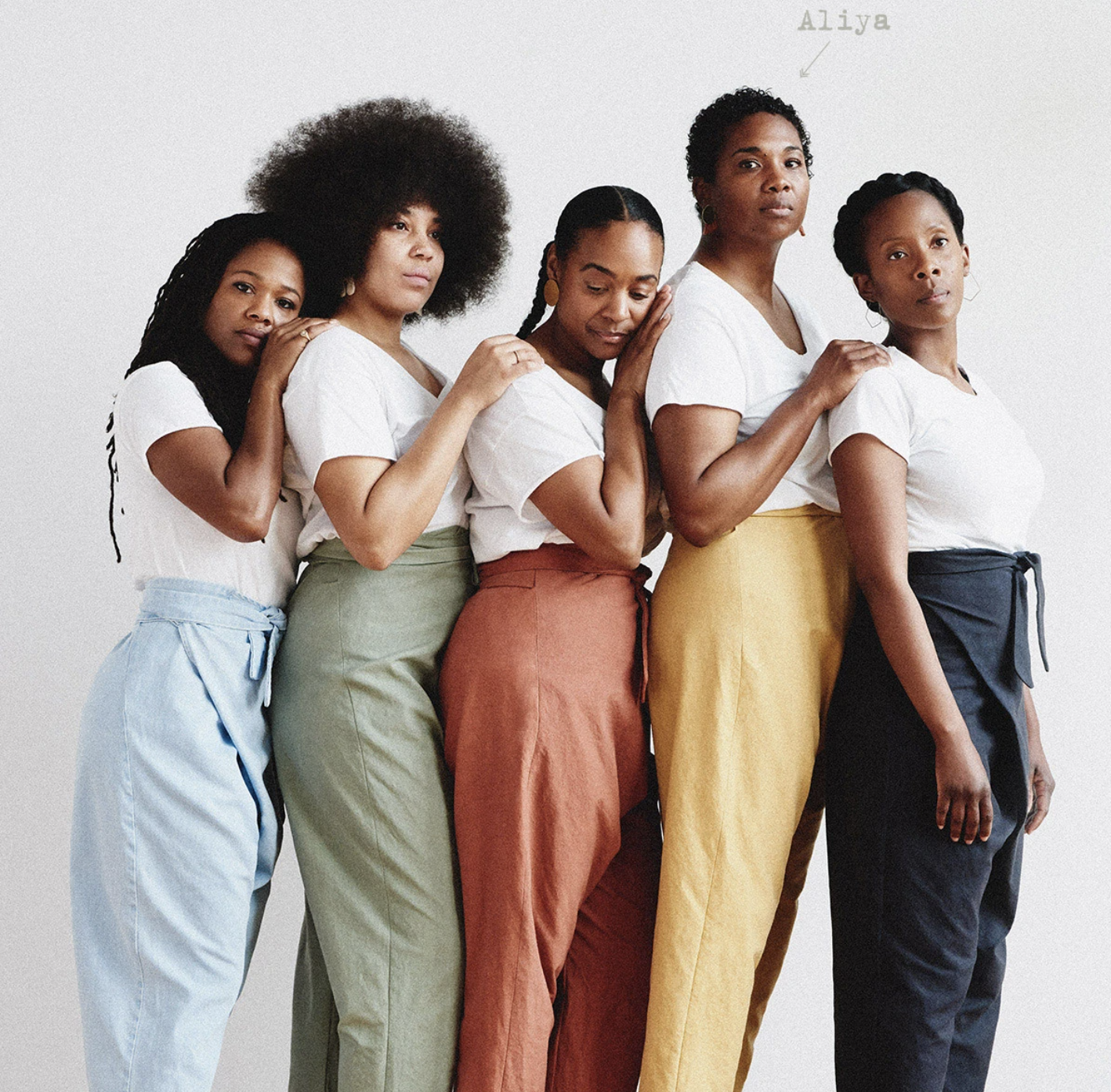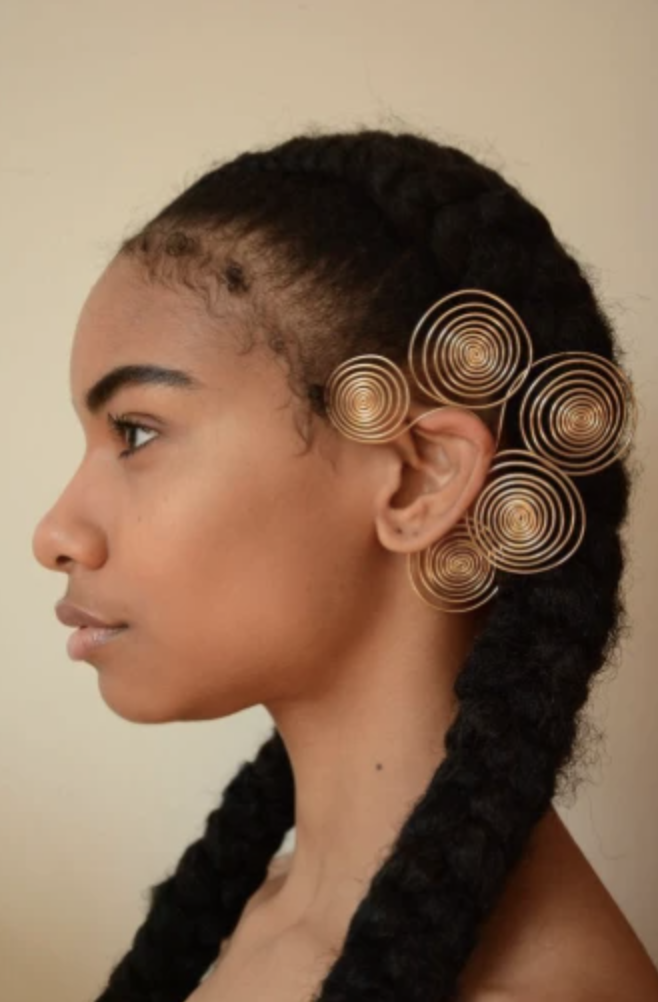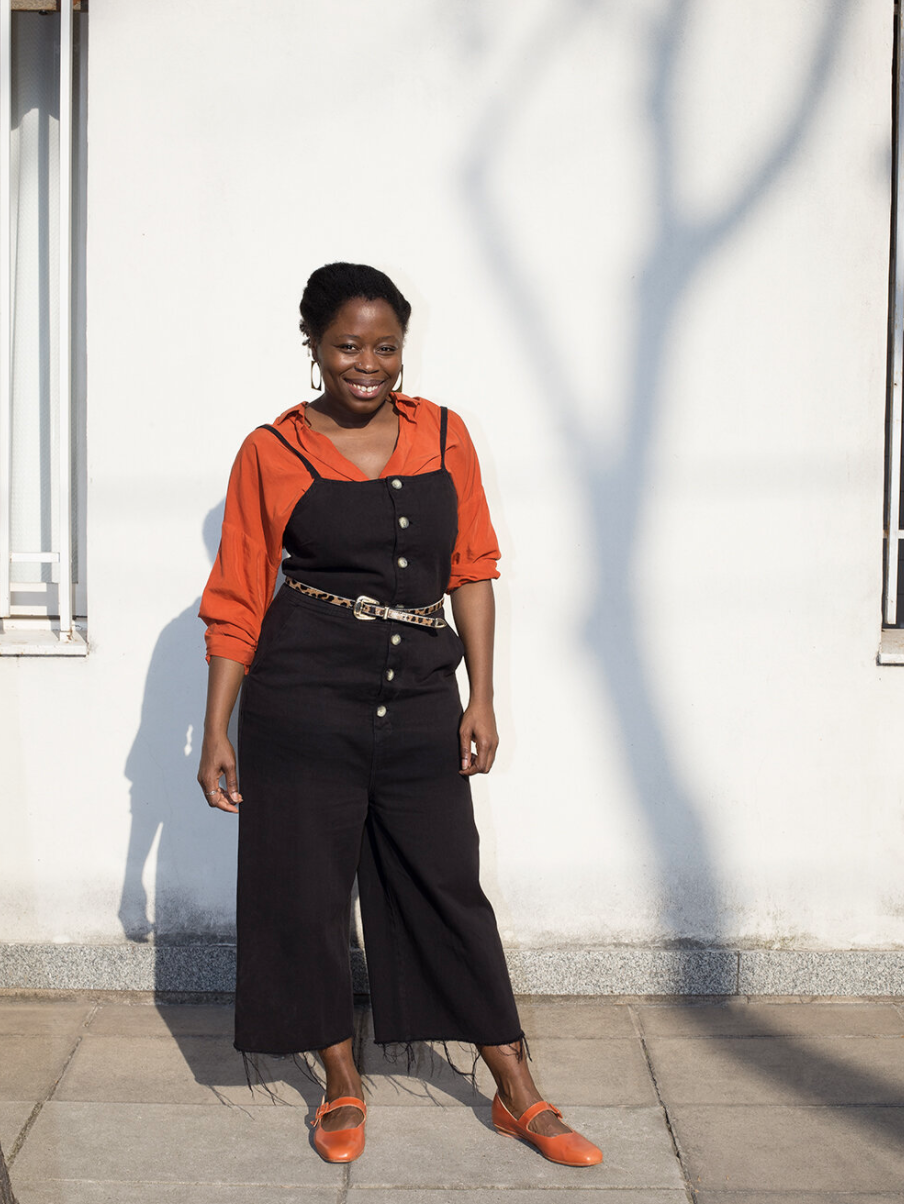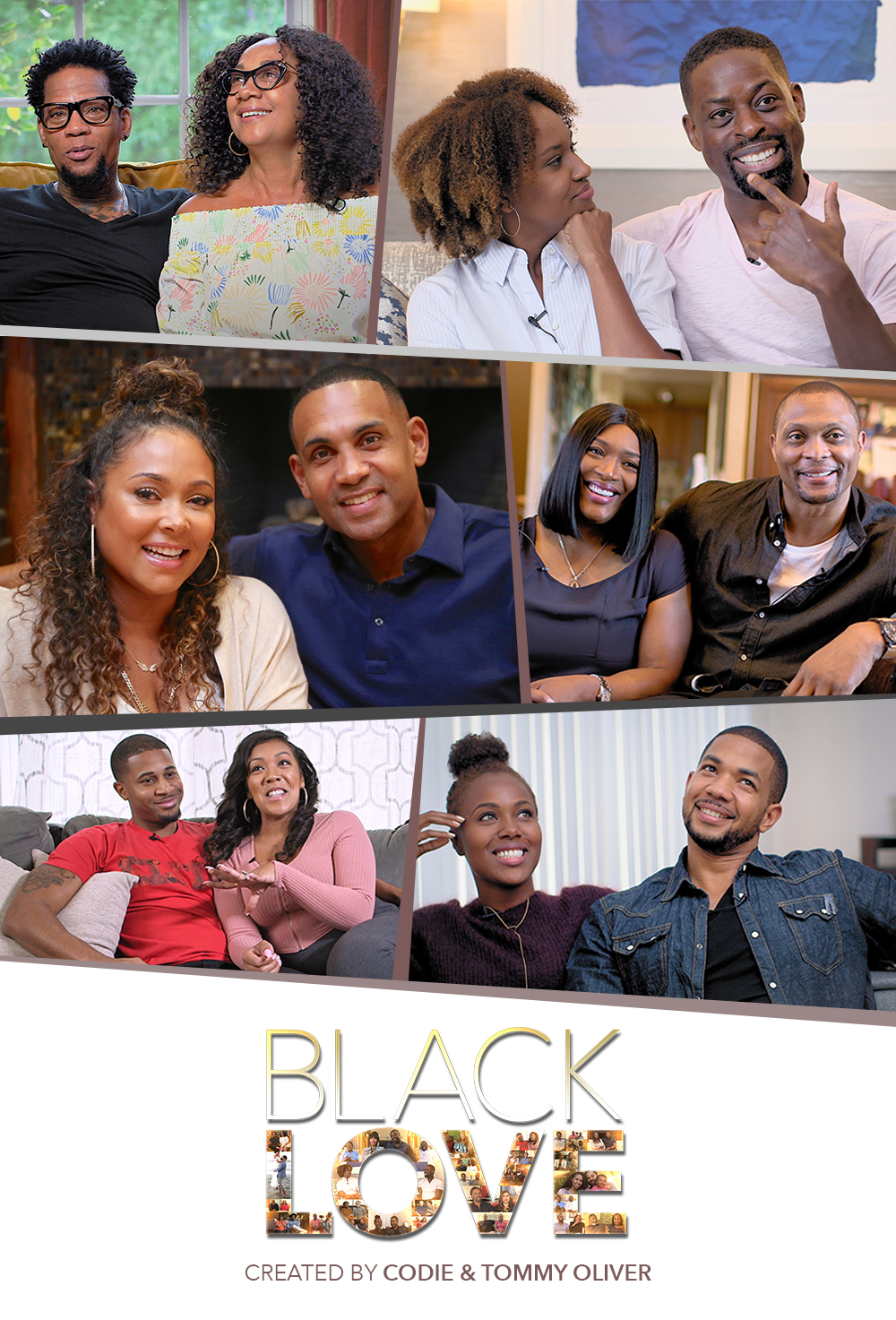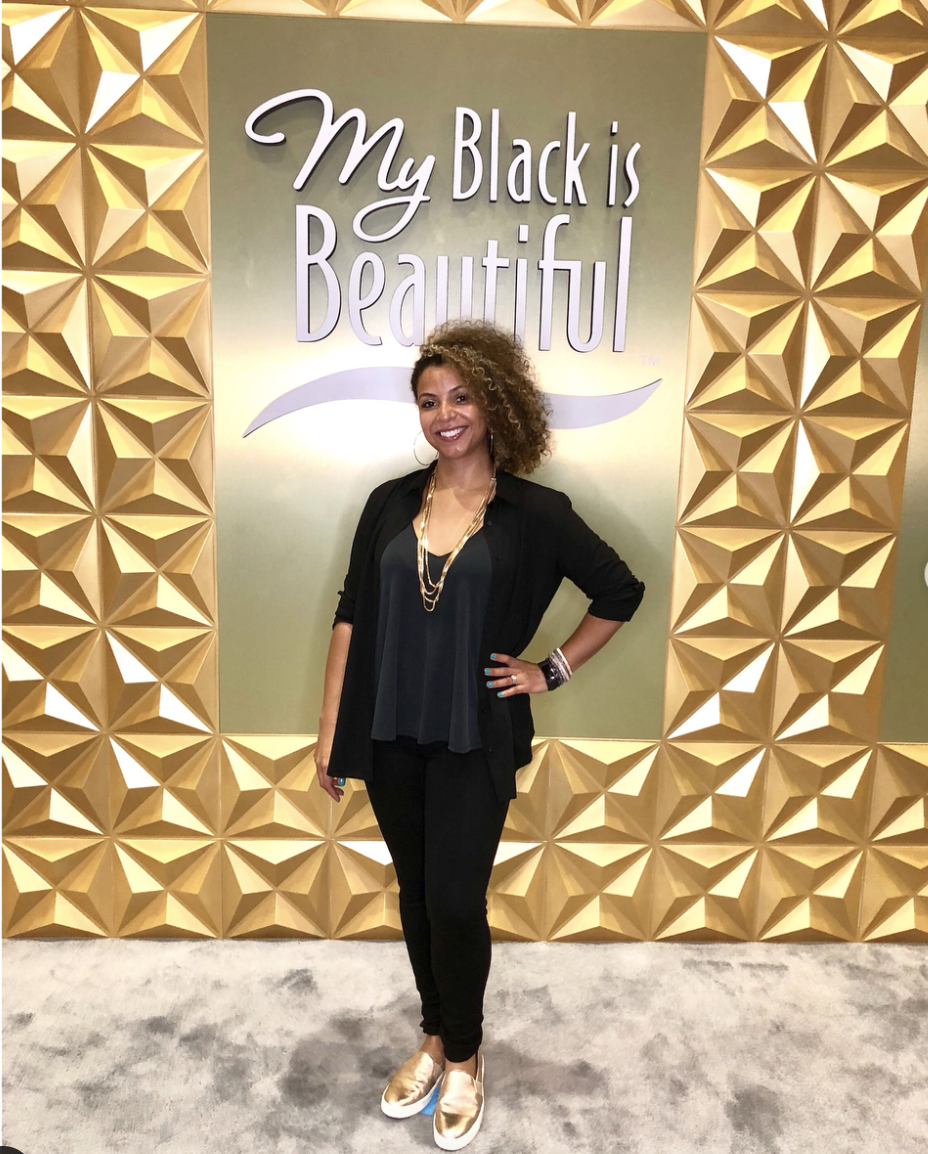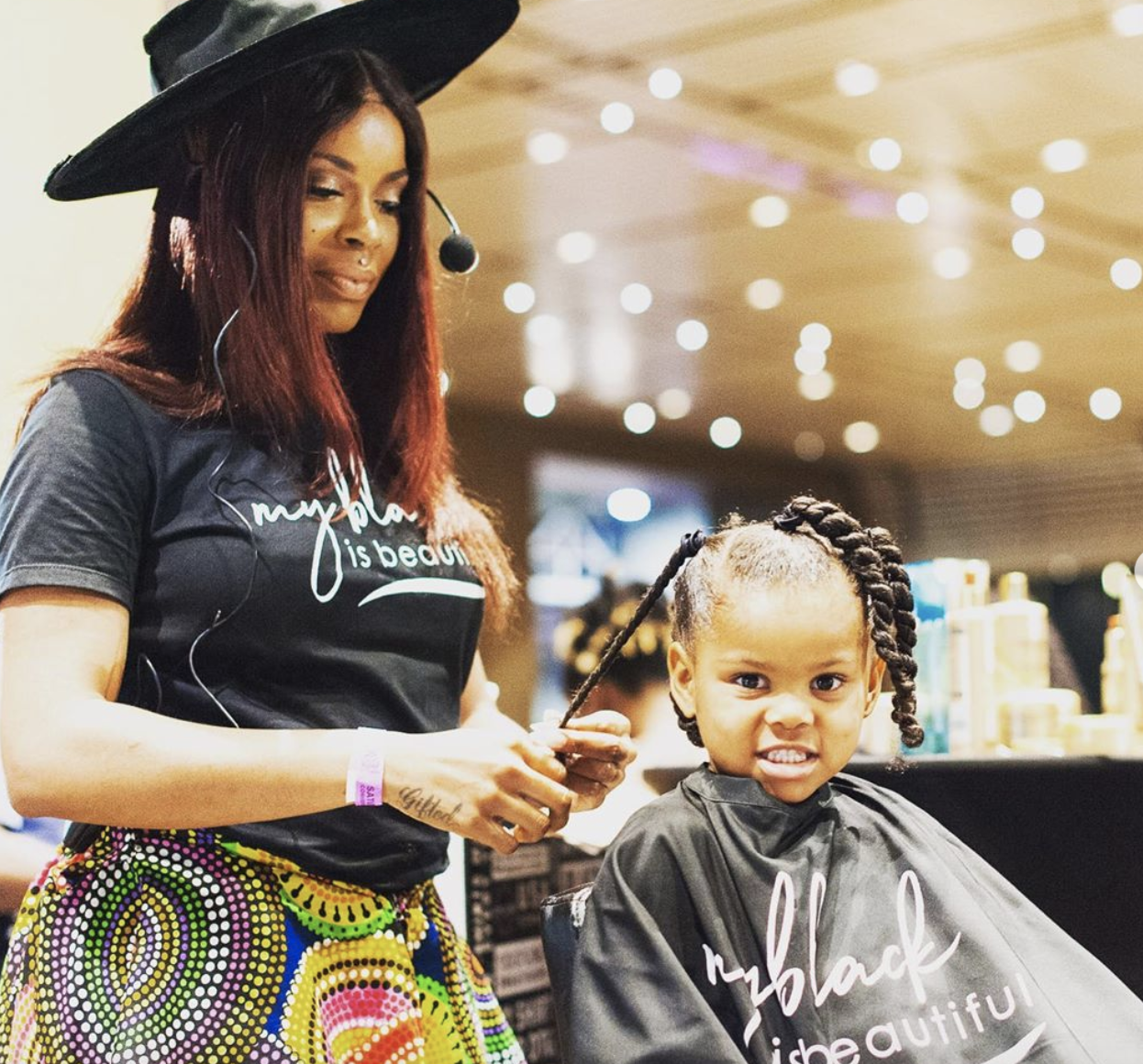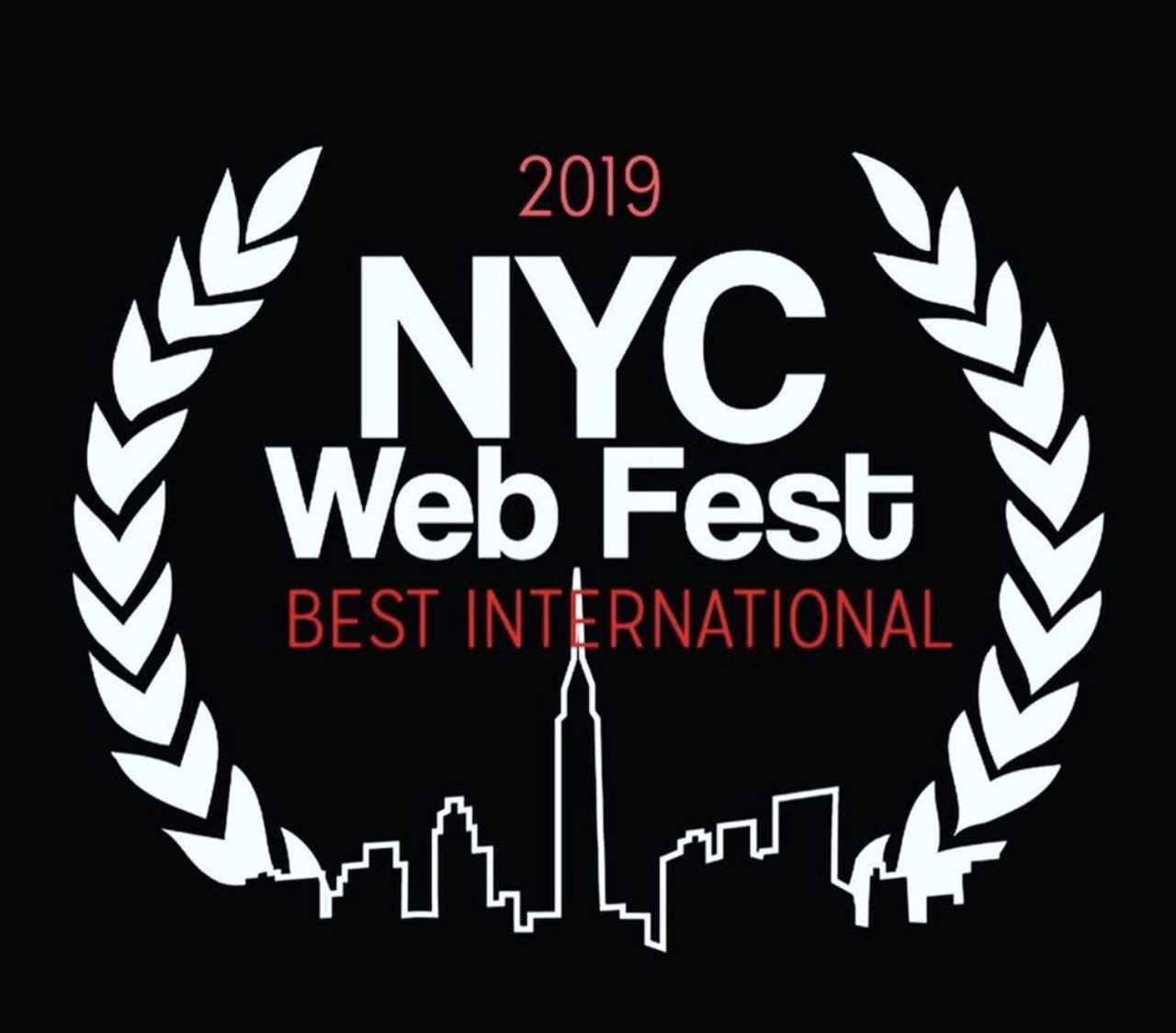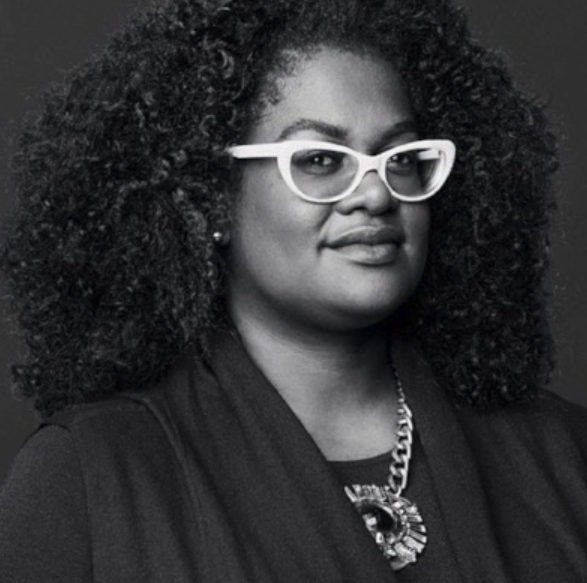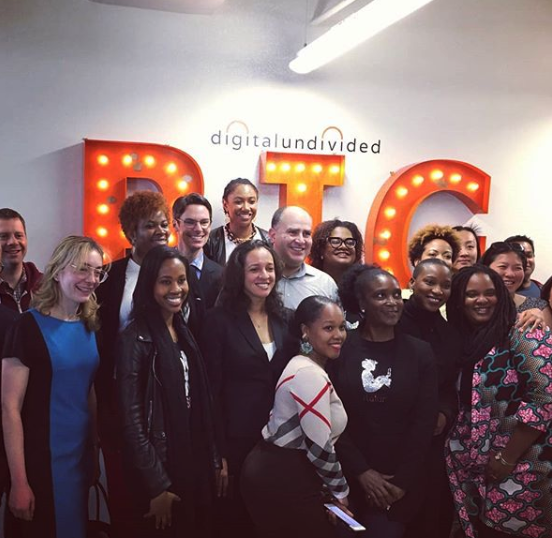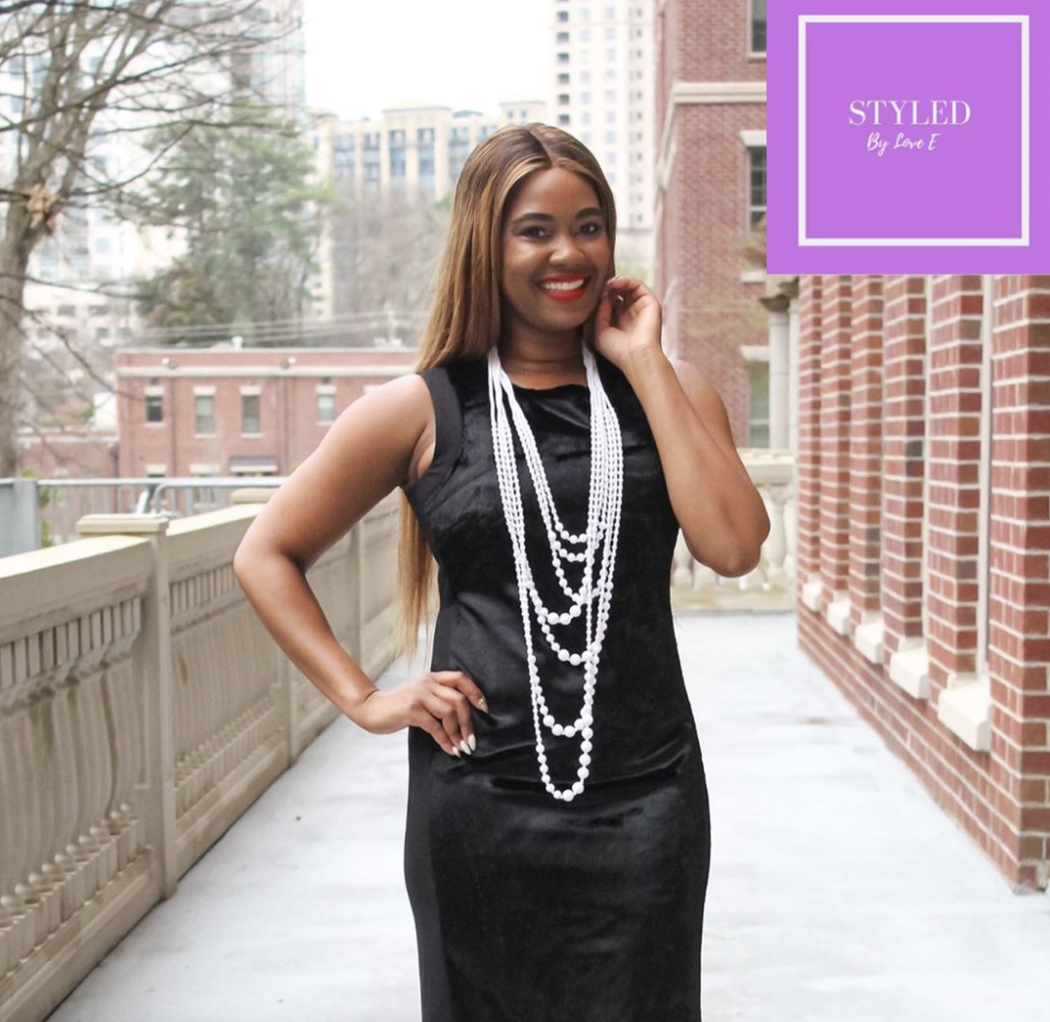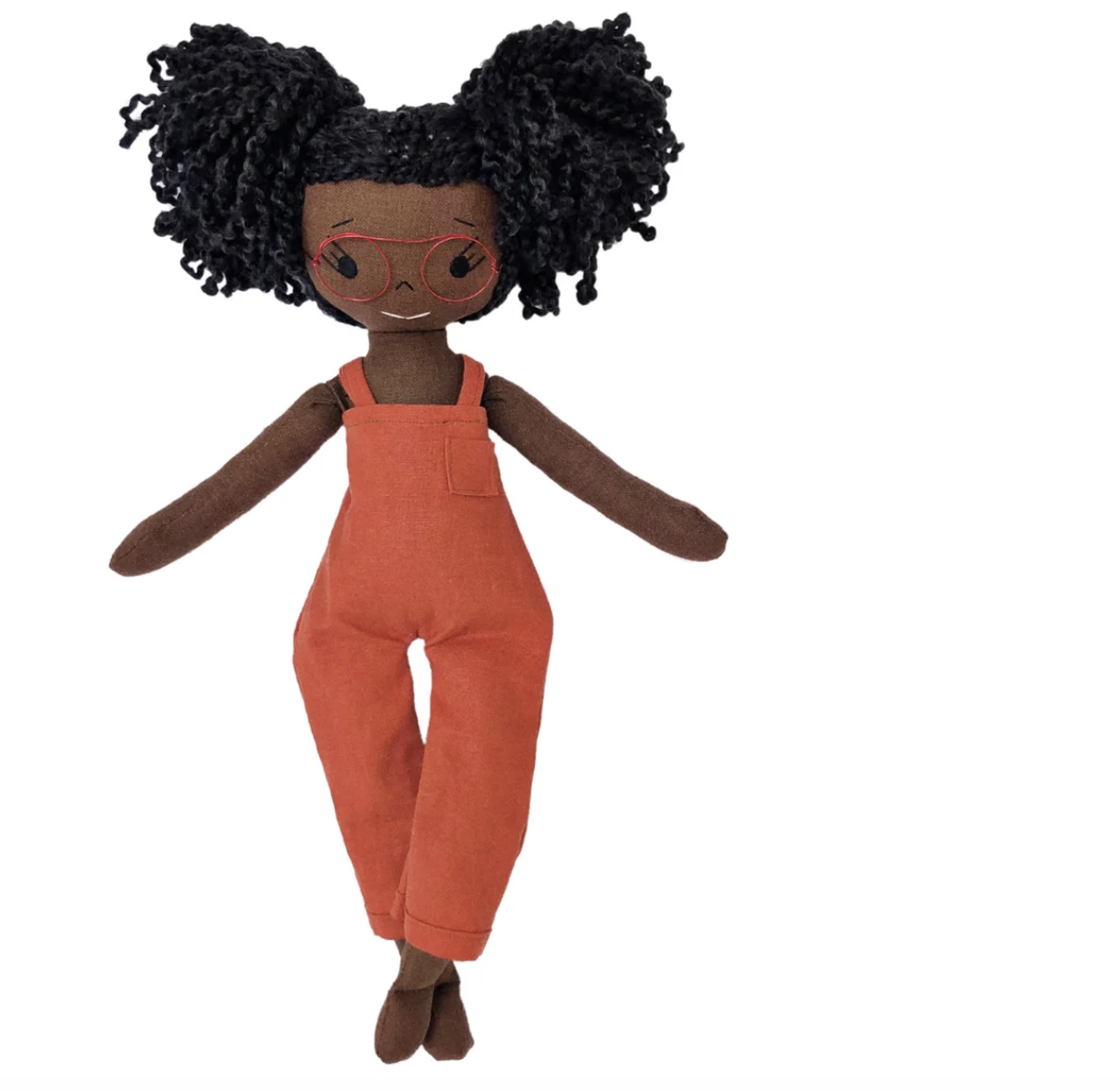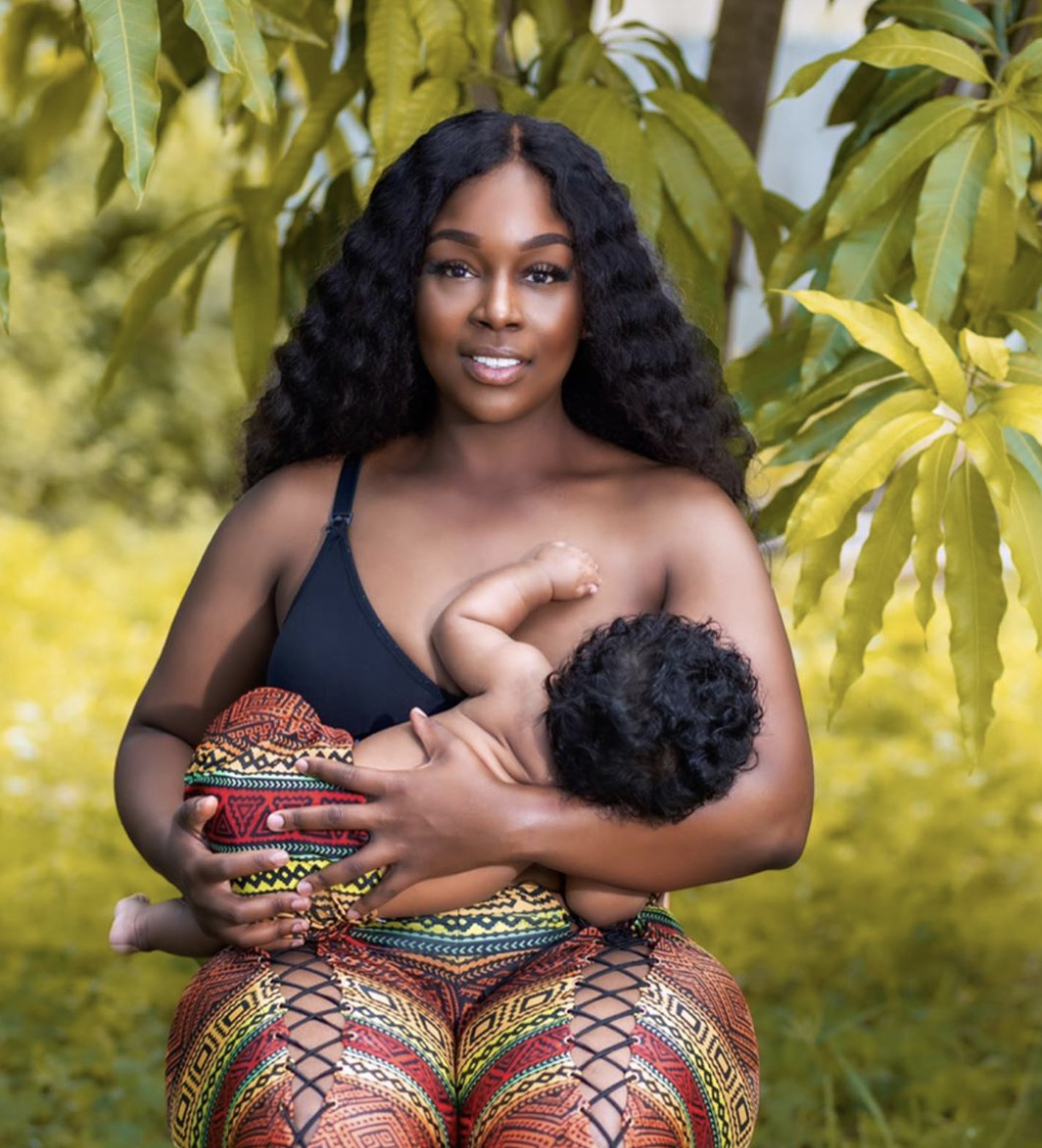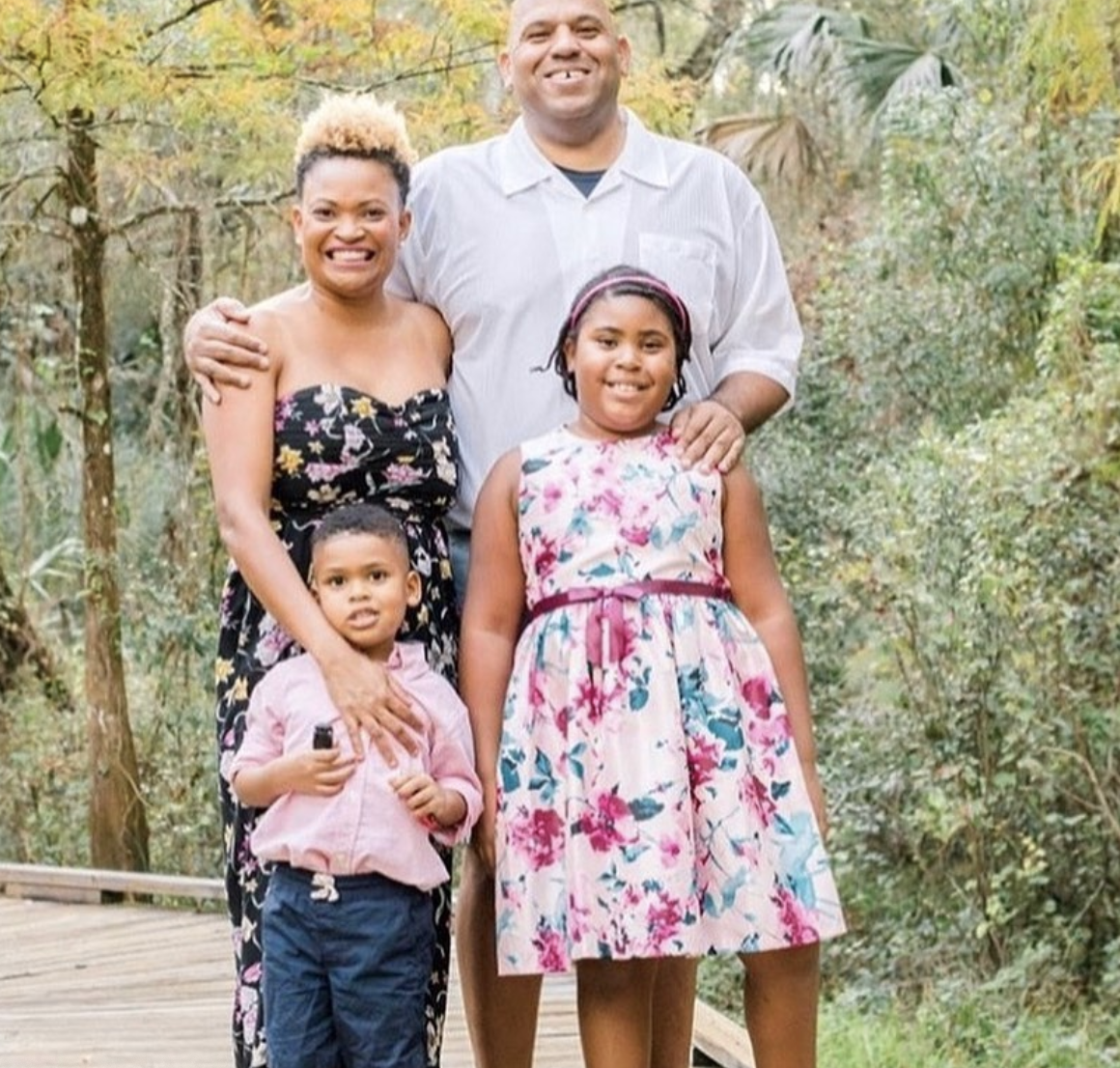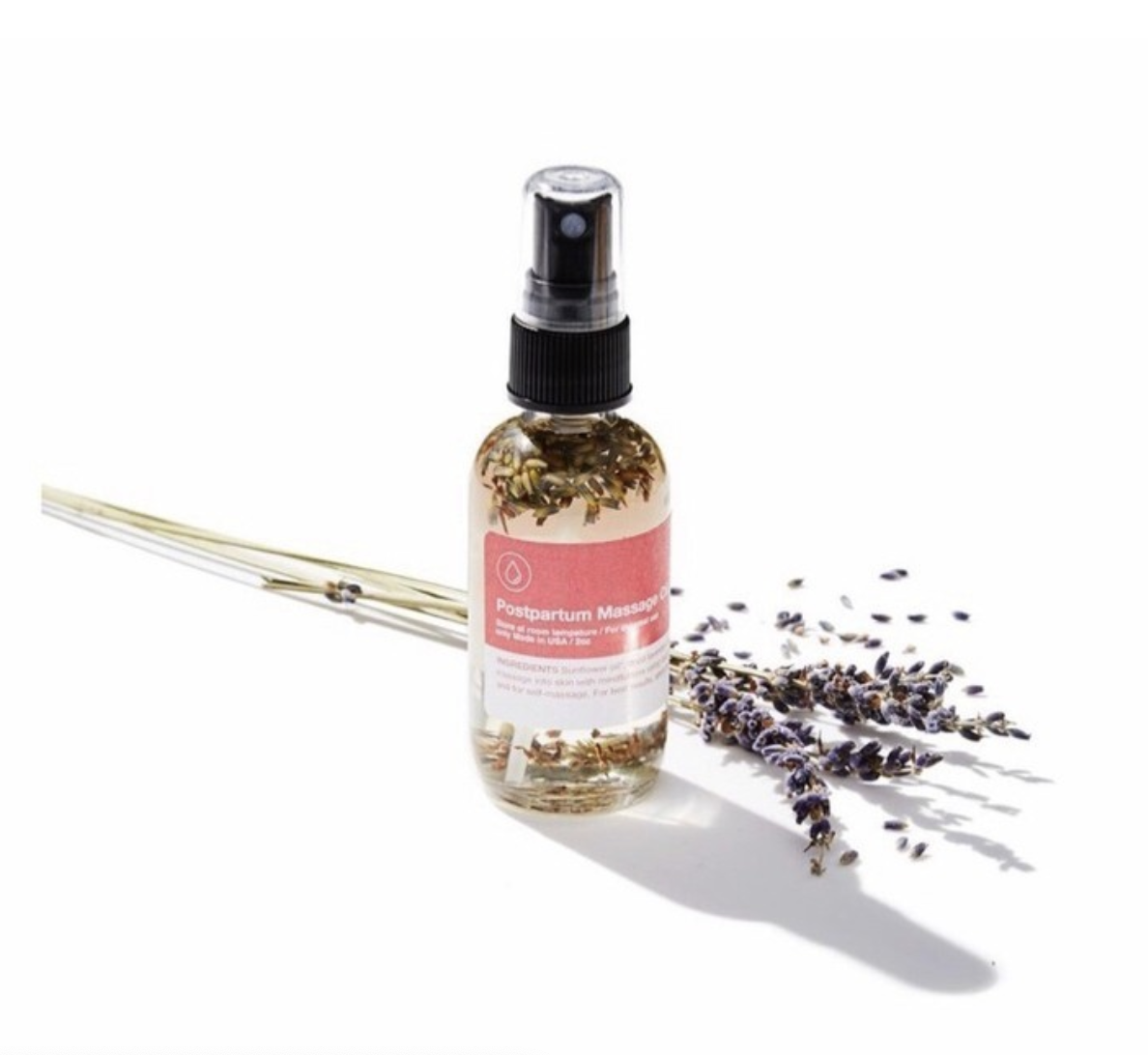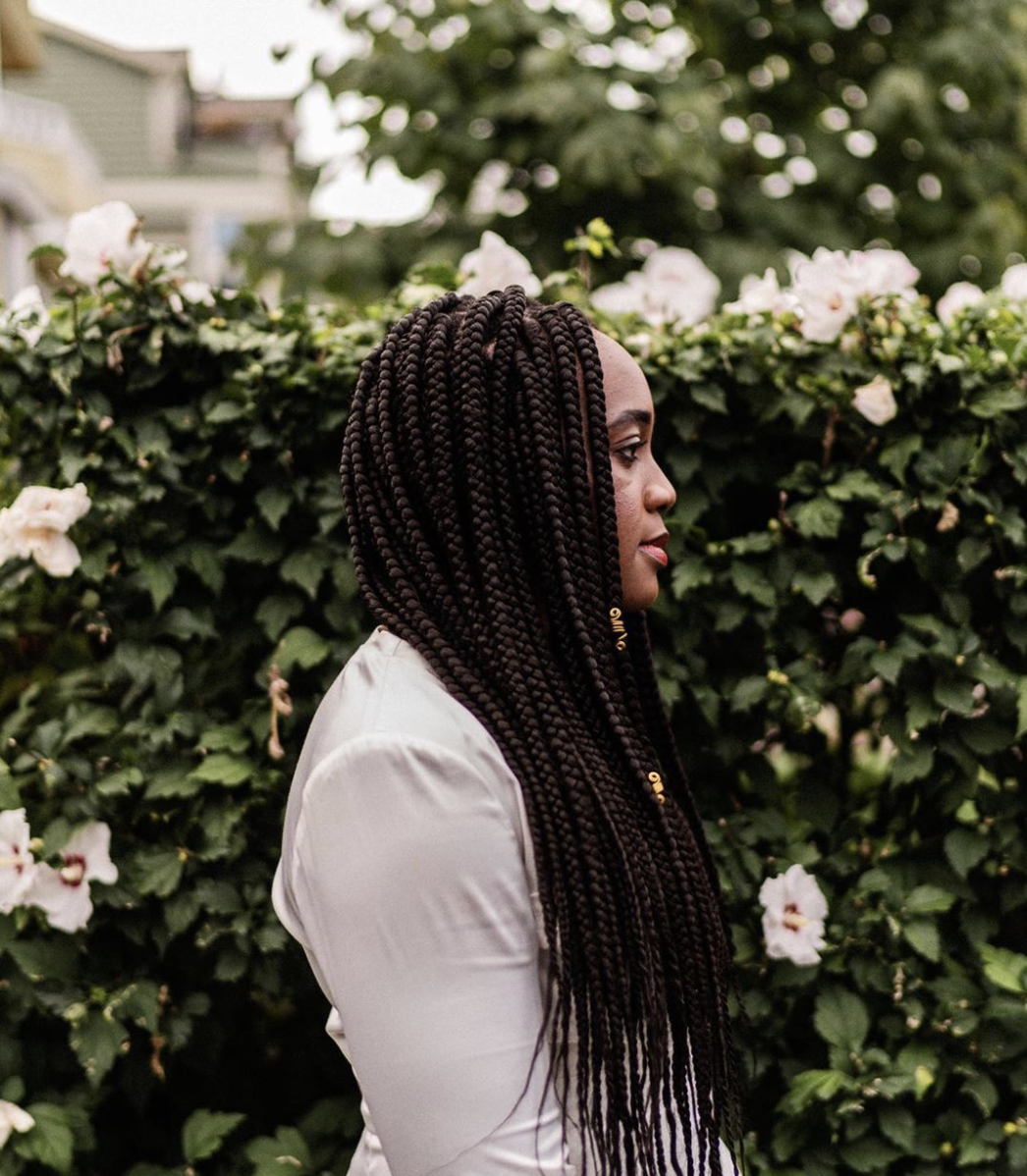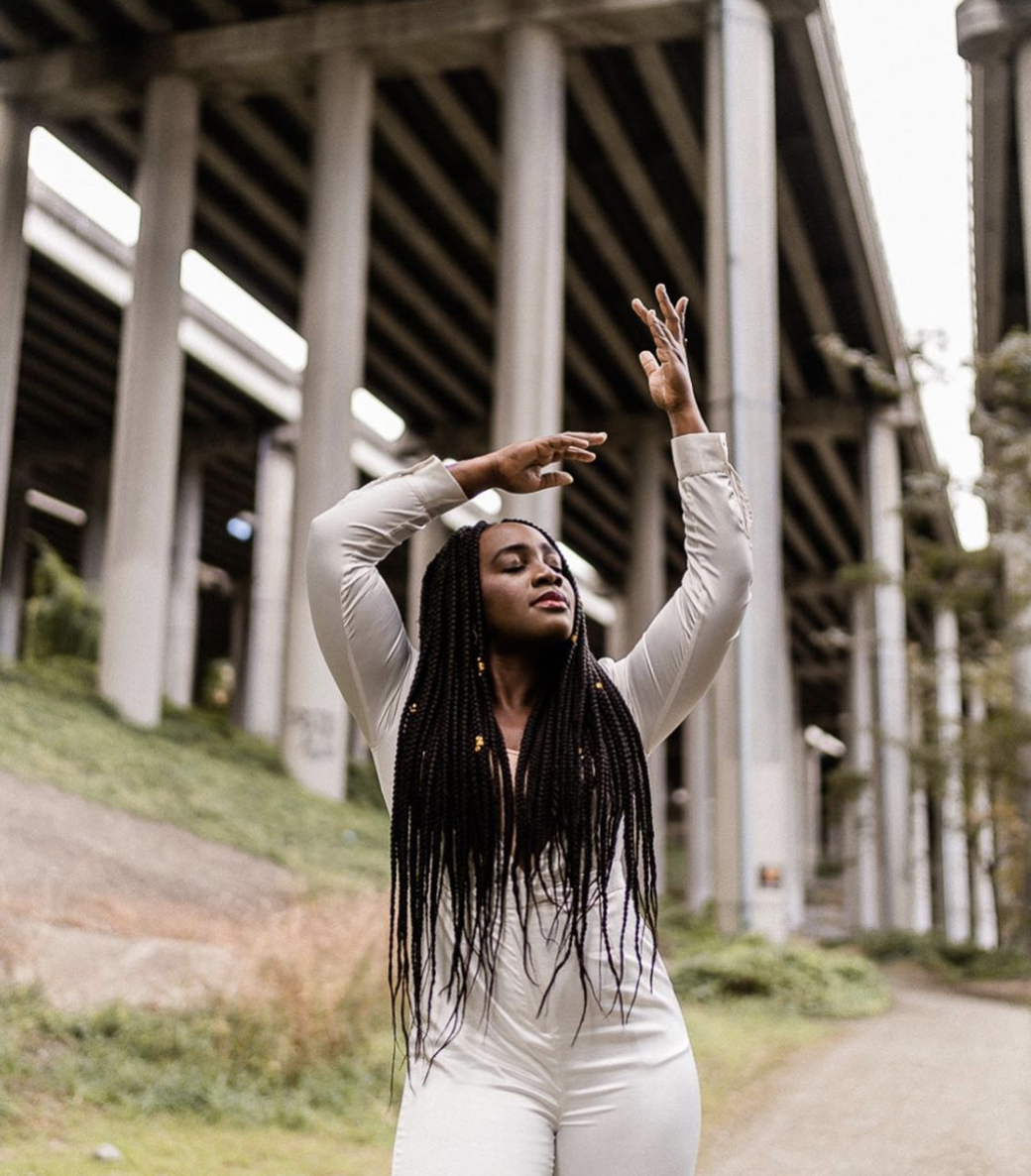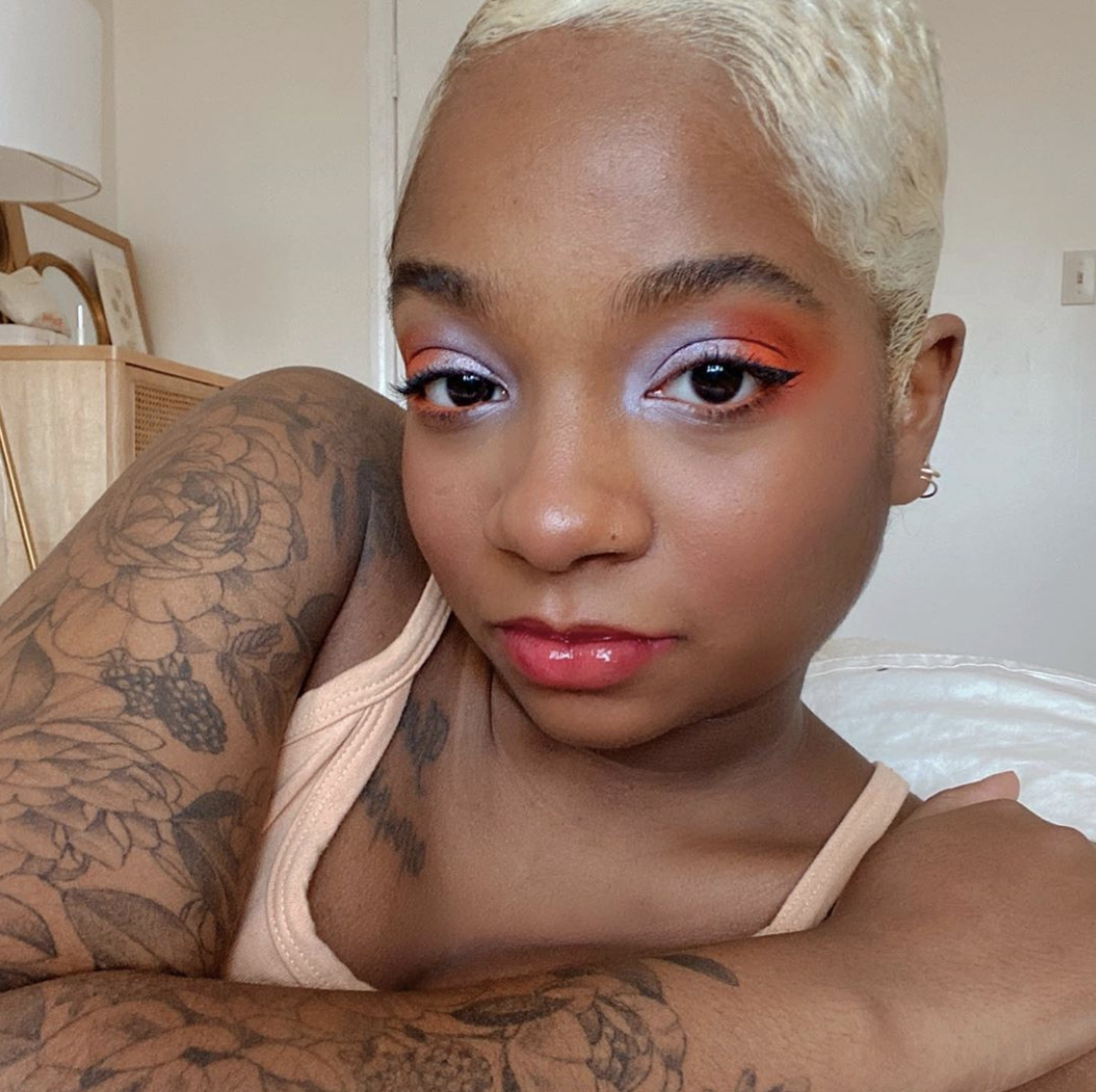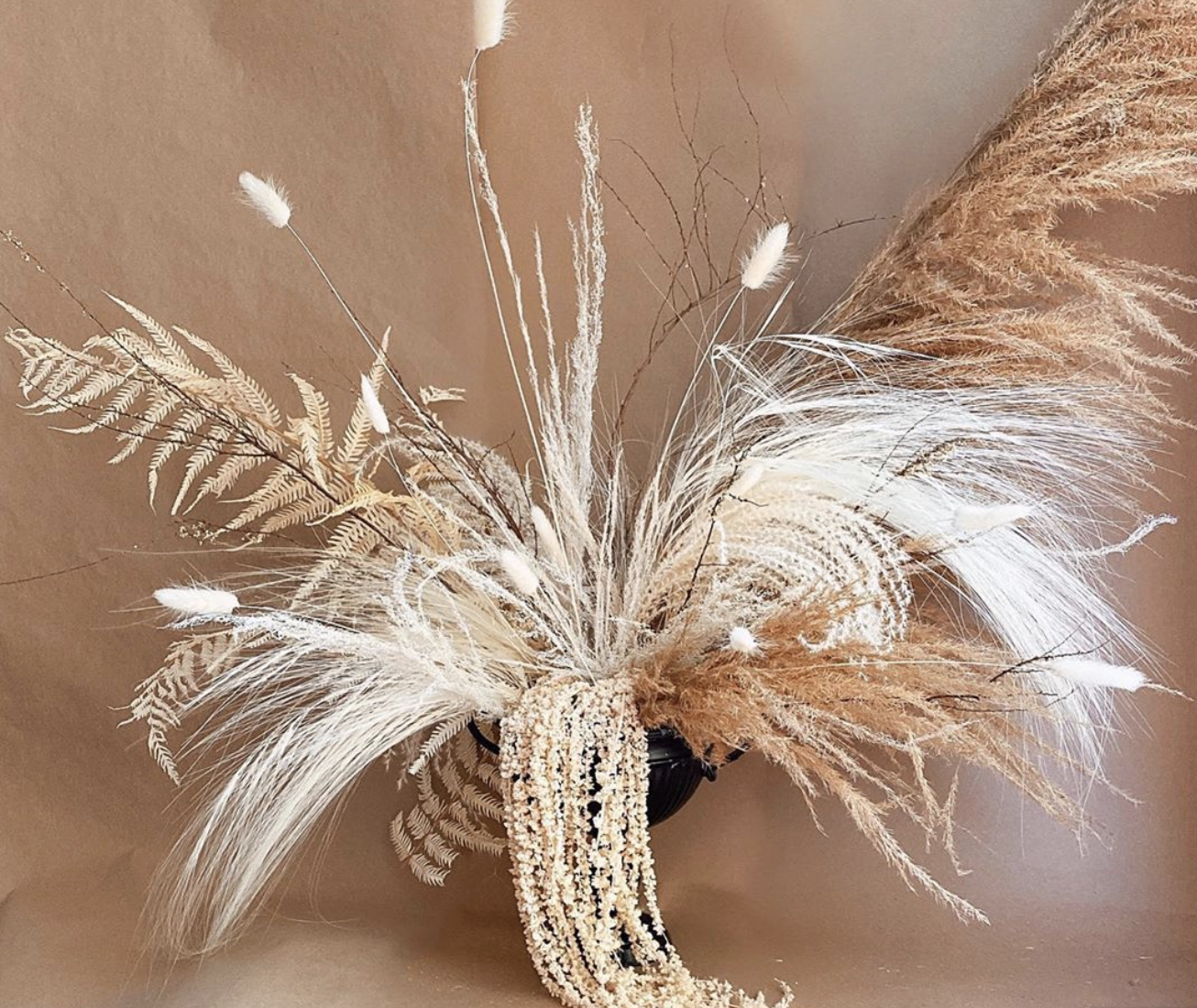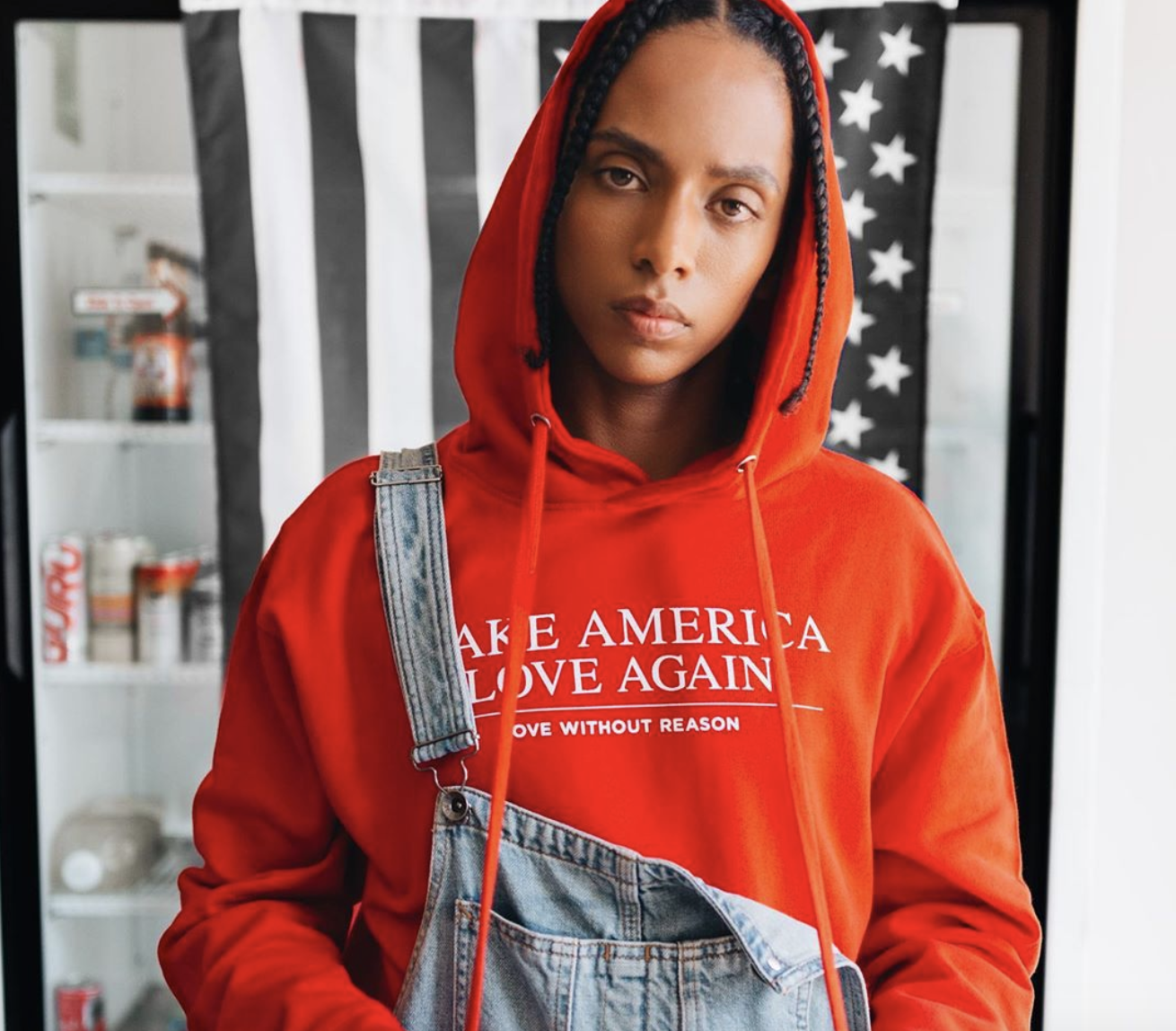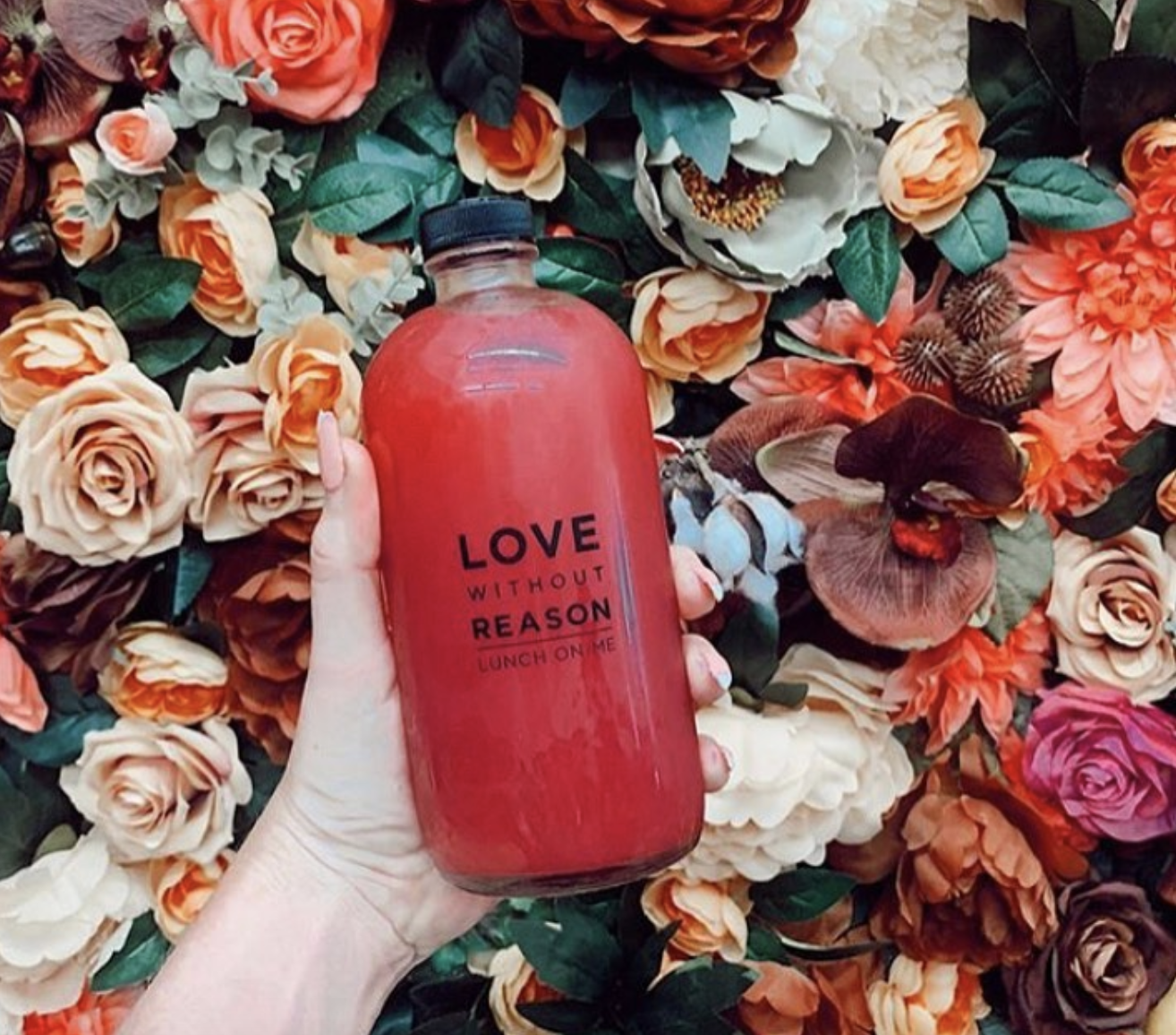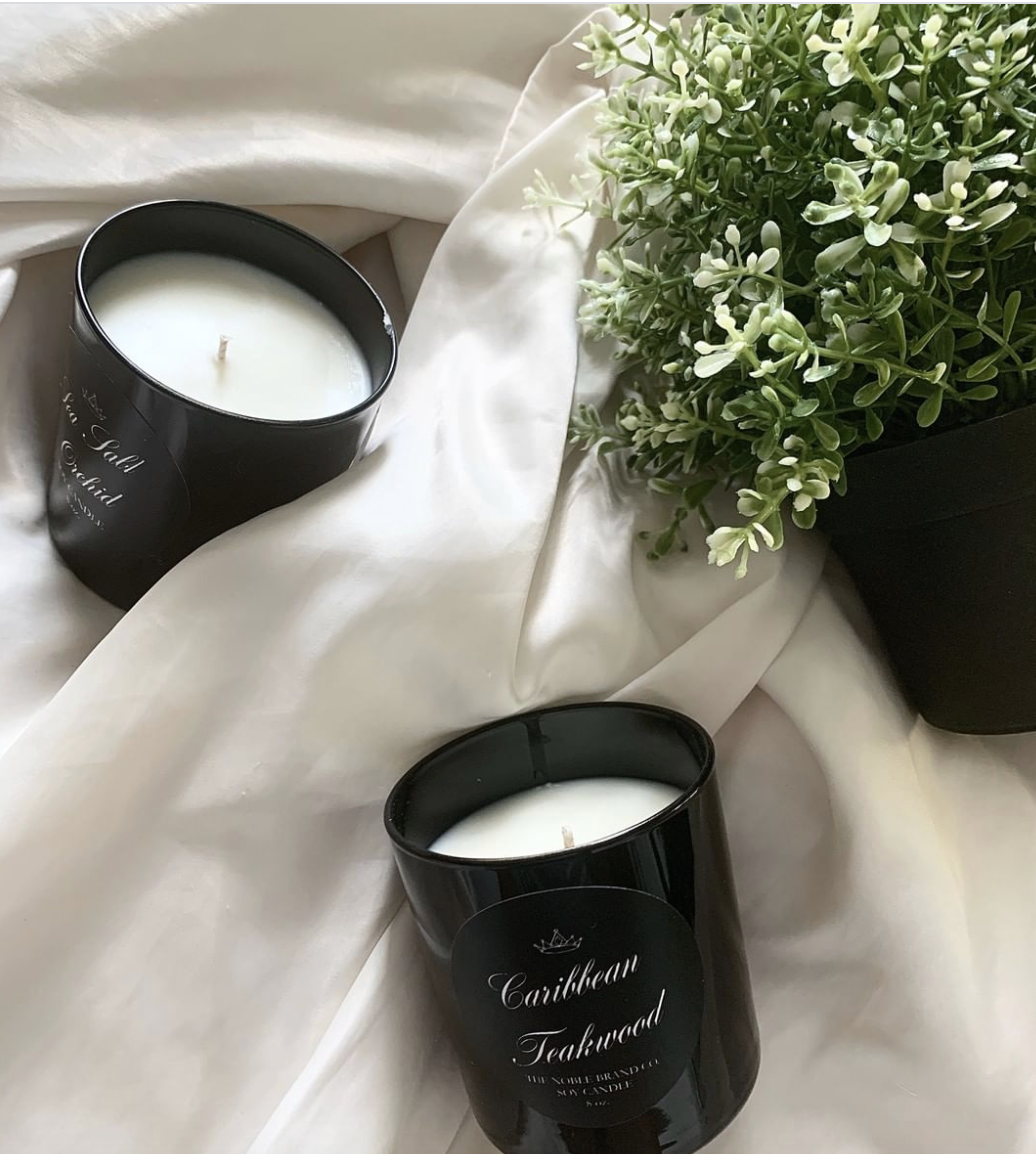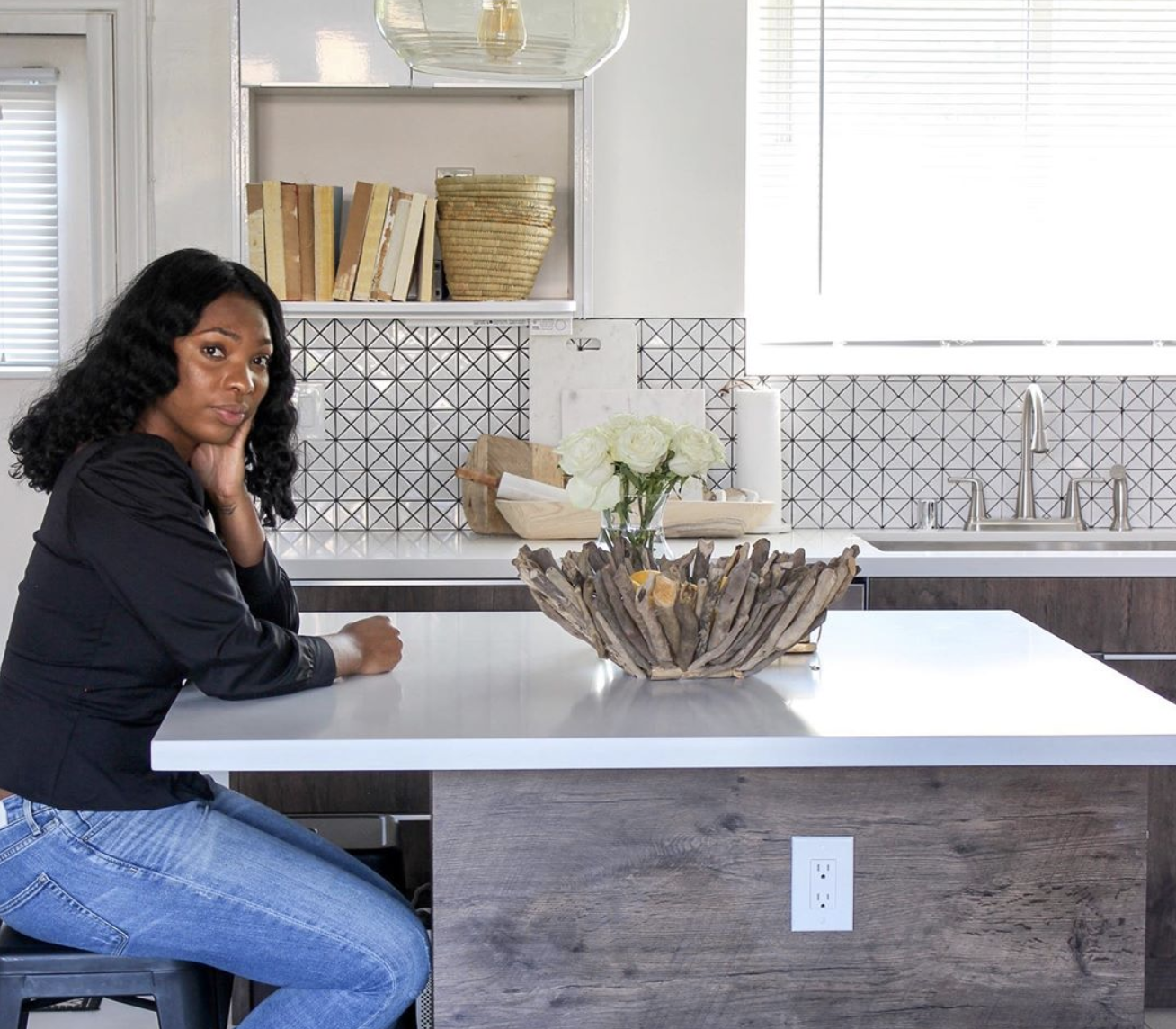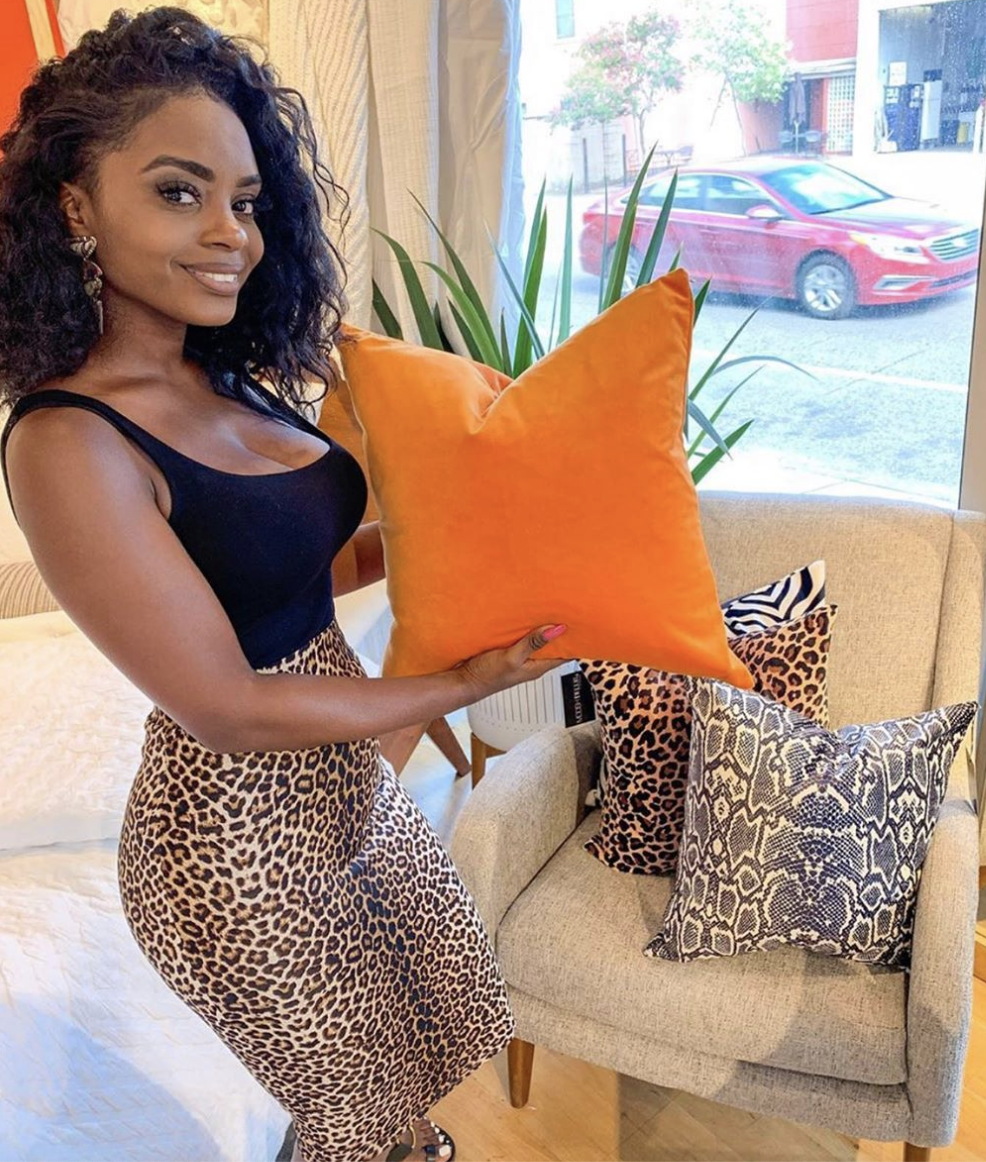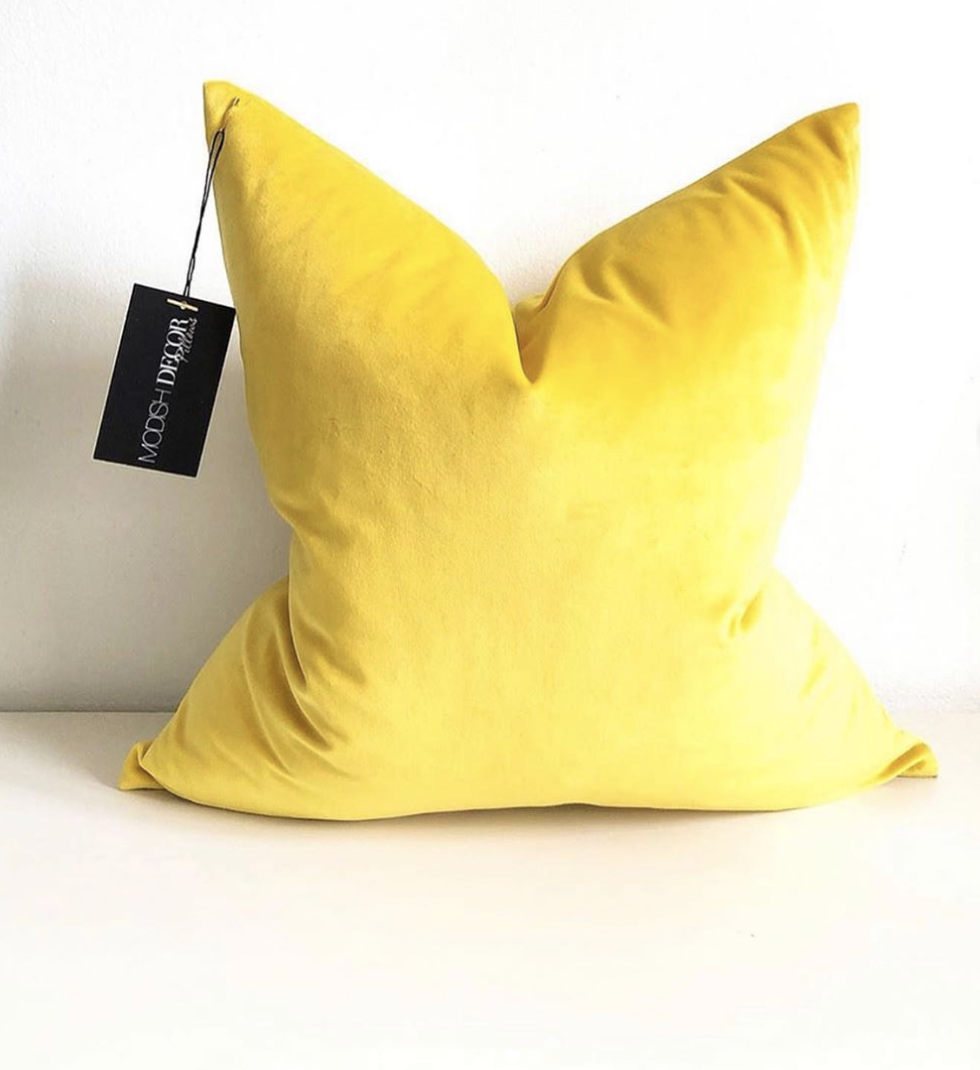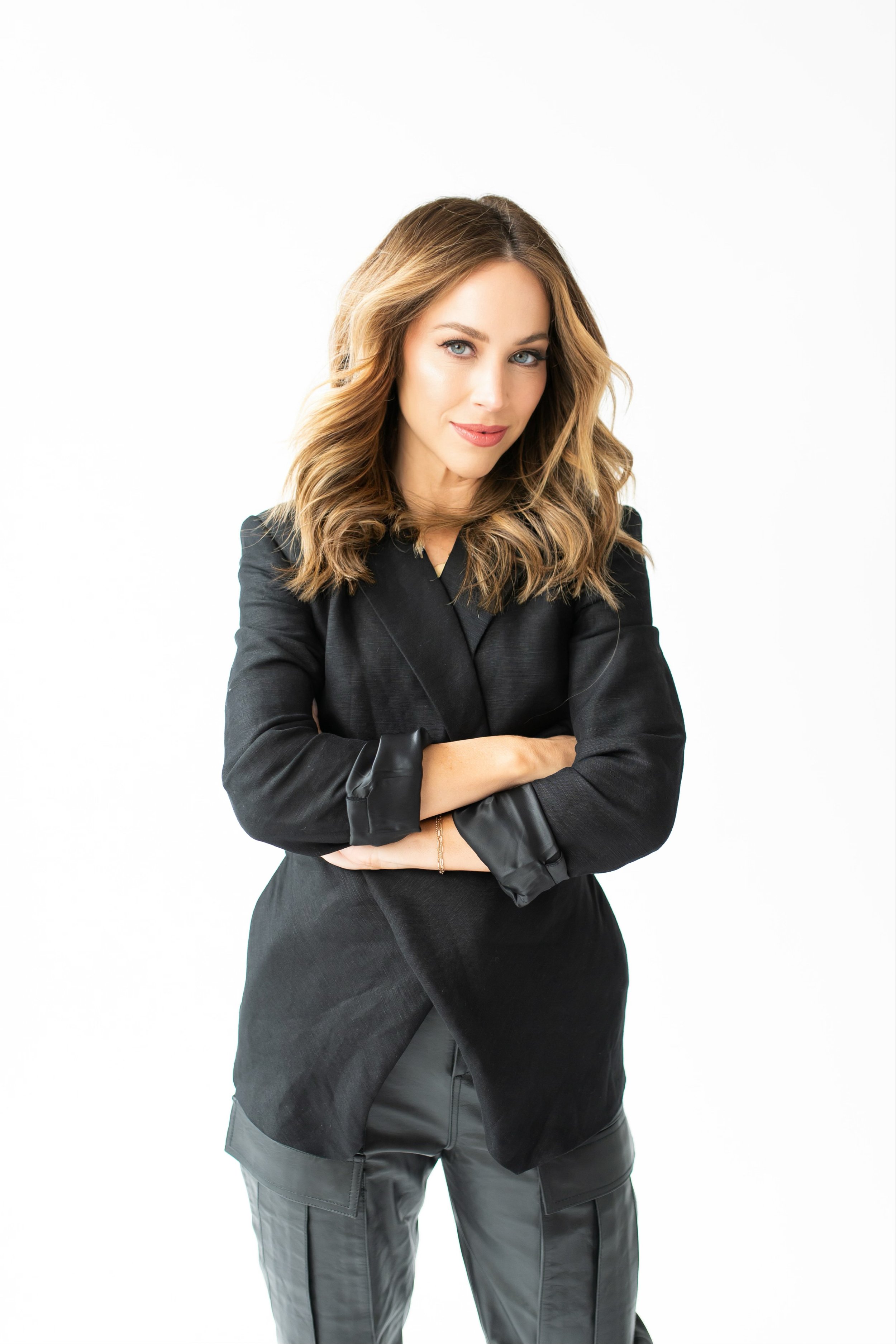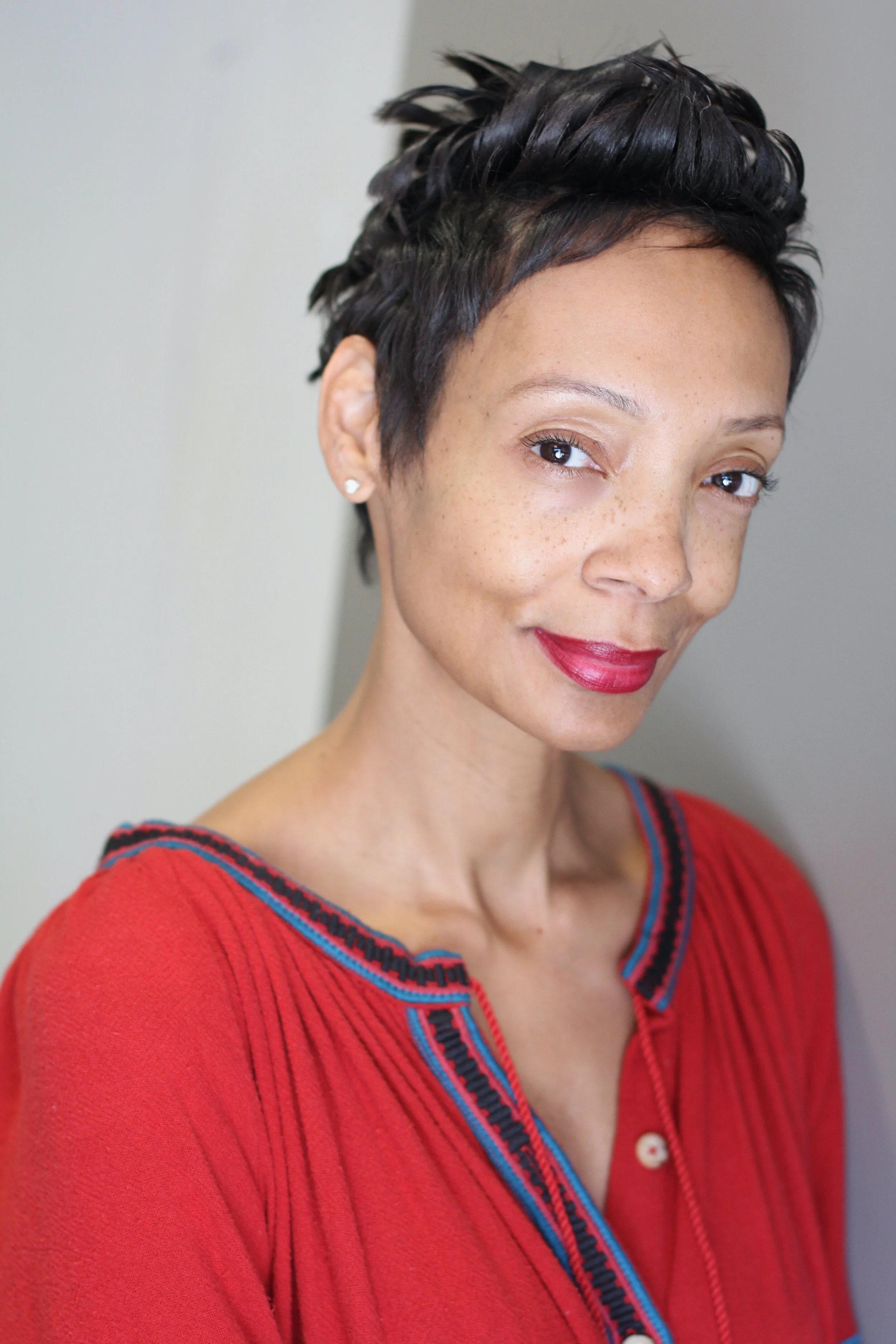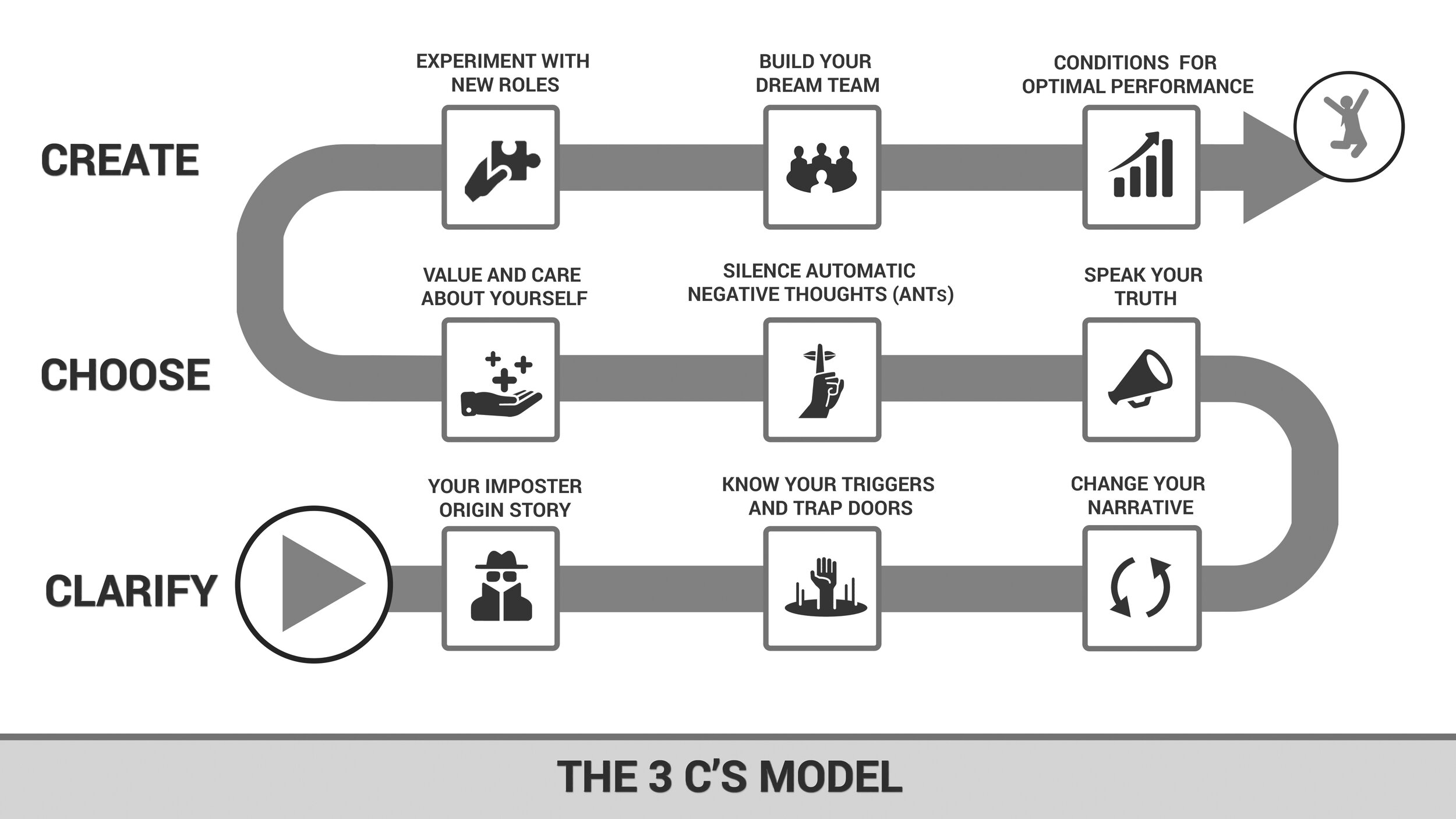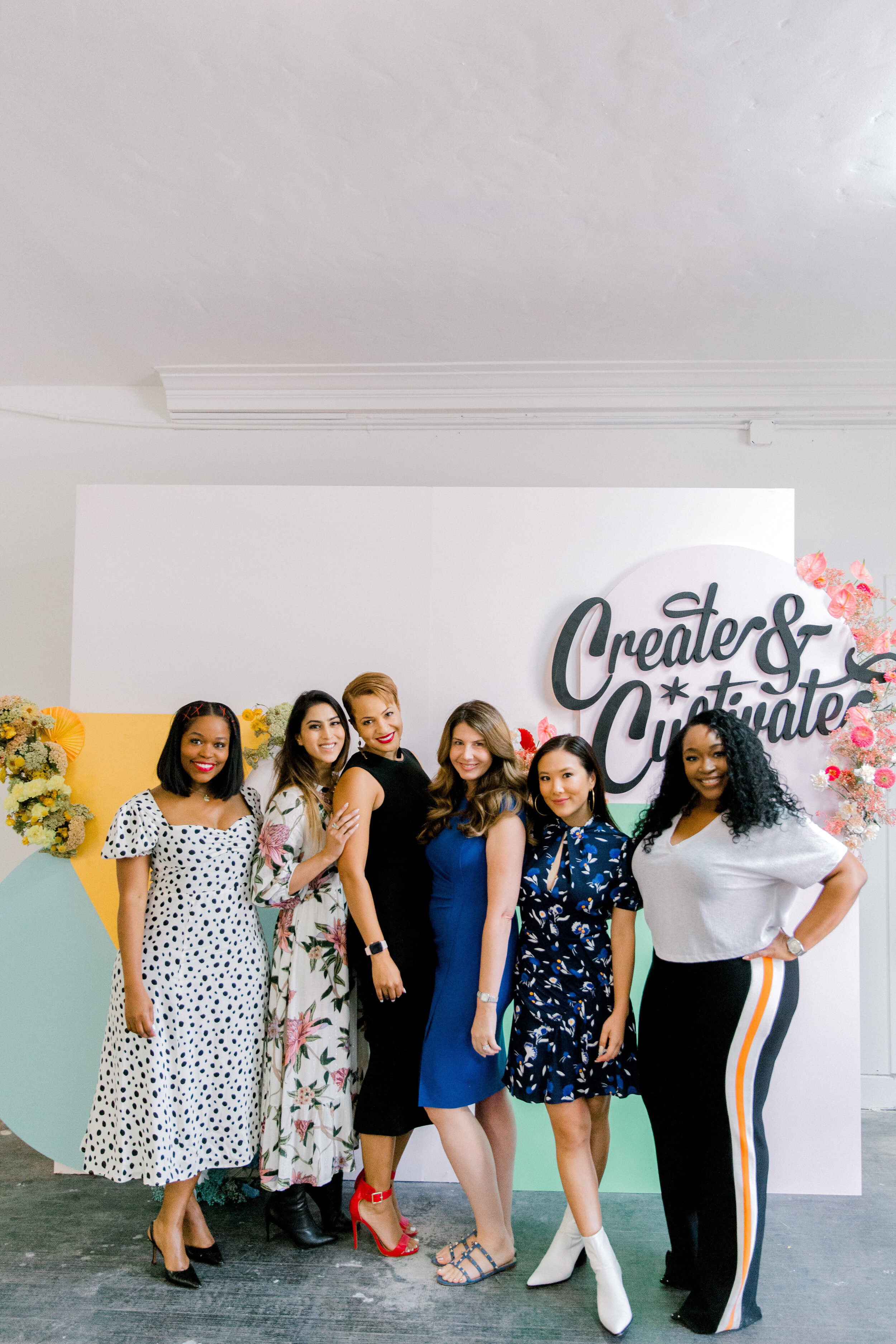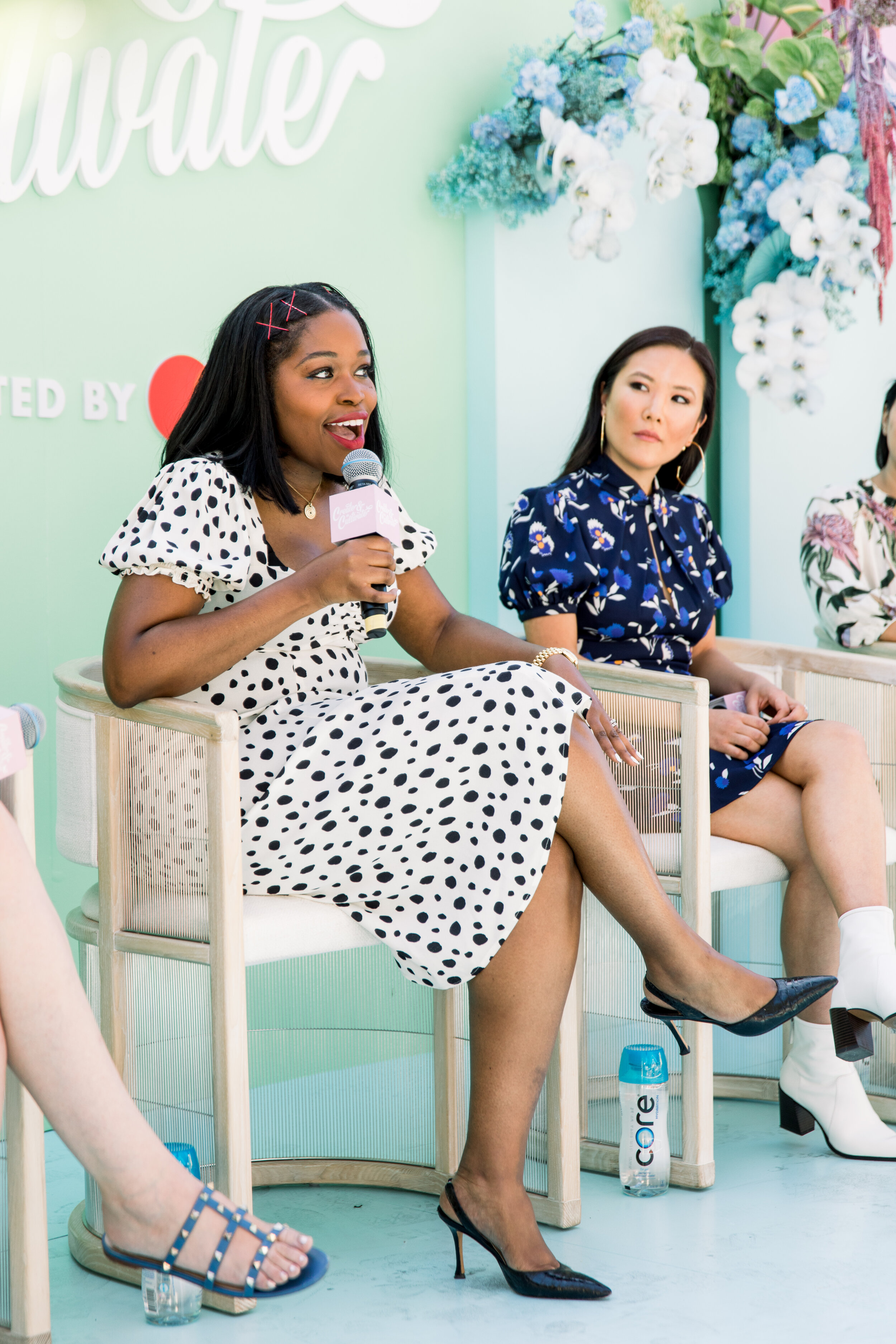What's The Difference Between Hispanic, Latino, Latinx, and Why Does It Matter?
While you may not know it from mainstream media and election coverage, Latine-American communities aren’t a monolith. We come in all shades, are from different countries and economic backgrounds, and have different generational statuses. Perhaps because of these differences, it’s hard to agree on a term to call people from Latin America.
Traditionally, we’ve been called (and refer to ourselves as) “Latinos,” but that was controversial because it’s the male term—and also reinforced the gender binary. People felt excluded and started creating more terms to refer to themselves and their Latine siblings. (I, for one, like Latine and Latinx.)
It’s all too easy to cast this information aside and instead refer to people however you see fit, like calling someone Latin when they specifically identify as Latinx. However, it’s still important to know that these terms exist, and understand the difference between them, especially when you’re making a concerted effort to invest your dollars in Latine-owned companies.
Zoila Darton, a Panamanian Jamaican Jew and founder of WORD Agency, puts it best: “At least through my lens of what it means to be Latina, there is no one way. You’re either in it or you’re not.”
There’s an ongoing conversation about Latinidad and who can claim it. For example, some people argue that if you don’t speak Spanish or if you’ve never been to your parents’ homeland, you’re “less Latine.” That’s not the case. If you identify your heritage as Latine, then you’re Latine.
All that said, the only way you should be referring to someone’s race or ethnicity is how the individual perceives themselves. The good news here is all you have to do is ask. Of course, you want to steer away from “Where are you from?,” so you may instead try “How do you refer to your heritage?”
The different terms used to demark Latin American heritage
Below are just a few terms that Latine people use to refer to themselves. There are, of course, other monikers, but these are the ones I’ve seen most often in the discourse, about what to call people with Latin American roots. Nothing is perfect, and that’s okay.
Hispanic
What’s perhaps most confusing about the “Is it Hispanic or is it Latino” debate is that the U.S. Census doesn’t differentiate between those two—choosing instead to group them together.
But there is a difference. According to Britannica, the term “Hispanic” is “a narrower term that includes people only from Spanish-speaking Latin America,” (aka people who hail from a country that was colonized by Spain). These countries include Mexico, Colombia, Puerto Rico, Cuba, El Salvador, and Guatemala.
Latino/Latina
The #LatinoGang movement that is reggeaton is perhaps the strongest evidence that Latin Americans (specifically from Colombia, Puerto Rico, Panama, and the Dominican Republic) refer to themselves as Latinos. Again, though, a lot of folks took an issue with how Latino is the male term for a group of people who aren’t just male.
An important note here: A Brazilian is considered Latine. However, since they were colonized by Portugal and speak Portuguese, they would not be considered Hispanic.
Latinx
Because Spanish is a gendered language, and because Latin American countries tend to be patriarchies, most terms to refer to groups of people default to the masculine. Additionally, with terms being masculine or feminine, many non-binary people felt excluded from Latino/a nomenclature.
But there really isn’t a way for everyone to be happy with just one term, so critics of “Latinx” have taken to saying that they feel this is a term imposed on them by white researchers (which, by the way, is untrue).
Latine
Many Spanish speakers felt Latinx didn’t quite roll off the tongue—and they were unsure if they could trust the people who coined the term. Spanish speakers who want a more gender-inclusive term feel more connected to this term because it shies away from the binary of “Latino/Latina” while still keeping to the traditional phonetics of their mother tongue.
Latin
During our conversation about the distinctions between these terms, Darton used the term “Latin” to describe a culture. When I asked her why she conceptualized her experience as “Latin,” she said it was largely about her musical-skewing upbringing.
When you think about it, Latine, Spanish-Language artists like Marc Anthony and Bad Bunny are categorized as “Latin” in Billboard and Rolling Stone.
Spanish
Remember that song, “The Motto,” by Drake? There’s an interesting lyric in there: “Some Spanish girls love me like I’m Aventura.”
He’s referring to Latinas but uses this misnomer. You might think, “Well, the girls speak Spanish, right?” And you’d be right, kind of. The term Spanish does denote a language, but in the sense of ethnicity and nationality, it only refers to someone whose homeland is the country of Spain.
Written by: Natalie Arroyo Camacho
99 Black Women-Owned Brands and Entrepreneurs to Support Now and Always
These women are changing the game.
Over the past year, women started an average of 1,817 new businesses per day in the U.S., and Women of Color account for 89% (1,625) of those new businesses. In fact, according to the State of Women-Owned Businesses Report, Black women-owned businesses represented the highest rate of growth of any group in the number of firms between 2014 and 2019 as well as between 2018 and 2019.
When looking at specific minority groups over the last five years, growth in side-entrepreneurship is up 99% among Black women. They started an impressive 42% of net new women-owned businesses, which is three times their share of the female population (14%).
This study calls the women behind these rapidly-launching businesses “necessity entrepreneurs” because, due to higher unemployment rates, long-term unemployment, and vast gender and racial pay gaps, women of color start businesses out of the need to survive. And these Black female entrepreneurs are changing the game but they’re not the first.
In fact, they’re walking in the footsteps of many brave, risk-taking necessity entrepreneurs in history. In the 1850s, Clara Brown established a laundry business during the gold rush and used her money to invest in real estate developing properties that allowed black communities to live safely. Annie Turnbo Malone paved the way for Black female cosmetologists and created jobs for over 75,000 women worldwide with her beauty enterprises. Maggie Lena Walker was the first Black woman to charter a bank and help our people protect our coins. The list goes on and on.
Below we’re shining a spotlight on women whose businesses you can support and celebrate today and every day.
Health & Wellness
Lalah Delia, Founder of Vibrate Higher Daily
Lalah is an author, spiritual writer, and wellness educator who has been a force in the self-care space, encouraging and empowering us all to mindfully care for ourselves with her Vibrate Higher Daily platform.
Follow her on Instagram.
Buy Her Book: Vibrate Higher Daily: Live Your Power
Trinity Mouzon Wofford, Founder of Golde
Trinity was only 23 when she launched her wellness line, Golde and now it's stocked at Goop and Urban Outfitters and continues to fly off shelves. Her phenomenal success is why we celebrated her achievements as an honoree in the small business section of our CC100 list this year.
Follow her on Instagram.
Bea Dixon, CEO and Founder, The Honey Pot Company
After suffering from bacterial vaginosis for months, an ancestor gave Bea Dixon the ingredients to heal herself in a dream. She created the formula for an effective, clean feminine wash and it worked! She’s now sharing her revelation with the world via The Honey Pot Company—the first complete feminine care system, powered by herbs™.
Candace Reels, Founder, Female Collective
At just 26 years old, Candace Reels has created a movement. Born out of her passion for activism and intersectional feminism, the Female Collective is now a thriving digital community empowering women to come together, tell their stories, and bring awareness to the issues that matter to them most. Reels also launched a clothing line that features powerful phrases and messaging from the platform. We look up to Candace because she turned a personal project into an important space for the women who needed it most. It’s also why we honored her on our 2019 CC100 list so be sure to read the interview and support.
Naj Austin, Founder and CEO, Ethel’s Club
Named after her grandmother, Ethel Lucas—a matriarch figure in a tightknit community—Ethel’s Club continues her mission with a purpose-driven space for People of Color to heal and thrive through conversation, wellness, and creativity.
Shop their marketplace or become a member.
Jessica L., Founder, Hell Notes for Beauty
If you’re in need of guided meditation, are curious about crystals, or are seeking herbal and holistic wellness rituals, then Hell Notes for Beauty is your new go-to. Jessica’s platform is the premier metaphysical destination for the strong-willed, inspired, and determined soul. “I am dedicated to the solitary practitioner seeking to establish spiritual independence, self-care, and recognition of ancestral knowledge.”
Jaimee Ratliff, Founder, Yoga With Jaimee
The Atlanta-based certified yoga teacher is a passionate advocate of the ancient discipline and credits the practice for getting her through life’s challenges. While she believes wholeheartedly that yoga should be accessible to everyone, the community at large has lacked diversity and her hope is to provide an inclusive platform both on a local and global scale.
Jordan James and Shaniece Vincent, Co-Founders, Goddess Culture Podcast and Wellness Retreats
Jordan and Shaniece aim to empower and encourage their listeners to embrace their inner Goddess through a dialogue that inspires self-love, self-care, and self-actualization.
Follow them on Instagram.
Dr. Jerrica Dodd, CEO, and Founder, Your Pharmacy Advocate
Dr. Jerrica Dodd launched Your Pharmacy Advocate with a mission to add a human touch to pharmaceutical care and improve lives through patient engagement, provider partnerships, and education.
Learn more about their pharmacy consulting.
Nadine Joseph, Founder, Peak and Valley
From pollution to phone notifications, the fast-paced world is around us isn’t exactly relaxing and can cause potential health risks. So Nadine Joseph took healing herself (and others) into her own hands with Peak and Valley—plant-based elixirs to enhance your beauty, mood, and mind.
Rashia Bell and Iva Bravic Millereau, Co-Founders, RE.VITYL
After meeting at a wedding reception in Bali, 2010, Rashia and Iva discovered their mutual love for natural, quality products with a sustainable foundation. So they partnered up to launch a wellness startup, RE.VITYL—products infused with elemental energy by Biocrystal® to promote relaxation and tranquility. “We truly believe in the re.laxing and re.storative powers of native plants and stones and their ability to bring about true wellness, harness positive energy, and enhance your quality of life.”
Veladya Chapman, Founder, Earth Mama Medicine
While working as a professional actress, Veladya attended the Institute for Transformational Nutrition to become a Certified Holistic Nutritionist and she now helps heal people from all over the world through her books, educational YouTube videos, personalized wellness plans, and public speaking.
Buy her products and services.
Cheryl Sutherland, Founder, PleaseNotes and, res-o-nate strategies
Taking a risk, Cheryl Sutherland left her job and focused completely on building her self-confidence and nurturing her inner gifts through journaling, reading, and working with affirmations. This personal growth led to her company, PleaseNotes focused on providing personal growth tools and leadership programs.
Follow her on Instagram.
Charlesha "Charli" Harris, Founder, ChasingTransformation
After struggling with insecurities that stemmed from poor health, and lifestyle choices, Charlesha Harris turned “potential poison into passion to educate, lead, and motivate others to be the best versions of themselves” with her ChansingTransformation health and fitness platform.
MORE HEALTH & WELLNESS FOUNDERS:
Business Name: Jamie Clarke, Founder, Soul Paradigm
What They Do: Reiki, lifestyle and healing coaching, tarot, self-care packages, and more.
Website: SoulParadigm.com
Instagram: @thesoulparadigm
Business Name: VGN AF—Wellness Redefined.
What They Do: Wellness is a journey, not a destination. VGN AF was launched to help you get to your best version of wellness and health with the best quality sustainably-sourced products to provide visible results over time. Their platform addresses healthy foods, vegan recipes, immunity, weight loss, healthy skin and hair rituals, gut health, mental clarity, healing, stress release, and increased energy.
Website: shopvgnaf.com
Instagram: @vgn_af
Business Name: Dr. Caroline Robinson, Founder, Tone Dermatology
What They Do: Board-certified dermatologist and Chicago native, Dr. Caroline Robinson specialize in general, medical, and surgical dermatology.
Website: tonedermatology.com
Instagram: @tonedermatology
Business Name: Magnolia Yoga Studio
What They Do: A community-based space to practice and strengthen the mind-body connection through hot yoga and meditation.
Website: magnoliayogastudio.com
Instagram: @magnoliayogastudio
Business Name: Mia Cola, Founder, Fancy U Fitness
What They Do: Workouts you can do to keep in shape at home, outside, or wherever you are in the world.
Website: Fancyu.net
Instagram: @fancyufitness
Business Name: Sunny Brooks, CEO, and Co-Founder, TJ Brooks, Spiritual Shop
What They Do: Sunny Brooks is a certified Reiki Master Teacher, Crystal Healer, Herbalist, and Aromatherapist. TJ is a healer, teacher, and artist. She creates natural, spiritual, and metaphysical art. Since 2017, they have been spreading joy, peace, love, and positivity with their products and education to create a movement that inspires a lifestyle filled with soulful vibes.
Website: soulfulvibesco.com
Instagram: @soulfulvibesco
Business Name: Alicia Richmond, Founder, A-Rich Nutrition
What They Do: After she was diagnosed with scoliosis, Richmond started her own research into supplements that helped ease her symptoms and weren’t filled with chemicals, fillers, or harmful ingredients. And so, A-Rich Nutrition was born offering a wide range of quality-assured food supplements from trusted suppliers from around the world.
Website: arichnutrition.com
Instagram: @arichnutrition
Business Name: Felicia La Tour, Founder, MindfulFee
What They Do: Renowned makeup artist, Felicia La Tour took the plunge a year ago to launch her own business, MindfulFee. Now it’s a thriving community of women who come together around the same mission, to live well, intentional lives while sharing the experience collectively. Be sure to check out her vibe box and order yourself one before they sell out, again!
Website: collectivelymindful.com
Instagram: @mindfulfee
Business Name: Sweet Mason
What They Do: From soft gels to bath salts and even candles, Sweet Mason is a mecca for high-quality CBD-infused products for every concern on your path to health and wellness.
Website: sweetmason.co
Instagram: @shopsweetmason
Business Name: Curls Vitamins
What They Do: A vitamin-infused haircare line to boost the strength and vitality of your hair.
Website: curlsvitamins.com
Instagram: @curlsvitamins
Business Name: Victoria McAbee and Jasmine Lee, Co-Founders, Whimsy Official
What They Do: A modern wellness and beauty atelier focused on plant alchemy and conscious luxury.
Website: whimsyofficial.com
Instagram: @officialwhimsy
Food & Beverage
Wendy Lopez and Jessica Jones, Co-Founders of Food Heaven
Dietitians Wendy and Jessica are on a mission to make health and wellness more inclusive, diverse, and accessible. To help fill the void for healthy recipes made with ingredients that are both accessible and affordable, Lopez and Jones founded Food Heaven in 2011.
Follow them on Instagram.
Buy their book: 28-Day Plant-Powered Health Reboot: Reset Your Body, Lose Weight, Gain Energy & Feel Great
Mignon Francois, CEO and Founder, The Cupcake Collection
Since planting its roots in 2008, Mignon Francois’ business savvy has earned her the titles of “Woman of Legend and Merit” by Tennessee State University, “Emerging Business Leader of the Year” and Black Enterprise Magazine “Family Business of the Year Award”. And it’s easy to see why. Her handmade cupcakes draw lines around the block for their iconic flavor unlike you’ve ever tasted before. She has bakeries in both Nashville and New Orleans but The Cupcake Collection also ships nationwide. Ordering is just a click away! Just shop online and choose shipping as your fulfillment option at checkout.
Idil Farah, Founder, IdilsWorld
A practicing nutritionist for over 10 years, Idil Farah draws on the “medicine as food” philosophy and traditional holistic practices to promote overall wellness. She aims to make healthy eating fun and enjoyable and doesn’t believe it has to be expensive, time-consuming, or a struggle.
Shop her health programs and packages.
MORE FOOD & BEVERAGE FOUNDERS:
Business Name: Nayana Ferguson, Owner, Anteel Tequila
What They Do: A premium tequila brand based in Detroit that produces the world's only coconut lime blanco tequila as well as a blanco and reposado expression.
Website: AnteelTequila.com
Instagram: @anteeltequilas
Business Name: Hawa Hassan, Founder, Basbaas
What They Do: Somali hot sauces, handmade in small batches, bottled, and sourced in the Hudson Valley.
Website: BasbaasSauce.com
Instagram: @basbaassauce
Business Name: Denise Woodard, Founder and CEO, Partake Foods
What They Do: Gluten-free, vegan, and non-GMO cookies free from the top eight allergens and made using clean ingredients. Flavors range from chocolate chip and cookie butter to birthday cake.
Website: partakefoods.com
Instagram: @partakefoods
Business Name: Robin and Andréa McBride, Co-Founders, McBride Sisters Collection
What They Do: Founded by sisters Robin and Andréa, McBride Sisters Collection is the largest Black-owned wine company in America.
Website: mcbridesisters.com
Instagram: @mcbridesisters
Business Name: Jenné Claiborne, Founder, Sweet Potato Soul
What They Do: Vegan chef, blogger, YouTuber, and author of "Sweet Potato Soul: 100 Easy Vegan Recipes for the Southern Flavors of Smoke, Sugar, Spice, and Soul."
Website: SweetPotatoSoul.com
Instagram: @sweetpotatosoul
Business Name: Milan Durham, Owner, Cultured Kombucha
What They Do: A kombucha company brewed out of Washington D.C. that believes all communities should have access to and knowledge of internal health and wellness.
Website: TheCulturedKombucha.com
Instagram: @theculturedkombucha
Tonya “The Millennial Money Expert” Rapley’s lightbulb moment for launching My Fab Finance was sparked by a personal need. As a millennial living in New York City and working for a non-profit, Rapley wanted to break the cycle of living from paycheck to paycheck but couldn’t find a financial resource tailored to millennials—so she created one.
Buy her book: The Money Manual
Tiffany Aliche, Founder, The Budgetnista
As an award-winning teacher of financial education, Tiffany Aliche has quickly become one of America’s most regarded personal finance experts. Her mission? To empower women and provide them with access to the tools and resources needed to create a better life for themselves and their families.
Her financial movement has helped over 800, 000 women worldwide collectively save more than $100 million, and pay off over $75 million in debt, purchase homes and transform the way they think about their finances.
Book her for financial advice, workshops, or speaking opps.
Sharon Beason, Founder, Womeneur
Sharon Beason helps emerging and early-stage female entrepreneurs get the clarity, resources, and actionable steps you need to plan, create, launch, sustain, and grow their business successfully and profitably. So if you’re ready to stop wasting time and start seeing results, join the Womaneur Collective today.
Beauty
Shontay Lundy, Founder of Black Girl Sunscreen
Shontay is here to remind us that black people need sunscreen too—and we’re here for it. From later diagnoses, black people have lower survival rates for skin cancer. Shontay has designed the solution.
Follow her on Instagram.
Cashmere Nicole, Founder of Beauty Bakerie Makeup
Cashmere Nicole was a single parent, struggling to make ends meet before she founded the hugely successful, Beauty Bakerie. In 2001, she was a teen mom putting herself through college, and after graduating, she became a nurse to support her daughter, Jasmyn. While raising her daughter and working as a nurse, Nicole would dedicate the second half of her day to developing her makeup business. Now she is inspiring women everywhere with her incredible story and game-changing products.
Follow her on Instagram.
Victoria Fazio, CEO and Founder of Propa Beauty
Victoria took the leap from her corporate career to create Propa Beauty in a bid to energize and encourage women to be confident leaders in their own fields. “Makeup is powerful and it’s about time it’s marketed as an arsenal which goes beyond just getting cute. I want women to look their best on the outside, but also to feel their best on the inside.”
Melissa Butler, Founder of The Lip Bar
Her career began in the corporate world, but after she became frustrated with the lack of diversity and excessive chemicals, Melissa Butler decided to launch her own and disrupt modern-day beauty standards in the process. Even after being faced with doubters during her appearance on ABC’s Shark Tank (and ultimately rejected) Butler went onto create The Lip Bar because everyone deserves to have their own perfect nude lipstick—period! Now she is a huge success and her massive community agree.
KJ Miller and Amanda Johnson, Co-Founders, Mented Cosmetics
The idea for Mented Cosmetics happened like most great business ideas: over a glass of pinot! Friends, KJ Miller and Amanda Johnson were sipping and discussing why it was so hard to find the perfect nude lipstick. And the idea for starting their own was born. “We believe every woman should be able to find herself in the world of beauty, no matter her skin tone. We know you'll love being put first because when it comes to beauty, no one deserves to be an afterthought.”
CEO, Sheneil Monique and Co-Founder, Nicolette Camille, Base Butter
Sheneil and Nicolette’s mission was simple: to create easy skincare for oily and combination skin types while helping women feel comfortable in their skin. And they achieved it. They’re easy-to-use products yield results through simple formulas that safely improve the overall health of the skin for immediate protection and long-term results.
Tuanieha Twanna, Founder, Sonshine Bath
After Tuanieha’s son, Tristan James (who she refers to as her “Sonshine”) was born, she started making his soaps and body butter at home so she could guarantee they were safe for his skin. A year later, she launched the brand to not only help secure Tristan's future but also provide other small businesses like hers by donating a portion of the business profits to other small businesses in the form of microloans through kiva.org.
Sharon Chuter, Founder, UOMA Beauty
UOMA Beauty was founded by Nigerian born, LA, and London-based former beauty executive, Sharon Chuter to redefine the rules of inclusivity and diversity. Listed by WWD one of the 50 most forward-thinking executives shaping the future of the beauty industry, she believes that “beauty starts the moment you decide to be yourself. We exist to re-write the rules of inclusivity and diversity to create a world of beauty that truly is for all of us.”
Lisa Price, Founder, Carol’s Daughter
Lisa Price’s iconic brand started as a hobby in 1993 when she would put her own spin on recipes she found in a DIY book. From essential oil-based perfumes and body products, Price would whip up magical beauty concoctions in her kitchen. Now she has built an empire with Carol’s Daughter, is stocked in a host of major stores like Target and Ulta, and counts celebrities like Jada Pinkett Smith (one of the companies' earliest investors) Halle Berry, Mary J. Blige, and Dascha Polanco as fans.
Myleik Teele, Founder, CURLBOX
After she “went natural” more than 15 years ago, Myleik clearly remembers driving 20 miles to buy an expensive product that she read had “worked on everyone.” But after several times of using it, she found it didn’t work for her and it sat under her sink for years. So, she started curlBOX as a means to save you the drive and the money. “curlBOX gives women the opportunity to try several products for the price of one!” Now, that’s a mission we can get behind.
Kristen Noel Crawley, Founder, KNC Beauty
Inspired by lip masks she discovered on a trip to Tokyo, Kristen Noel Crawley set out to make her own, but this time she swapped artificial ingredients for collagen, vitamin E, and hyaluronic acid. Since it’s launch, KNC Beauty has a sparked cult-following of beauty devotees who love the pink stretchy lip-shaped masks with major fans including Kim Kardashian, Luka Sabbat, and Emma Stone. The line has since expanded into star-shaped eye masks and lip balms. Read her interview as an honoree for CC100 in 2018.
Lesley Thornton, Founder, Klur Cosmetics
If you’re after clean, ethical, and inclusive beauty, KLUR is your answer. After giving personalized treatments as an esthetician for nearly a decade, Lesley Thornton took her approach to skin health and turned it into a skincare line that prioritized minimalistic regimens to deliver multiple benefits and long-term results.
Nancy Twine, CEO and Founder, Briogeo
It was while she working as a Goldman Sachs finance executive that Nancy Twine realized she wasn’t living her passion. Inspired by her grandmother's beauty recipes and a natural chemist team, Twine eventually took the leap to launch her own natural hair care line, Briogeo.
Karen Young, Founder, Oui the People
It seems all good business ideas are Inspired by a need or in Karen’s case a frustration. When she couldn’t find the right shaver, Young created her own by raising the bar and changing the shaving experience for good. In 2014, she designed a product line of three razor styles and accessories, including a lavender-scented shave oil and an ingrown relief serum. Now, she’s inspired a movement.
MORE BEAUTY FOUNDERS:
Business Name: Jasmine Lewis, Founder and CEO, Vie Beauty
What They Do: A clean beauty and skincare line dedicated to providing exceptional products that give you a renewed sense of self-confidence.
Website: theviebeauty.com
Instagram: @viebeautyx
Business Name: Yewande Masi, Founder, Ornami Skincare
What They Do: Zero-toxin, zero-drama skincare that keeps it 100.
Website: ornamiskincare.com
Instagram: @ornamiskincare
Business Name: Brittney Ogike, Founder and CEO, BeautyBeez
What They Do: A modern beauty supply shop offering a curated collection of natural hair care, beauty, skincare, wigs, braiding hair, and extensions.
Website: beautybeez.com
Instagram: @beautybeezstore
Business Name: Rochelle Graham-Campbell, Co-Founder and CEO, Alikay Naturals
What They Do: Premium all-natural and organic hair care and bath and body products designed to moisturize dry hair and skin while promoting faster and longer hair growth.
Website: alikaynaturals.com
Instagram: @alikaynaturals
Business Name: Kenyata Gant, Founder and CEO, Pink Lipps Cosmetics
What They Do: Vegan and cruelty-free lip products (think: glosses, liquid lipsticks, lip balm, glow gloss, and more).
Website: pinklippscosmetics.com
Instagram: @pinklippscosmetics
Started on the ‘gram; now she’s selling out of clothes—to the likes of Kim Kardashian and Karrueche. Now, Briana has grown a huge community online who have rallied around her innovative designs.
Follow her on Instagram.
Kashmir Thompson, Founder of KashmirVIII
You might recognize some of Kashmir’s art from the iconic HBO series Insecure. Her products bring life and color to iconic black images.
Follow her on Instagram.
Tricia Hash, Founder, Tree Fairfax
Tree Fairfax is a handmade minimal leather goods line made by Tricia “Tree” Hash. The self-taught creative based in Roanoke, Virginia wanted to create leather goods that are long-lasting with timeless designs that will “hopefully change how you move about the world.”
Aliya Wanek, Founder, Aliya Wanek
Exploring the connection between one’s identity and style, Aliya Wanek creates comfortable, stylish clothing ethically and sustainably as an extension of the wearer’s individuality. If not sewing the garments herself, Aliya works with a production sewer and other local contractors in the Bay Area to produce and dye her garments, always taking into consideration ways to reduce the brand’s environmental impact.
Areeayl Goodwin, Founder, Beads Byaree
Designer, Areeayl Goodwin makes her whimsical dreams a reality with her handcrafted jewelry line. Born and raised in Philadelphia PA, she now resides in Brooklyn, NY and has a line of clothing to accompany her jewelry designs.
Katherine Theobalds, Founder, Zou Xou
Zou Xou was created and founded in New York City by Katherine Theobalds. While she went to fashion school with the intention of becoming a clothing designer, her love for unique shoe designs had her walking a different path. After a trip to Buenos Aires, she was inspired by the artistry of local Argentinian shoe design and went on to launch Zou Xou in 2015.
MORE FASHION FOUNDERS:
Business Name: OMA the Label
What They Do: OMA the label, founded in 2018 by New York-based fashion stylist Neumi Anekhe, creates pieces for the woman that is intentional about the choices she makes and wants to wear pieces that make her feel empowered and confident. In an effort to represent Women of Color, the brand is focused on challenging homogenous industry standards, while creating quality and affordable pieces for the everyday woman.
Website: omathelabel.com
Instagram: @omathelabel
Business Name: Fanm Djanm
What They Do: Fanm Djanm, which means "strong woman" in Haitian Kreyol, was founded in 2014 as a collection of eight head wraps, which Paola Mathè sold directly from her apartment on the weekends. Today, Fanm Djanm has transformed into a headwrap collection and lifestyle brand that creates sustainably, focuses on community and serves to both empower and inspire women to live boldly. The combination of carefully selected fabrics, hand sewn pieces, and cultural musings inspire women everywhere to wear a bold print, take command of a room, laugh a little too loud, and pursue their greatest aspirations.
Website: fanmdjanm.com
Instagram: @fanmdjanm
Business Name: Chari Cuthbert, Founder, BYCHARI
What They Do: Established in 2012, BYCHARI is a reflection of designer Chari Cuthbert's approach to life and style. Effortless, unique, and modern, each handmade piece is designed for women who appreciate simplicity but demand luxury. Handmade sustainably in Los Angeles, Cuthbert and her team remain committed to supporting local small businesses so that each BYCHARI piece can be worn with confidence.
Website: bychari.com
Instagram: @bychari
Business Name: Stephanie Thomas, Founder and CEO, Cur8able
What They Do: Stephanie Thomas uses fashion as a tool to challenge negative perceptions about people with disabilities (PWD) by providing disability fashion styling, content creation, and coaching/consulting services.
Website: cur8able.com
Instagram: @cur8able
Business Name: Nichole Lynel, Founder, Shop Nichole Lynel
What They Do: In 2019, Nichole Lynel launched her eponymous fashion brand, Shop Nichole Lynel. Her glamorous yet affordable Shop Nichole Lynel pieces, ranging in price from about $50 to $250, are coveted by “glamorous girls on the go.”
Website: shopnicholelynel.com
Instagram: @shopnicholelynel
Marriage is a journey. When Codie Elaine Oliver approached the docu-series, Black Love with fellow filmmaker and partner, Tommy she wanted to pull the curtain back on how a relationship blossoms and the daily realities of marriage. This is a warts and all film that shares the ups with the downs and highlights true love stories from some of our favorite black couples.
Bonnie Smith, Founder & CEO, Studio B Entertainment
Studio B is a diversity-driven, woman-owned brand experience agency that specializes in producing consumer, influencer, and retail customer experiences for women, by women. CEO and founder, Bonnie Smith is an industry pro with a 17+ year career in the marketing and media industry as a brand and agency marketer. She has partnered with brands such as Pampers, COVERGIRL, and more as well as top media brands including ESSENCE, PEOPLE en Español, and Entertainment Weekly magazine.
Lauren Atkins, Founder, NYC Webfest
As New York’s first web-series festival, NYC Web Fest has brought together a diverse group of people from around the world to showcase the best of the web. And they hope to turn the festival into the premier home for digital producers to showcase their talent, network with other artists, and learn from industry insiders.
Founded in 2012 by tech pioneer, Kathryn Finney, Digital Undivided aims to help high-potential black and Latinx female founders through the startup pipeline, from idea to innovation. They develop innovative programs and initiatives that catalyze economic growth in Black and Latinx communities to create a world where women own their work.
Learn more about Digital Undivided.
Camille Hearst, Co-Founder, Kit
Camille created Kit to develop a community to discover, discuss, and, deliver interesting products for activities like traveling, DJing, cooking, cycling, and more. In 2018, KIT was acquired by Patreon and Camille now serves as Patreon’s Head of Product and as a General Manager.
Evonya Easley, Founder, Styled by Love E App
Evonya helps busy professionals curate their wardrobes and personal style to be the best version of themselves from the boardroom to the bar all through her mobile app. She conducts virtual style consults, personally shops the outfits, and delivers the clothes to you, too.
Follow her on Instagram.
MORE STEM & TECH FOUNDERS
Business Name: Blex
What They Do: The first and only mobile app providing sex and relationship coaching for Black adults.
Website: blexapp.com
Instagram: @blex_app
Parenting
Cynthia Watkins, and Kathryn Burnett, Co-Founders, HarperIman Dolls
HarperIman Dolls was created in 2017 by mother-daughter duo, Cynthia Watkins, and Kathryn Burnett with one mission in mind: "to help reinforce how beautiful and strong our children are by providing them with positive affirmations of themselves that they can identify with," they told POPSUGAR. "We found that dolls of color are underrepresented. There aren't many choices, and the ones available do not accurately represent our different skin tones and hair textures. Our children are left playing with and trying to identify with dolls that look nothing like them. We wanted to change that."
Felicia Osbourne, Founder, PerfBaby
PerfBaby is an all-natural, organic, vegan skincare line for babies and children. Like many moms, Felicia Osbourne created the brand after having her son and realizing a lot of brands out there had toxins or chemicals. After doing some research, she got into the kitchen and made the first iteration of what is known today as PerfBaby, safe and natural products to help soften and moisturize delicate skin.
Ruth Martin-Gordon, FOunder and CEO, Coddle
When Ruth Martin-Gordon was preparing for her first child, she was given a lot of information on pregnancy but what she couldn’t find was what to expect after giving birth and how to care for herself during recovery. She wants to help other moms who felt “clueless” like she did how to take care of themselves post-birth by creating a community around shared struggles and empowering each other with information, awareness, and empathy.
Shop her post-partum collection.
Download her e-Book on C-section recovery.
MORE PARENTING FOUNDERS:
Business Name: Brooklyn Lighthouse
What They Do: When Zaneesha couldn't find apparel for her two little boys that were full of brights colors, besides gray, dull gray, bright gray, and black, she decided to do something about it. By combining her passion for shopping and fashion visual merchandising, she began reselling clothing for children on social media. By 2013, at the peak of Instagram, Zaneesha began to build what would become Brooklyn Lighthouse. By staying true to her core audience of Boy Moms, Zaneesha has built Brooklyn Lighthouse into a on trend children's apparel shop. The main goal of Brooklyn Lighthouse is to provide parents with a wide range of cool clothes for their children at affordable prices. As the brand continues to grow, the products practice inclusivity with unisex options.
Website: breukelynthreads.com
Instagram: @brooklynlighthouse
Business Name: Lucy Lue Organics
What They Do: Lucy Lue Organics has one goal, and that is to grow a successful and purposeful business built on love, happiness and family: It's at the heart of every thing the company does. By offering a sustainably and ethically-produced collection of modern organic baby clothes with fabrics that are environmentally friendly from seed to seam and beautifully, minimally designed, Lucy Lue Organics proudly presents the perfect blend of style and comfort that is not harmful to Mother Nature or your baby's sensitive skin.
Website: lucylueorganics.com
Instagram: @lucylueorganics
Services
Karen Okonkwo, Founder, TONL
Representation is at the core of Karen Okonkwo’s work. She launched TONL to provide stock photography that featured images of diverse people and their stories around the world. This powerful combination of photography and storytelling can help humanize and hopefully diminish the stereotypes and prejudice against black and brown people, especially. They are committed to showcasing the ethnic backgrounds of everyday people. And the Nigerian-American social entrepreneur believes anyone can do this. “If you don’t see what you want—anyone who has a skill set, be that change,” she told us in her CC100 interview. “Start your own Facebook group or start your own meetup, or agree to mentor one person, that’s how we create that cascade of people. There’s nothing wrong with asking for help, either. That knowledge is there for you to take."
Ryan Norville, Founder, Oat Cinnamon
A native New Yorker, Ryan Norville found herself in the floral industry by way of graphic design and photography. Now she’s taken her inspired designs from the screen into real-life crafting beautiful floral designs. She works with a small team of talented designers and freelancers to offer services in New York, Los Angeles, and beyond.
Shop her floral designs.
MORE SERVICE FOUNDERS:
Business Name: Her Market
What They Do: Indie brands are taking the world by storm providing not only a different buying experience but more clean, ethical products for consumers that are conscious about what they’re putting in and on their bodies. These brands have the freedom to do business on their own terms however, it can also be a little more challenging whether it’s with finances, branding or manufacturing. Where there was once a void, Her Market offers a platform and resources for indie brands to be discovered and thrive. From curated, in-person experiences connecting them to the marketplace to educational programming, Her Market vows to shine a light on her and her brand.
Website: thisishermarket.com
Instagram: @thisishermarket
Business Name: The Black-Owned Market
What They Do: What started as pop-up market to gather Black-Owned brands in New York has grown into a shopping destination for people to interact and shop with Black business owners. Generating over six figures for Black business owners within just a year of existing, it was evident that the BOM needed to exist. From detailed curation, unmatched design, and connections that last a lifetime allow us to introduce you to your new favorite can’t live without products!
Website: ourbom.com
Instagram: @ourbomdotcom
Business Name: Favornirs
What They Do: Favornirs is an online full-service gifting business that specializes in perfecting the art of giving through deep reflection. The goal is to provide functional and fun gifts while providing a facile and flawless gifting experience for all. Gifts help memorialize special moments and times in our lives, so by using the art of gifting to trigger deep reflection through the creation of offerings, the brand is dedicated to the achieving that moment of joy & true reflection. Favornirs handle sourcing valuable, yet beautifully packaged products, logistics, crinkle paper and the perfect bows, while you sit back, relax and focus on your craft. By operating virtually, Favornirs serves a wide range of clients.
Website: favornirs.com
Instagram: @favornirs_
Non-Profit
LaRayia Gaston, Founder, Lunch on Me
This Los Angeles-based nonprofit is dedicated to ending starvation while providing opportunities to enrich the mind, body, and spirit of LA's homeless community. LOM Brings nutritious and organic meals to skid row six days a week, every week and now reaches 10,000 people a month. They redistribute organic food that would otherwise be wasted in order to create delicious and quality meals. And their initiative goes beyond food to include yoga classes, community parties, and healing gatherings for women.
Find out ways to help or donate.
Jewel Gould, Founder, Balanced Women
The non-profit, Balanced Women curates spaces and initiatives for women who wear various “hats” while encouraging them to lead wholesome and purpose-fueled lives. Their recent initiative, Sister-Sister assists the community with essentials, along with the tools and resources for further education.
MORE NON-PROFIT FOUNDERS:
Business Name: Olympia Auset, Founder, SÜPRMARKT
What They Do: A non-profit organization aimed at making fresh food easy and affordable for the people living in low-income communities in South Los Angeles, a community that has 1.3 million residents but only 60 grocery stores.
Website: SÜPRMARKT.la
Instagram: @supr.mrkt
Business Name: Evelynn Escobar-Thomas, Founder, Hike Clerb
What They Do: An L.A.-based intersectional womxn’s hike club and 501c(3) that’s dedicated to equipping womxn of color with the tools, resources, and experiences they need to collectively heal in nature from Los Angeles and beyond.
Website: hikeclerb.com
Instagram: @hikeclerb
On a journey of self-discovery, Sydney Noble created The Noble Brand Candle Co. in 2016. “Not only did I understand that I am royal, but also that all of those around me are royal too!”
Shop her candles and home accessories.
Brittiny Terry, Founder & Chief Interior Stylist, Effortless Composition
Brittiny had an obsession with interiors, fashion, and décor since she was very young so after a move from the fast-paced San Francisco life to Los Angeles, she decided to explore her passion. Effortless Composition is all about providing elevated home décor that is rich in aesthetic and doesn’t skip out on artisan quality. She also offers personalized styling sessions so you can learn how to decorate with her stunning pieces.
Chantal Bradley, Founder, Modish Décor Pillows
Chantal Bradley started Modish Décor Pillows in 2015 and has since had them featured in West Elm stores across the country and on television. Her pillows help you achieve that modern effortless look in any living or workspace.
MORE HOME DECOR FOUNDERS:
Business Name: House of 40
What They Do: At House of 40, the mission is to provide the healthiest best scented performing candles that are handmade in New York with only the highest quality ingredients, finished in a beautiful box gift wrapped black and white ribbon for your pleasure. These energizing candles are meant to light up the corner of your space, while you show compassion, love, and light to others every day
Website: houseof40.com
Instagram: @houseof40ny
Business Name: The Coy Collection
What They Do: The Coy Collection offers a variety of ceramic wares that make you feel good, connecting functional artwork to self-love and care. A lil reminder that your body and home are worthy of smiles, love, and warmth.
Website: thecoycollection.com
Instagram: @thecoycollection
Business Name: Harlem Candle Co.
What They Do: Founded in 2014 by travel and lifestyle expert Teri Johnson, the Harlem Candle Company is the manifestation of her love affair with fragrance, jazz, and Harlem. Each candle is specially handcrafted using a soy vegetable wax blend, infused with one of a kind fragrance oils, and tells a story while taking you on an olfactory journey. The subtle scents and soft glow from Harlem candles instantly enhance your space while creating a sense of comfort and luxury.
Website: harlemcandlecompany.com
Instagram: @harlemcandlecompany
Business Name: Awkward Auntie
What They Do: What initially started as a place for Awkward Auntie to share her thoughts and experiences as an auntie (through blood AND love) turned into a different kind of creative outlet. In the second half of 2018, Awkward Auntie began using cement as my medium to create fun planters and candles. Turns out if she’s now not creating something with her hands, she’s not happy. Since then, she’s been making candles, planters, soap dishes, trays, and more!
Website: awkwardauntie.com
Instagram: @awkwardauntie
Business Name: UNWRP
What They Do: UNWRP was founded in 2017 by Ashley L. Fouyolle, a multidisciplinary designer, who started the company in a small bedroom of her Brooklyn apartment. Her love for art, fashion, vibrant colors, unique patterns, and the gifting experience naturally led her into the world of luxury gift wrap where all her favorite things came together. Today, the brand is one of the most popular, Instagram-worthy, luxury gift wrapping companies having been featured in Forbes, Essence, Refinery29, TeenVogue, People, Apartment Therapy and more!
Website: unwrp.com
Instagram: @unwrp
Business Name: Effie's Paper
What They Do: Effie’s Paper believes that from the door to her desk, a woman should be surrounded by pretty things that make her heart leap! The brand’s products are a unique mix of casual elegance, motivation and social conversation that make using them fun and engaging. Although named after Kalyn’s grandmother, Effie’s Paper is not your grandmother’s lifestyle brand!
Website: effiespaper.com
Instagram: @effiespaper
Business Name: Stephanie Summerson Hall, Founder, Estelle Colored Glass
What They Do: A luxury brand of hand-blown colored glass cake stands and stemware in a mix of jewel tones and soft pastels made by glass artisans in Poland at a glass-making company with a rich 100-plus-year-old history.
Website: estellecoloredglass.com
Instagram: @estellecoloredglass
Experiential
Taylar Colyar, Founder, Sip Shop Eat
Dissatisfied with her experience as a vendor in New York City, Taylar Colyar decided to launch her own event specifically catering to the entrepreneurs behind the brands. Sip Shop Eat launched in April 2017 as a curated marketplace and it’s quickly grown to three major cities. It is now a community-based platform for brands big and small to connect, share, promote, and network with like-minded entrepreneurs.
Check out their virtual pop-up.
This list is just the beginning and we will continue to update it with more Black female-owned brands and entrepreneurs over time. Please let us know of brands you think should be included here in the comments below.
This post was originally published on February 10, 2019, and has since been updated.
MORE FROM THE BLOG
From Pennies to Profit: How 26 Founders Bootstrapped Their Biz and Came Out on Top
“Dollar by dollar I saved enough money to cover my initial cost.”
One question we’re repeatedly asked by new founders at C&C is: Do I bootstrap or raise? Well, in our new series, From Pennies to Profit we set out to answer that question by asking self-funded founders how they bootstrapped their biz, from how long they worked full-time while building it to how much they saved before they leaped, and everything in between. Ready, set, launch!
Of course, however, you decide to fund your business is entirely up to you, and is really dependent on the type of brand you’re launching and what your business goals are. But if there’s one thing we like to do at Create & Cultivate, it’s to provide you with all the information you need to make an educated decision, whatever the end result may be.
When you take a quick look at the statistics, though, it’s easy to see why more women are strapping on their boots. Out of the $85 Billion in VC funding from 2017, only 2.2% went to female founders, under 1% went to Women of Color, and Black women-led startups got even less.
So, we reached out to 26 founders to find out how they bootstrapped their biz, why they chose to self-fund over raise (many told us they didn’t have a choice!), and their best financial advice for new entrepreneurs looking to launch a brand.
Camille Fields, Founder, Camille Fields-Restorative Skin Therapy
On bootstrapping over raising…
I always knew that my ultimate goal was to have my own skincare practice. After working in a day spa for 12 years, I felt it was time to venture out on my own.
On the bootstrapping process…
I used my own personal savings and started very small(and by small—I did not have one single client when I began but through some very creative marketing strategies, I gradually and slowly built a clientele. It didn't happen overnight and it was extremely frustrating at times, but I knew if I stayed the course and maintained the passion I have for my career, I would eventually see my dream come to fruition.
Fortunately in my profession, you can begin with a smaller budget and increase it as you go. I liked the idea of starting a business using my own finances, but depending on your line of work and the scope of your vision, that may not always be feasible.
On where founders should focus their financial energy…
For me and I assume for all business owners, it's getting to know who your ideal client/customer is and what their needs are. Once you can identify who and what that is, you can use a laser-like focus on the best areas to expend your financial energy. Otherwise, you may find yourself spending money in areas that are not fully utilized.
On the biggest money lesson…
Research, research, research, and more research on where you want to spend your hard earn dollars. Really invest in areas that speak both to your level of integrity and where you will see an ROI, even if the upfront costs are more.
On her #1 piece of financial advice…
Start small, build slow, and never lose sight of your long-term goals. The sky really is the limit!
Dana Jackson, Founder, Beneath Your Mask
On bootstrapping over raising…
I didn’t want to give up a piece of my company so early on. I also didn’t want to take money without the guidance. Whenever I do get funding, I’m not looking for just cash. I want the expertise as well.
On the bootstrapping process…
Prior to launching Beneath Your Mask, I worked as an entertainment business manager. The last two years of my career in business management, I was feeling burned out and unfulfilled. I started saving every dollar I made because I no longer wanted to dedicate 20 hours/day to someone else’s dreams. One of the main challenges I faced was not realizing how much money I’d actually need, and I ran through my cash reserve pretty fast and had to use a lot of my personal and business credit.
While you can scale much faster with funding, the benefit of bootstrapping is you’re forced to learn every aspect of your business because you can’t afford to hire someone to do every little thing at first. When you do go to hire someone, you know exactly what they should be doing because you’ve already had to do it yourself.
On where founders should focus their financial energy…
Driving top-line revenue through marketing. That’s important because it allows you to hire strategically and build the proper team. The proper team frees you up to continue to grow your business, brand and community. Increased revenue and cash flow also allow you to increase your purchasing power and reduce cost of goods by purchasing in larger volumes.
On the biggest money lesson…
The importance of margins as a CPG (consumer packaged goods) brand, especially a beauty brand that’s in retail. It’s really important to factor in all your costs into your price point and allow room for wholesale margins, sampling, store support, gratis, press and influencer kits, and shipping. Those costs really add up, and if not priced properly, you can easily lose money in retail. Also, negotiate as much as you can with your suppliers. It never hurts to ask!
On her #1 piece of financial advice…
As a small business, I rarely invest in any services or consultants that I don’t see an immediate ROI on. Don’t run out hiring every person that reaches out to you with promises of what they can do for your business. No one is going to come in and be a miracle worker for your brand, it takes time to grow and gain traction. So if you can’t afford to hire someone for six months without a return on that investment, you can’t afford them.
Lesley Thornton, Founder, KLUR
On bootstrapping over raising…
I didn’t have a choice. It's very well known that minorities don’t have access to loans and capital.
On the bootstrapping process…
Dollar by dollar I saved enough money to cover my initial cost. When I realized it would require more funds to employ a full-time chemist, I listed my apartment on Airbnb and was able to generate a second stream of income which I then invested in my company.
On the challenges she faced…
When I launched KLUR the message of economic and sustainable inclusion fell on deaf ears. I couldn't get traction. Not a single response to the product nor the important conversation.
On whether she’d recommend bootstrapping to other entrepreneurs…
I can’t say that what I’ve done can be replicated. Entrepreneurship is an individual journey, every person will have to decide what they are willing to risk. This is a part of the process.
On where founders should focus their financial energy…
Focusing your time, money, and energy into the best product possible—quality is essential.
On the biggest money lesson…
Don’t spend what you don’t have. It’s really that simple.
On her #1 piece of financial advice…
I’ve seen many entrepreneurs struggle, or fail because the operating cost exceeds the potential profits. Watching your numbers is key!
Sevetri M Wilson, CEO and Founder,
Resilia and Solid Ground Innovations (SGI)
On bootstrapping over raising…
I don't think there was this moment where I made a decision to bootstrap my company. It was more so the cards I had been dealt with. At the time, I knew I would have to build my company brick by brick as there were no financial resources available to me then. I knew I would have to be scrappy and win business in order to grow, so I did just that. Now that I have a bootstrapped company under my belt which was very successful (and have raised venture for a second company) there is one thing I can say that I know is true—bootstrapping gives you the freedom and flexibility in a way that raising capital or outside financing doesn't.
On the bootstrapping process…
SGI is a true bootstrapped company. I built it by overseeing services that I could accomplish as a sole owner. Once I had built enough clients I started hiring one team member at a time at first. My first hire was more of a generalist, but was sound when it came to logistics because let's be honest when you are bootstrapping your first hire should be someone that gets stuff done! The way we went about securing contracts is actually sub-contracting under larger companies. If there is one word of advice I can give it's you have to learn fast, and what better way to learn your field is by working (still as a business owner) with someone who has done what you are seeking to do at scale.
\I faced a number of challenges whether it was selling contracts as a woman, or a Black woman, or as a young person which to some can come off as inexperience, or as a person from the south, there was no shortage of challenges. I would recommend bootstrapping. As someone who has again bootstrapped their first company and now raised over $10M for a second company, I can't stress enough that you calculate what you want to give up. It may have taken me longer with bootstrapping but it also allowed me to invest the first $1M into my second company which has allowed me to own a significant share of the tech company I am building versus having been put in a position where I raising money under not so desirable conditions.
On where founders should focus their financial energy…
One mentor would always tell me one of the main reasons why businesses fail is that they grow too fast. So, I think focusing your financial energy on how do you grow as lean as possible is very important.
On the biggest money lesson…
One of the biggest money lessons I've learned since launching my business is that mistakes are costly, so surround yourself with advisors, and also it’s hard and very costly to manage people. So, spend the time recruiting and find the best to join you in your endeavor. I've spent quite a bit of time creating and cultivating an amazing team. It's worth it.
On her #1 piece of financial advice…
You're probably going to lose some money along the way, you have to not dwell on it long, and work to devise a plan to recoup it. But also know being in this seat means you are going to have to take risks and likely very often. Some of them will go well and others not so much. Breathe and get back out there.
Athena Hewett, Founder, Monastery
On bootstrapping over raising…
In all honesty I never really made any conscious decision about it, I just did what I had to do. I had the other side of the business (the spa) that was doing well and I was selling the product on a small level out of the spa. It just made sense to create a larger audience for the products by packaging the products and building a website. I was borrowing money from the spa to build up the product line.
On the bootstrapping process…
I was able to put both businesses under one umbrella and take a sizable loan for the spa. We had already been in business for over five years at that point and the business had a reasonable income, which helped a lot with the business loan. I used that loan solely for the product line. Sure it worked out for us, but we couldn't have done it without the other business. Maybe it wouldn't be for someone who is risk-averse. It's risky to put you and your family in massive debt for something other than a home but I never believed that it wouldn't work out.
On where founders should focus their financial energy…
At this point in the game, this would be a tough question for me to answer. There are just so many things that cost lots of money and they are all important. I made a lot of mistakes along the way but one thing that wasn't a mistake was hiring a business strategist. She was expensive but she laid out the business for me in a way that I would have never done. She came from the start-up world so she thought differently than I did. She organized everything for me. I wrote the original business plan but she expanded on it. She had much bigger plans and goals for Monastery than I originally had. It helped me a lot to see the business through her eyes and I realized that I would need a lot more money than I thought. We worked hard to pay off the first loan and then we got another loan, triple the size of the first.
On the biggest money lesson…
Don't ever try to skimp on things to save money. It just costs you more in the long run. Go for the quality right upfront.
On her #1 piece of financial advice…
Don't be attached to it. I've always had this attitude of money comes, money goes. I think that's helped a lot in building a business bootstrap style. If I was too attached to it I would never make the risky decisions that it takes to make the business successful. Just like the old saying goes "It takes money to make money." I don't gamble IRL but I guess I am a bit of a gambler when it comes to business
Toneisha Friday, Co-Founder, Blex Technologies
On bootstrapping over raising…
My partner and I were looking for a Black virtual therapist to help increase intimacy (amongst other things) and we weren’t finding what we needed. So, we decided to create a solution to this for people like us.
On the bootstrapping process…
We are self-funding this through our savings which has been built by working full-time. We are now thinking about how we can get our company valued for the potential of raising money because at the end of the day, we don’t want to completely deplete our savings. I would definitely recommend entrepreneurs to keep their full-time job until they are comfortable financially. It helps offset budget barriers and enables you to keep your debt low.
On where founders should focus their financial energy…
Focus on the ROI that comes with each of your expenditures. I think we can get caught up on Instagram and other social media platforms looking at what other businesses are doing and saying, “oh I need that.” But do you really? What is the value? Or if you do it, measure it so you can better understand the impact it had on your business and revenue. Otherwise, you end up spending money on frivolous things that don’t move the needle.
On the biggest money lesson…
Have a planning cycle. Many businesses have yearly planning where they map out their priorities, marketing strategies and overall goals and objectives. Having this planning cycle limits the last-minute scramble and enables you to easily budget your finances for how much certain things like design and development might cost.
On her #1 piece of financial advice…
Don’t forget about taxes, registrations, etc.!! So many people I know who own businesses forget about filing taxes or paying registration fees or submitting the proper sales tax forms, and all of those are critically important to keeping your business running. You can have a beautiful IG feed, but if the IRS hits you with a big bill, are you prepared to pay that and keep the ship afloat?
Arden Montgomery & Margaux Reaume, Sommeliers and Co-Founders, Argaux
On bootstrapping over raising…
We were lucky enough to have support right off the bat from friends and family. Their contributions were structured as loans, which has allowed us to maintain ownership rather than dilute it.
On the bootstrapping process…
We approached friends and family like we would a VC. Margaux and I built the business plan and pitched the concept. I might add that the business today is quite different structurally than it was on paper five years ago. Nonetheless, the business at its core remains unchanged. The most important thing we've learned from our approach to financing the business is the value of financial reporting and "innovative accounting." If I could give anyone starting a business one piece of advice, invest now in your books and the role of controller or CFO within your company.
On where founders should focus their financial energy…
As a business owner, you need information. When you have accurate information, you have the necessary tools to help you make smart decisions, and invest your time and energy strategically. Where is the cash flow coming in from? What revenue stream is generating the best profit margin? Spend your time there.
On the biggest money lesson…
Understanding where to invest the money funding your business and why. We have a capital intensive business model based on inventory alone. We have also chosen to invest in our people. It's so important to take hiring seriously, and understand the value of your team members. I would say take the time to understand WHAT you need to scale, and WHO you need to help grow your business. For us, it's all about the product and people.
On her #1 piece of financial advice…
When we started our business, we were laser-focused on sales and naively figured if we can keep selling and meeting our sales goals it would all work out. While meeting sales goals and selling your product is extremely vital to the success of your business, your business is only as powerful, sustainable, and lean as your accounting and financials are organized, accurate, and tended to.
Lauren Napier, Founder, Lauren Napier Beauty
On bootstrapping over raising…
I had no choice. Black women are under banked and disproportionally represented in the investor space. In fact, less than 1% of Black-owned business receive a traditional business loan in the first year of starting a business. And 2% of the SBA loans allocated to entrepreneurs are awarded to Black-women led business. I launched Lauren Napier Beauty with a tax refund and an American Express card. That’s why I launched a $5M initiative to support Black women-led businesses called Consider Something Better.
Consider Something Better is challenging corporations and conglomerates to honor the fiduciary responsibilities to communities by creating economic and racial equality; giving equal access to funding the next generation of Black female Founders. We are challenging corporate structures to join this mission but we fully embrace the support from all of our feminist allies who desire equality for their Black women entrepreneurial counterparts. Consider Something Better will deploy the funds directly back into this under funded Black women-led businesses, services and creatives in tiers. In the first seven days of launching Considersomethingbetter.com the organization received over 300 applications for grants, this only highlights the need for economic equality and change!
On the bootstrapping process…
I am a celebrity makeup artist so, while I was working on shows like Late Night with Jimmy Fallon, Saturday Night Live, and making movies I was also sitting on set researching materials and manufacturers and sending emails. This was very challenging and in the end very rewarding. I worked long TV/film hours, it was exhausting. I recommend doing the work so you know every aspect of your businesses operational needs. I also know that having monetary support would have made a huge impact on the first three years of Lauren Napier Beauty’s business and operation.
On where founders should focus their financial energy…
Operations and then marketing. If your supply chain is off the entire business is off. Delays create delays and delays create unhappy customers. In the end we are all providing a service or product to our customers and it’s important to deliver.
On the biggest money lesson…
Save it for later! Don’t hit the send button when you are tired. I accidentally doubled an order to my manufacturer and when I realized it, I was unable to cancel the PO. It all worked out because I received a massive order but that is rare and something I would not count on!
On her #1 piece of financial advice…
Reinvest in your business, save your money and know the ABC’s of business—accounting, bookkeeping, and (legal) counsel.
Sajani Amarasiri, Founder, Kola Goodies
On bootstrapping over raising…
Honestly, it just happened. It's what I saw growing up, and I also didn't know too many people in investing circles (which is a common, significant hurdle for immigrant founders, because our "friends and family rounds" and opportunities for introductions and networking in the VC world are incredibly sparse, which needs improvement). I knew for sure I didn't want to just sell an idea to an investor. I wanted to make sure it had a product-market fit, give myself time for product exploration, and then find the right people with an aligned mission. I also am in a stage with enough savings that I had this option to start with.
On the bootstrapping process…
We are 100% self-funded through savings; I have used a lot of my previous tech salary savings to help get me started. Bootstrapping is tough. It's challenging because as an entrepreneur you want to move and grow fast, but when you have limited resources, you need to be super mindful of where you are spending that money. You need to make tough choices like are you going to spend on marketing and PR right now, or are you going to pay yourself, or spend on new product development?
Another challenge in bootstrapping (that a lot of people don't realize) is that it means you literally need to grab your boots and go knock on every door yourself; you aren't going to be invited into rooms, you are breaking in and bringing your chair with you. It's also important to be mentally prepared for pre-launch when you're spending your personal money and there is no revenue coming in. But bootstrapping also gives you many opportunities. It means that at the beginning you are going to play multiple roles and really get to know your business inside and out; it forces you to think creatively and think harder on how you can make each dollar go further, and it allows you to build your company on your core values.
First, understand whether your business is venture fundable; VC route may not be the route for your business, so take advantage of alternative routes like crowdfunding, grants, or loans if applicable. I recommend doing what works for founders and their business. I know raising money, especially as a woman/POC, is hard too, so there is no easy way— just find what works for you. For some industries, such as hardware, it's impossible to bootstrap. But if you don't need much infrastructure investment, and have access to capital, go ahead and take advantage of it.
On where founders should focus their financial energy…
Spend the time and money to find your customer and create the best possible product for them. If you aren't reaching your customers, no matter how awesome your product is, no one is going to know about it. And if you are reaching a massive audience but don't have a unique, awesome product, then they aren't going to come back and buy again.
On the biggest money lesson…
I am still working on this, but learning to be patient—building a business takes time.
On her #1 piece of financial advice…
Focus on profitability and unit economics. Know your numbers in and out—this is the only way you'll know how to price your product and set growth plans. Money mindset matters. If you are an immigrant or didn't come from a privileged background, there's a lot to unlearn as you start your journey as a business owner. We tend to have a scarcity mindset, so we need to come from abundance and believe that yes, we deserve it too. As immigrants, we tend to dream within our means, but we need to dream bigger. If you think you're thinking and dreaming big right now, dream even bigger.
Allison McNamara, Founder, MARA
On bootstrapping over raising…
When I was ideating and creating MARA, it really started out as an (expensive) hobby. I didn’t set out to create a global brand, so I was very careful with my spending especially since the business is self-funded between myself and my dad. I was in a crossroads in my career in entertainment and had the urge to create something I felt was missing. We didn’t skimp out on formulation, ingredients, or testing; however, I was very conservative when it came to web design, marketing, photography, a (lack thereof) team. When I finished the product I knew I had created something really beautiful that would speak for itself.
On the bootstrapping process…
I would definitely recommend it to other founders if they have the means to do it—it gives you total creative control which is so important, especially in the early days of the brand when you’re just figuring out who you are. Most people don’t know this but I actually have two businesses – AMcNamara Inc (which is the one I work for) and MARA. I’ve had AMcNamara Inc since 2014, which handles all of my hosting, brand deals, writing, and content creation. This has allowed me to still have a full-time job employing myself for AMcNamara Inc while creating MARA, so I didn’t and still don’t take a penny personally from MARA, which creates double the work for me but it’s totally worth it.
In order to do this, you have to be incredibly focused and diligent with your time. My background in daily TV and production helped shape me into a very fast and focused worker. The main challenge for me is there literally is never not work to be done—there is always a piece of content I need to shoot, a story I need to write, a product I need to give feedback on, marketing copy that has to be tweaked but that’s what I live for. The biggest challenge is that I work at least six days a week.
On where founders should focus their financial energy…
It really depends on what business you are creating but I think your product—whether it’s beauty or tech or food, whatever—is where all of the financial energy needs to go. Great product rises to the top, even if the packaging is just okay. That being said packaging and marketing messaging should be your next big financial focus, if the product isn’t attractive and doesn’t speak to your customer, the discovery window will be a lot longer than if it was aesthetically pleasing.
On the biggest money lesson…
Everything is more expensive than you think it is. But, great risks = great rewards.
On her #1 piece of financial advice…
Do as much of the legwork yourself as you can. Use your friends and your network to bounce ideas off of, they are your greatest resource and usually, free. When you really sit down to brainstorm, you probably know more people then you think you do that can help you out—maybe your cousin is an aspiring photographer or your sister’s best friend just finished Journalism school, or your father’s friend knows someone who can help you with legal—don’t be scared to ask for help.
Jazmin Alvarez, Founder,
On bootstrapping over raising…
Honestly, it was the only option for me at the time. I didn’t feel comfortable taking out a loan and I had saved up enough money where I felt comfortable making that initial investment into my company.
On the bootstrapping process…
After working freelance off and on for about 10 years in fashion I was saving money for investment. Initially, that investment was going to be a downpayment to buy an apartment but I pivoted and decided to start a business instead. I used money from my savings account and budgeted roughly $10,000 to get started.
I've faced many challenges and still do, but the biggest ones have been limited financial and human capital. It’s the concept of needing money to make money but when you have limited finances, you are limited with what you can spend or who you can get to help you. I think that if you are in a position to be able to cover your personal fixed expenses and have enough money to live off of for 12 months or more, then bootstrapping is a great idea. On one end you have to be very lean in your operations but on the other end, you don't have the added stress of repaying a loan right away or having an investor taking control of your business when it’s still in its infancy.
When startups are just gearing up, the business is still quite malleable which can be a good thing when you have a clear vision but when you don’t and you have outside money/investors having a stake in your company, it can oftentimes derail your vision. I also think that when you bootstrap, it's a great learning opportunity. I never went to business school. No one ever taught me how to be an entrepreneur so I have the freedom to take things at my own pace and learn as I go because I’m the only one making all the decisions right now.
Ultimately how someone decides to fund their business is up to them, but I think that if your goal is to get venture capital, bootstrapping and showing organic growth and traction first will make your company much more valuable to an investor because they are able to see what you were able to build with limited resources.
On where founders should focus their financial energy…
That depends on what type of business you’re building. For me, since my company is e-commerce based, focusing my spending on a well-designed and functional website was my biggest expense/investment. I knew it was going to be the first impression I would be making to the world.
On the biggest money lesson…
To ask more questions! I could have saved myself so much money if only I knew the right questions to ask or what alternative buying options were with regard to product inventory. In the beginning, I was buying all my inventory wholesale. It wasn’t until months later I learned about the options of drop shipping and consignment where I wouldn’t haven't to put any cash upfront in order to sell the products on the website.
On her #1 piece of financial advice…
Be realistic and honest with yourself first about what you are building. Are you building a small business or a lifestyle brand? However, you answer that question can determine what and where you’ll need to invest. Also, be prepared to budget literally everything in your life. Unless you have great financial resources at your disposal, be prepared to adjust your way of living.
Evaluate everything that is coming in and out and get yourself a good financial planner/model to help you understand your cash flow. Cash is king! If numbers aren’t your thing, that’s okay, but find someone who can help you because if you do not have a good grasp on this, it could be at the detriment of what you're building. And when you are able to, pay yourself! Even if it's a salary of $1,000 a year that you set up with QuickBooks. Having the mentality that you are getting paid by your company will change the way you run and view your business.
On bootstrapping over raising…
My co-founder, Dr. Nancy Samolitis, and I first started to work on the business concept about a year before opening. We estimated our startup costs based on the three major areas we knew we'd need to spend the most money: build-out of the physical space, hiring, and inventory. After looking at our budget, we decided it would be best to self-fund as opposed to look for investors who would ultimately take a large amount of equity at that stage of the business. We were fortunate enough to have access to inexpensive debt and personal savings that allowed us to subsidize the rest. We negotiated terms with every vendor possible including our landlord for a longer "tenant improvement" period. All of these small steps allowed us to spend less while getting the company up and profitable!
On the bootstrapping process…
Bootstrapping a business is when an entrepreneur utilizes all or most of their existing resources to start a business or company. After detailing a budget for startup costs both my partner and I were able to look at what capital we had access to and decide whether or not we needed to bring on an outside investor.
We decided to utilize our relationship with the bank, took a small loan from a family member, and self-funded the rest. We looked at every possible area where we might be able to save while getting the business up and running (this includes building out the actual space on our own with the help of my husband, who is a developer/contractor). I will say that when we opened we had run through more cash than I initially wanted to, which definitely put us in a tight spot for the first six months of the business. Ultimately we were able to push through and were profitable nine months after opening.
There have certainly been times where I questioned whether it would have been easier/more beneficial to take on outside investor capital for equity from day one. I do think there is a lot you can do with the right financial partners, which is why we recently did our first raise for our upcoming product launch and brand expansion. Whether or not bootstrapping is right for you is completely case by case and will depend on what resources you have access to.
On where founders should focus their financial energy…
This is case-dependent based on your industry but I can say for our type of industry/business (which I consider to be self-care, services, retail) we don't make money without clients. In my opinion, financial energy should be reserved for marketing efforts and creating an incredible experience with an all-star team so that you can not only attract new clients but retain them.
On the biggest money lesson…
You have to spend money to make money, but that doesn't mean paying for things frivolously. Like every business, we had ebbs and flows with our financials in the early beginnings. We were forced to get creative with when and where we spend our money and focused a lot on "free" marketing—creating an incredible experience so that someone would tell another person about us. Word of mouth to this day has been the most effective form of marketing, and it's free!
On her #1 piece of financial advice…
Pay yourself a salary! I will happily put my business and team first and I went for a long time without a salary. I found that to be a really bad way for me to stay motivated. Being an entrepreneur is really hard and it's important to feel value from the work you're doing. Don't discredit yourself and make sure to build a salary into your initial budget, even if it's small, it will make all the difference in the world.
Taryn Dean, Transcendental Beauty Practitioner, Beauty Witch, and Founder, The Beauty Mage
On bootstrapping over raising…
From the outset with my business, I have always been protective of not giving away my sovereignty in exchange for dollars. Honestly, as a Black woman born and raised in America, I never considered that I had another choice then to bootstrap. I knew i wasn’t going to walk into a bank and get a loan and I didn’t have any relatives or friends to ask for startup costs.
I also grew up in a household where my parents were constantly robbing Peter to pay Paul in order to keep everything going, so my thought patterns still have an irrational aversion to debt. Though I am educated in economics and finance and understand the difference between good and bad debt, the thought of owing anyone anything makes me sick to my stomach. It took at least a year of unlearning and coaching from some black business women to shift my perspective toward accepting investments. The journey continues.
On the bootstrapping process…
I have been working as a lash artist for almost a decade and I have a loyal following. So piece by piece as I formulated the ideas for my business, I diverted money from frivolous spending to investing in myself. I also used financial apps like Digit to automatically save for me so that I didn’t have to think about it. Digit really allowed me to always have a stash of cash to pull from when I need resources.
Eventually, the seed began to germinate and my community started to sow small investments into ideas I had. Those small kernels kept me motivated to continue the work when I felt overwhelmed and made it easier and easier for me to feel comfortable with the financial choices I was making.
The constant challenge I think for most entrepreneurs is that you eventually hit a point where your dreams outsize your ability to physically produce money through your labor. So now I’m at a point that I need to think about hiring support staff and paying for my own studio and I don’t want to work myself to death in order to do that. So I need other options. And that is what lead me to consider crowdfunding.
No matter what, bootstrapping with always be limiting in some way. So while I may recommend bootstrapping to start a business, I don’t think it’s the way to build a brand with true recognition today. Burnout is all too real and Black entrepreneurs especially have to preserve their spiritual and mental acuity in order to continue to thrive.
On where founders should focus their financial energy…
Profitability, market research, and branding have been the most important factors in my success thus far. I know that the products and services I provide are profitable enough to not make me feel like I am being taken advantage of and to keep me inspired to do more. I took a deep dive into what others were offering before I formulated my ideas to make sure that what I had is always 1 of 1. And my branding is inexorably tied to who I am so that when people support my idea, they are supporting me.
Support is paramount. It’s really important to have a community that you have invested in that will do the same in return for you. I don’t just have clients; I have fans, cheerleaders, champions. I ask and they jump to help. That’s a key part of the support you’ll need on those days that you want to quit. There will be many.
On the biggest money lesson…
That I don’t HAVE to bootstrap!! It’s now clear to me that I have a choice and I didn’t believe that when I started. I think a lot of Black folks don’t know any other way. We can’t trust any sector to truly support us, so we do it ourselves. And fortunately the winds of change are showing us that we can make a way that doesn’t require us to sell our souls in exchange for dollars.
On her #1 piece of financial advice…
Do it! Start wherever you are. You are never going to feel ready. You are never going to have enough money to feel ready to take the leap. As long as you are in alignment with the flow of what you are supposed to be doing the money will flow freely to you. Your business will not grow in a system of lack. You have to believe so deeply in your success and be so secure in knowing that the money will be there when you need it that the universe will have no choice but to comply.
Once I started to see the patterns of how I was limiting myself with my fears, all of the blocks stopped. The pathways opened and the money flowed. I don’t worry anymore. If it’s meant to be, the money will be in the bank once I take my card out of my wallet! Believe in yourself first. I bet on me every single day of the week.
Christen Dominique, Founder , Dominique Cosmetics
On bootstrapping over raising…
In the beginning, I invested everything I had into Dominique Cosmetics so naturally, I wanted to have complete control of my brand. Bootstrapping my own business meant that I could develop my own dream products and concepts into a working business as soon as possible without having to check with the opinions of others. I've always been very confident about my passion for helping others feel beautiful inside and out, and didn't want to compromise my vision or where I saw the brand's trajectory.
On the bootstrapping process…
I was able to self-fund my business by investing the savings from my early YouTube earnings. I'm lucky that I had a successful smart on YouTube, but I was also smart to save every nickel and dime that I could do create my brand.
On the challenges she faced…
The most challenging part of bootstrapping my business was finding the right labs and manufacturers to create the custom formulation and packaging I envisioned. We had to try working with a few different companies until we finally found the perfect fit for Dominique Cosmetics. Finding the perfect partner, and the setbacks that come with it, are just part of the process-- and it makes the final product that much more worth it.
I'd definitely recommend bootstrapping to other budding entrepreneurs and founders. Being your own boss provides you with the liberty to really pursue and create your vision. By the end, would you rather look back and think that you made too many compromises OR look back and think that you accomplished everything you wanted (even if it was pricey)?
By nature of self-funding, there will be a lot of risk and trial and error, especially if you don't have an expert or mentor to guide you, but through this, you will find that the mistakes make you more aware, confident and savvy. Every failure is experience.
On where founders should focus their financial energy…
Invest in the talent and skills you need to grow your business. Hire a core team. Find the right people, specifically people you can trust and are experienced in different areas of the business that you're not. For us, we searched for employees with experience in management, finance, product development, marketing, legal, and logistics. Outsource if you have to and bring in employees if needed.
On the biggest money lesson…
Keep track of every expense and every (product) revenue stream. I learned early on to maintain positive cash flow, and hire or outsource a business manager, bookkeeper, CPA, etc. to keep track if necessary.
On her #1 piece of financial advice…
Hire a core group that understands your brand and believes in your business, and find the best manufacturer to bring your creation to life.
Gianna De La Torre, Jill Munson, Britta Plug, Co-Founders, Wildling
On bootstrapping over raising…
It felt very affirming to do this on our own. It was the ideal way for us to stay true to our mission without outside influence or pressure. It's exciting and empowering to be a self funded, female owned brand. Empowerment is a big part of our ethos.
On the bootstrapping process…
We each made initial investments, started small, and put all the work. The first orders that shipped around holiday 2018 were sent from Jill's dining room table. Gianna also had her first baby right around then, so it was a very intense time. The hardest part is the fact that you have to dedicate every free moment to your business, but the upside is that it pays off in the end. With each month, we have dialed in our operations and gained more insight into how we want to grow. As founders, we know our business so well because we have done every part of it. Looking back, we are all happy to have done it this way, but it is not for the faint of heart. It's great to have partners in a venture like this, we are very grateful for each other.
On where founders should focus their financial energy…
That varies from industry to industry, but we invested in the quality of our product and felt that would speak for itself. That also included branding, eco - packaging, and premium ingredients. We didn't invest in marketing, we focused on gaining traction via instagram.
On the biggest money lesson…
Some things are worth the big spend, and there is a lot you can accomplish at a very low cost using social platforms.
On her #1 piece of financial advice…
The time you put in is the most precious investment. If you're putting your money into a project, you should expect to put a lot of your time there as well—it makes all the difference.
Roma Patel, Founder and CEO, Tejari
On bootstrapping over raising…
Tejari began the moment my passion for clean nutrition progressed into an urge to do something about it. I’ve always considered myself career-driven, but I never would’ve thought I’d start my own business. More importantly, I knew I wanted to do it on my own, with the help of my amazing advisory board. Starting your own business is stressful and challenging enough as it is—I didn’t want the added pressure and risk of an investor hanging over my shoulder, second-guessing my every move. As a startup, it’s important to learn and evolve as you gain customer feedback, and I wanted to be able to “lean in” to feedback.
On the bootstrapping process…
My husband and I have always been savers. In the beginning, we had a rough business plan and how much we wanted to “put into” it. However, we learned quickly that in a very competitive market, there are pros and cons to every approach when it comes to funding. For example, I wish I had a bigger budget to support content—content is SO important when it comes to a health and wellness product. Honestly, we can’t have enough. That being said, sticking to your plan as closely as possible will help keep you on the right track.
On where founders should focus their financial energy…
It really depends on your own business and the problem you’re trying to solve. For me, it’s simple—all of my energy is put into product development (aka, my partnerships with Registered Dietitians and Food Scientists) and content development. This allows us to educate our customer base on nutrition while teaching them how to incorporate our superfood protein blends into their diets.
On the biggest money lesson…
At the launch of my business, I got too creative-happy and invested too early in photography and branded assets. Although these are very important, I could’ve eased into this more by starting with the essentials and growing assets over time. Now that I’m creating new products as we speak, this lesson has been a great opportunity for me to take what I’ve learned and applied it to my launch strategy moving forward.
On her #1 piece of financial advice…
Don’t let the “big guys” get you down. I often have those days where I think to myself, “If only I had a team of people… If only I had…”. It’s so easy to compare yourself to other brands and get caught up in all the things you don’t have—before you know it, you’ve lost an entire day. There’s never enough time. That’s why it’s so important to control what you can and make the best decisions based on what feels right. Also, make sure to surround yourself with people you trust and who understand your business. I happen to work with amazing freelance consultants and am so happy to have them as my resource.
Dr. Heather D. Rogers, Founder and CEO, Doctor Rogers RESTORE,
and Co-Founder, Modern Dermatology in Seattle.
On bootstrapping over raising…
I am very fortunate to be in a dual income household with a very supportive husband. We both work full time as physicians. When I started Doctor Rogers RESTORE, I did not want to be beholden to anyone that could affect the process. I am a perfectionist, I was doing something new and I was putting my name on it. The process could not be rushed or limited by having to meet someone else’s financial deadlines.
It took three years for me to bring my first product to market because it was to be used on healing skin. It had to be both safe and effective and that requires time for lots of testing. I also wanted to use only the highest quality, most sustainable ingredients and that is just expensive. I am driven by outcomes so if it works better, if it is safer, and I am going to use it even if it is more costly. The beauty industry is about making money while I am about making things better. I needed the freedom to have that be the driving force in my decisions, not making money.
If you are lucky enough to use your own capital, do it, but not to the point where you are putting your way of life at risk. Just know the more people who get involved earlier in the process the more complicated it can be to stay true to your vision. Also, never ask for money unless there is no other way through. Be creative and keep at it.
On where founders should focus their financial energy…
I read somewhere that it takes five years and one million dollars to build a successful company. Whether or not that is true for your specific company, those are good guidelines to think about. Can you keep your day job to make ends meet for those five years? If not, you will need a business partner and then you have put a lot of work in early on in regards to what having that partner means, and what percentage of the company she or he will get. Having a good business attorney and accountant can help you not make missteps early that you may pay for in the years to come. Also, it is important to identify the core values of your business early and ensure that any partners respect these same values.
On the biggest money lesson…
Good people are worth good paychecks. My greatest expense is my payroll but I get to work with amazing people who are incredibly good at their jobs. They get me, they get the brand and they understand what I am trying to do, which is now what WE are trying to do and that is a wonderful thing. I could not get by a single day without my team.
On her #1 piece of financial advice…
Make a line in the sand. How much money are you willing to spend on your dream? What are the variables that would change that number? For me, I spent twice what I was willing to put in but the second half was to fulfill a huge order from FabFitFun so it became a calculated risk with a large, expected payout. It was still a scary time but it was a risk I was willing to take and it was the right choice.
Arielle Olfers, Founder and CEO, The Southern Influence
On bootstrapping over raising…
I was raised to "never quit your job until you have a new one.” While working at an experiential agency full time, I took my first couple contract clients and worked nights and weekends until I was able to go out on my own. I didn’t have access to outside or personal funding, so I didn’t really have another choice. Bootstrapping our agency was the only way to go into business, and using my first available extra income to hire a trusted female partner (Caroline Dedeker) was one of the best business decisions I ever made.
On the bootstrapping process…
I stretched and overextended myself until I was able to bring on additional help–working nights and weekends, and picking up one-off projects. This went on for about six months before I was able to quit my full-time job at my previous agency. It’s not tenable long-term, but it prepares you for the challenges ahead. As far as challenges go, as a small business sometimes it feels like you’re on a see-saw. On one hand, business is going very well, but I am scrambling to find enough resources with the skill set I need. On the other hand, when business is slow I have employees on hand I am still responsible for. It’s a continual challenge to find the balance of retaining and growing talent, while retaining and growing business.
Another challenge I faced starting my agency was that sadly, not all women entrepreneurs are willing to help other women. Especially in PR, I experienced imposter syndrome, a competitive and oversaturated market, and a repetitive response of, “I’m too busy.” It took awhile to find my people, but once I did, I also found my voice and was able to put the imposter syndrome to bed. An observation I’ve made is that once I built up my network and my confidence, I started hearing from those busy folks wanting to be involved in the work we were doing. As frustrating as that is, I learned quickly that’s how the world of entrepreneurship works and looking back, I would insert myself more often and match that with being more gracious to myself and to others who might have been going through the same thing!
I would recommend the bootstrapping route to anyone entering into business ownership. Especially, in this time of free education on platforms offered like Create + Cultivate, Facebook, Youtube, and Instagram. There are endless resources available if you’re willing to do the research and the hard work. Another part of bootstrapping is being open to the advice and experiences of others while sticking to your internal compass. Stay the course, take it day-by-day and learn to bob and weave. We live by a few things at The Southern Influence: be nimble and kind, have grit, and be a f*cking pleasure to work with. Note: We didn’t come up with the last one, it was some of the first client feedback we received and we use it as a guiding principle.
On where founders should focus their financial energy…
Focus on making more, not spending less. It creates a mindset of abundance. Apart from that, time is money. Leverage contractor relationships to bring on help in your areas of highest demand. At TSI, we have a few editors, film crew and PR professionals on-hand whenever needs arise, and have had as many as three production or event jobs running in a single day. Film work is very seasonal, so having the ability to flex with demand helps us meet the need of our clients and their partners.
On the biggest money lesson…
Get a personal banking relationship. Bigger isn’t always better when it comes to financial institutions. Find a banker you can speak to. Someone who will listen and is excited about your business. You will have questions and you deserve to have them answered. Forming this relationship will give you someone to reach out to when you need help is one of the biggest lessons we’ve learned during a global pandemic.
On her #1 piece of financial advice…
Focus on your own uniqueness and realize what worked for someone else may not work for you. Apart from that, get a personal banking relationship and a line of credit on reserve so you’re prepared in the event of a crisis (hello, COVID-19).
Alexia Wambua, Founder,
On bootstrapping over raising…
I wanted to have creative control for my brand, as it is birthed from my facial treatments. I wanted to create products that I see a need for in my everyday life.
To me, keeping creative control gave me the freedom to create the products that I wanted. I have such a great test market with my everyday clients and I get their feedback on how they feel about our products.
It's not about chasing a trend to create a product, it's about seeing what is needed in the clean beauty market and in your everyday regimen.
On the bootstrapping process…
I was working full time in the treatment room, and coming home to work on developing products essentially— I have two jobs. I naturally have an administration edge to me from previous jobs so I was able to figure out the logistics, but once you dive in and realize you are building from the ground up it is beyond having fun.
In the beginning, I took out a small business loan but did not put anything on credit and it helped me get off my feet. It was my decision to do that versus having an investor. I then paid off the loans and figured out my cash flow to put back into the business.
My advice to other entrepreneurs is to do as much as you can until you need someone—get as far as you can on your own first. It all depends on how much control you want and your plan on selling it in the future. I want to create products that people don’t want to live without, that are authentic and memorable.
On where founders should focus their financial energy…
It is very circumstantial to your brand for where you put your financial focus. You should look at the big picture, you may want to invest in your website, products, or photographer depending on what your specific needs and weaknesses are.
On the biggest money lesson…
The biggest lesson that I have learned is that I don't have to have everything all at once. Doing too much too fast, in the beginning, taught me a lot about product development. I developed products for my clients based on what they needed at first. I decided to pair back on products and focus on quality versus quality and from there I learned to tighten up my assortment and ingredients.
On her #1 piece of financial advice…
It is okay to utilize your network, you can create from anywhere and to outsource certain things that you don't have to handle, it’s all a part of being a small business. I have a lot of creative friends that I utilized from my label maker to my phenomenal photographer.
There are so many details that are presented at the beginning that begin to evolve. From ordering to costs of shipping, packing and sourcing, timelines, and raw materials that you don’t necessarily know everything about until you get started.
Don’t be afraid to do something, even if it is not trending. If you have a story and it’s authentic, go for it.
Taylor Elyse Morrison, Founder, Inner Workout
On bootstrapping over raising…
I worked at a startup where the owner bootstrapped for the first several years of the business, so that seemed like a logical way to start. As I started getting more exposed to the world of outside investment, I began to see bootstrapping as a way to be more intentional about Inner Workout's growth. I didn't want to be forced to hit aggressive growth targets in order to provide investor returns; I wanted to prioritize building a values-driven organization.
On the bootstrapping process…
I'm fortunate to be in a partnered relationship. Having a husband with a day job definitely made this road easier. We also had savings to help support us. I transitioned out of my role in a part-time position, which also helped me have a steady income stream. I'm naturally a scrappy person, so getting my hands dirty to build the business came easily. I struggled a lot with prioritizing my time. I think everyone's situation is different. Bootstrapping worked for me, but it isn't for everyone. Some people need the influx of cash to develop and grow their business. Some people want to build a unicorn company.
On where founders should focus their financial energy…
Business owners should focus on the tasks that generate revenue. There are tasks that are more exciting than others. There are opportunities that are flashy, but you have to really get clear on impact.
On the biggest money lesson…
Stay close to your numbers. It's hard to make effective decisions if you're not diving into your financials on a regular basis.
On her #1 piece of financial advice…
Test before you invest. You may have a brilliant idea for a company or a new product, but that doesn't mean you need to put all of your money behind it right away. Send out a survey. Collect pre-orders. Test the waters with a smaller scale product. This will save you so much money in the long run.
Chelsea Scott, Co-Founder ,
On bootstrapping over raising…
My team and I saw an opportunity to do something truly unique by importing Korean Beauty products and other global beauty innovations to the US that weren’t currently available for sale. With our collective experience and my personal experience on HSN, we felt the business model was one we could execute with low barriers to entry and relatively low overhead expenses.
Since the direct-to-consumer space and HSN provided us a quick and direct way to reach our customers, we wanted to focus on making sales rather than focusing on raising capital. It was always our intention to invest sales revenue back into the business.
On the bootstrapping process…
We started small with a focus on one or two products that we felt had the best opportunity for success, then invested our own money into inventory. Inventory has always been our biggest investment. As a curation platform for beauty innovation from around the world, we knew that our concept would only work if we focused on the best products. We were concerned that if we looked for outside investment that our focus would shift from the product to investor relations. Because we were self-funding, we were sometimes faced with the challenge of deciding between two products or limiting the inventory on others. When you don’t have tons of cash flow or investment at the beginning, it sometimes felt as though we were missing opportunities.
Every business is different, but I would recommend self-funding as long as possible because you can maintain the most ownership and control of your vision for the company.
On where founders should focus their financial energy…
I think each business is different, but I have always found that if you truly develop and make a product that solves a problem for real people, you can really make an impact and build a business. Spend time on learning about the solution you are providing and make sure you have a viable product that people want, then invest your money into making that. When you are small you don’t need to sell to everyone, you need to find your first customers.
On the biggest money lesson…
Budget for the unexpected! It is hard to budget for things you may not expect, but from all my experiences something always comes up. Be ready to cover an unplanned expense. That may mean using a credit card or adjusting budget.
On her #1 piece of financial advice…
It is always going to cost more than you think so think ahead, cut any expense that is not needed or working. It is better to trial and error quickly than to let expenses build up. The hard work and sacrifice are real but when you begin to turn a profit, with no outside help, just your team's sheer belief in what we are doing, it’s the greatest reward of all.
Pooja Bavishi, Founder and CEO, Malai Ice Cream
On bootstrapping over raising…
Most food businesses, at their early stage, are not investable. Typically, they need traction in order to be able to take on debt or give away equity. However, there are other resources available for startups ranging from crowdfunding to grants. When I started this business in 2015 bootstrapping was the best and only option for me. Looking back, I am truly happy to have taken that route as it gave me the control to make 100% of the decisions that now define Malai.
On the bootstrapping process…
I self-funded my business with personal savings, and with some assistance from my parents. During the first six months, I focused on proof concept, which allowed me to stay extremely lean financially while still developing opportunities. This ensured that I wasn't spending more than what was coming in without knowing the types of opportunities that would arise in the future.
On where founders should focus their financial energy…
I think it's important for a business owner to always be comfortable with all finances. The nature of business is capital intensive, and you need money to grow. So even with all other responsibilities, business owners should always be seeking opportunities and feel comfortable to fundraise.
On the biggest money lesson…
You always need more than what you think you do, and you need to plan for unexpected events.
On her #1 piece of financial advice…
Although all financials are important, make sure you have a strong understanding of your cash flow. Above all else, it is important for business owners to know the money that is coming in, and more importantly, going out.
Courtney Claghorn, Founder, SUGARED + BRONZED
On bootstrapping over raising…
I started my business when I was 23 years old and to be completely honest, I didn’t even consider anything other than bootstrapping because I knew nothing about the capital raising process, nor did I think that anyone would invest in my concept at that age and lack of real-world experience. I started S+B out of my apartment in an effort to keep start-up costs low and become profitable from early on so that I wasn’t dependent on outside funding to grow the business.
On the bootstrapping process…
My boyfriend, co-founder, and I each put in $500 initially and continued to reinvest profits every step of the way. In the first few months of getting the business off the ground, I kept my “corporate” job and would take clients on my lunch hour or after work (because fortunately both my office and my apartment were located in close proximity within Santa Monica). Once the business began to gain traction, I quit my job and looked for our first retail location.
I used the (very small) amount of accumulated profits to pay for the build-out of the first location on Montana Avenue in Santa Monica. We weren’t able to afford anything fancy so we continued to focus on providing great services and creating a welcoming environment. As the business continued to grow, I took the smallest paycheck possible and re-invested most profits and took out SBA loans to open additional locations. We didn’t raise our first round of funding until we reached 10 locations.
On the challenges she faced…
We faced many contractor and architect issues in our early years. We knew nothing about the construction process and it was definitely a learning curve. We also quickly realized that everything becomes more expensive with expansion—legal fees, insurance, etc. In an effort to remain lean, we tried not to hire additional people until we undoubtedly couldn’t handle the work ourselves and in retrospect, it was often too late. We often found ourselves working around the clock to the point where it was incredibly stressful and probably not healthy.
Despite the difficulties, I would recommend bootstrapping to other entrepreneurs if at all possible. I know that some businesses are literally impossible to start without funding, but a lot of businesses raise money from the beginning when it wasn’t absolutely necessary. I think that bootstrapping is a great way to remain nimble and take time to truly understand your business, the customer, and what the customer wants. It creates a culture of frugality and forces everyone to only spend money where it’s necessary.
As much as I admire entrepreneurs like Sara Blakely (founder of Spanx) who never raised money, I know that’s not realistic for everyone. We even decided to eventually raise money with S+B, but it was after many years of business and thoughtful consideration. Although bootstrapping in the early days can be hard, it creates a foundation that will likely make you more successful in the long run, even if you do choose to eventually seek outside funding.
On where founders should focus their financial energy…
I would say the highest priority is spending money on your core business products and/or services (in terms of hiring and training). Beyond that, it’s most important to focus financial energy towards resources that allow you to track your ROI, such as digital advertising.
On the biggest money lesson…
I would say that my biggest money lesson has been to question every business practice that costs money, no matter how standard it may seem. No matter how intelligent some of us are, I think that the herd mentality can still lead us astray at times. I have seen some really smart people spend large of amounts of money on business services because it seems standard or unavoidable, but when you get in the habit of questioning all spending, you begin to realize that a premium price tag can often be avoided with a combination of creativity and hustle.
On her #1 piece of financial advice…
My financial advice for new entrepreneurs is to stay lean for as long as possible. The business naturally gets more expensive as you grow, so why would you want to load up on unnecessary expenses early on? Much like a lot of things in life, it’s much more difficult to take away extra support and resources after getting used to them than adding them once you realized that you really need them.
Christina Uzzardi, Founder and Chief Glow Giver, Cheeks & Co.
On bootstrapping over raising…
After consulting with mentors and other business owners, and going the equity fundraising route for almost a year to no avail, it was clear bootstrapping was my only option to launch the business. Without 1. a clear proven business model (I didn't have that yet since we were pre-revenue) or 2. a successful previous exit (I didn't have that either) equity financing probably isn't going to happen. Our only options were Friends & Family (not an option personally) or debt financing so I took the quickest, most realistic path. I saved the fundraising for further down the road. If I was going at it alone I knew that I had to be very smart with every dollar spent, and invest in the right areas.
On the bootstrapping process…
I self-funded the business primarily through an SBA Startup Loan. The process was long and tedious. From start to finish it took nearly a year from the time I decided to go the debt financing route. Financing your start-up through an SBA Loan involves a lot of red tape. Our entire construction and build-out was micromanaged from the lender, down to the last dollar spent but it was the best thing for my small business since it really helped me analyze my spending. It was an added layer of protection.
I would recommend debt financing for a startup. Of course only if you have the credit and means to secure a loan. Again, it's not easy. But not being tied to investors, especially in the beginning is the best thing you can do. You retain control and can truly build the brand you set out to build. Investors typically require huge returns, and as a small business, your focus should be building a brand and a successful business model. And when you take money from friends and family it can get complicated.
On where founders should focus their financial energy…
Understand how the money flows. It's important to find a good accountant that understands the big picture and can help you successfully set up your books. If you aren't a numbers person, don't kill yourself (and your business) trying to be.
On the biggest money lesson…
If I could go back I would have secured a larger runway/working capital cushion. These past three months since COVID-19 have been very challenging. It's no fun to have to go back and raise or secure more financing so soon after opening.
On her #1 piece of financial advice…
I realize this advice may not be the most ideal for certain businesses like high growth tech startups, but I firmly believe that #1 most important thing is to build a working, profitable business model before you launch! Be clear on your profit margins, and how they work in the overall picture of your business. Oh, and don't set your prices too low. It's a lot easier to lower your prices than to raise them.
Natasha Samuel, Founder, Sol Studio, Instagram Strategist and Host of The Shine Online Podcast
On bootstrapping over raising…
I decided to bootstrap my business because at the time it was the only route I knew to take. I was still in college figuring out how to not be "broke" so I was scrappy with the tools and investments I made to ensure I was bringing in money first before I put a financial strain on myself. While I outsource and invest in more tools now, I still keep that mindset of only investing in what will move the needle further in my business.
On the bootstrapping process…
I self-funded my business by using my financial aid at the time to support my personal expenses while only spending the money I brought into my business on expenses. In the first few months in business, I wasn't making enough to fully support those expenses, so I eventually had to live at home for a short time which was a difficult but necessary choice to make. I'd recommend staying within your means to other entrepreneurs starting out whether that means keeping expenses low, moving home, getting a part-time job, or making sacrifices to fund your dream. Looking back, I wish I had savings to fall back on but since I was so young I ran with what I could by making sacrifices and being scrappy with free tools and the skills I already had.
On where founders should focus their financial energy…
The most important financial investments are things that are necessities for your business, especially during the early stages. It's so easy to get caught up in needing to have a website, branding photos, logos, and assistance out of the gate but you truly don't need those until down the road. Focus on what you need to make money, for me it was scheduling tools for social media posts, a CPA to help me with my finances, and a CRM for managing my clients. Every other tool or outsourcing task I could figure out with a free tool or I could wait to implement until I was ready. Don't get distracted by the sexy things, focus on what makes money.
On the biggest money lesson…
The scariest investments that are made with intention are always worth it. When I looked at a problem I had with my course sales funnel and page, I knew I need experts to help me improve it for my next launch. Spending $1K+ during a pandemic did not seem feasible, but it led to a $10K launch and an improved funnel that can be refused over and over again. Smart investments in people and tools that save you time and money for a better result.
On her #1 piece of financial advice…
Separate my bank accounts from day one. This is something I wish I did so much sooner to make taxes easier and managing my money less stressful. I now have separate accounts for business and personal checking accounts, savings, and emergency funds. Instead of meshing the personal and business together, keeping them separate helps me spend wisely and stay in my means while protecting myself for crazy situations like COVID-19.
Dave, Devon, Michelle, and Sydney Carlson, Co-Founders, Wildflower Cases
On bootstrapping over raising…
Our company started by an accidental run-in with Miley Cyrus in 2012 where she fell in love with a phone case that my mom had made for my sister and I. My family saw an opportunity to start a business and the timing was perfect because we started receiving orders the next day which helped fund the companies growth immediately.
On the bootstrapping process…
From day one, we decided to keep our overall costs as low as possible. However, whenever we needed to purchase supplies, etc. we used credit cards that had reward points and we pulled from our savings account. The only challenge was that we grew a little slower since we were self-funding. We would definitely recommend this route to other entrepreneurs because you end up owning 100% of your company versus having to give up equity to an investor.
On where founders should focus their financial energy…
During start-up mode, all of our funds went to buying inventory. So for us, our focus was on refining our cost of goods.
On the biggest money lesson…
Don’t feel the need to do everything. Stay focused on what you’re good at and perfect it. Perfect the costs, perfect the cost, perfect everything.
On her #1 piece of financial advice…
If it’s not broken, don’t fix it. Get creative and don’t be afraid to DIY. We live in a time where we’re able to run a company out of your own home. Try not to compare yourself to the flashiness you see around you, thinking you need a huge office space and a big team. Start small and work hard. Let the growth happen naturally
Tiila Abbitt, Founder, Āether Beauty
On bootstrapping over raising…
I wanted to bootstrap my business because I wanted to have creative control. As a product developer with a fine art background, the design and formulation is not something I was willing to compromise. I had a vision of a brand and I wanted to create it.
On the bootstrapping process…
I remortgaged my home in order to take out $100k to bootstrap this business. There are many articles out there that say you need a million dollars to start a beauty brand, and that's completely true. So as you can imagine, I had to be scrappy, very scrappy. And I still face financial struggles, since I have not taken any outside funding, I'm still bootstrapping. I have not paid myself a dime since I launched the brand two years ago which is hard. All of the money goes back into my business and I could definitely be building it a lot faster and louder if I had the financial means to do so. But there is so much I am not willing to compromise on ethically-sourced ingredients and sustainability, I have yet to meet an investor who would not interfere with that integrity, who believes in what I am building as much as I do.
I set out to change the industry and it's changing. No one was talking about sustainability in prestige beauty or ethically sourced chid labor-free or fair wage ingredients. Aether Beauty is the only fully recyclable makeup brand in all of Sephora in our current recycling streams. And other brands are noticing and following. The EPA reported that 1/3 of the landfill was from the beauty industry and it's an addiction to single-use packaging. I'm very happy to be leading this change.
On where founders should focus their financial energy…
I think it depends on the business strategy, but if you are a DTC brand, you're going to be paying to play and it costs so much money in advertising to make a DTC brand successful. So you'll definitely need to take on investors from the start. It's why I went the retailer route because the right retailers can help build brand awareness as well. And there are numerous studies out there that show DTC has now surpassed the costs it takes to launch a brand at a retailer with how much you have to spend in marketing and ads that if you are small without a lot of funding, retailers can be a great way to help build your brand.
On the biggest money lesson…
Cash flow is always hard, especially bootstrapping. But just because you can get some doesn't always mean you should take it. I've had investors knocking since day one and it was never a harder lesson. I never knew the investor world prior and when I heard someone wanted to invest, I took the meeting. I spoke with so many investors that took months and months of meetings. It's like dating, everyone loves each other at first and then the closer and closer you get, if you sneeze wrong, they look for a reason to say no.
I've had some investor offers as well and they were just so founder unfriendly in the terms, I'm very happy I was able to say no. The stats say 2.2% of funding goes to women, and it shows. I've never been more demeaned in meetings with men who do not understand the beauty landscape or let alone the ethical beauty category I am building. And if I just had any insight, I wouldn't have taken so many meetings where I could have put that time and energy instead into building my brand. As the only employee for my whole company, my time is most precious.
On her #1 piece of financial advice…
Always take into account that you will always need more money than you anticipate and plan for a rainy day.
Kristy Hunston and Grace O’Sullivan, Co-Founders, Avoila
On bootstrapping over raising…
For us, there wasn't any other way. We were excited to go out on our own, leaving the corporate world behind us, and that meant that we were going to be financially responsible for launching Avoila.
On the bootstrapping process…
In the beginning, we agreed on how much we were both going to invest, knowing of course that we'd have to revisit this conversation as we moved through the process should the needs of the business change. Rather than putting this agreed-upon capital into the bank right away we made investments as needed which felt like the responsible approach.
Since we are self-funded, we have moved more slowly than brands with major investors. We felt that we had to be extremely thorough in our search for any creatives, manufacturers, and vendors involved in our bootstrapping process. We had to ensure that not only were the partners able to meet our quality standards, but they also needed to work within our budget while adhering to our brand mission and story.
While it may have taken longer to launch, we highly recommend taking the time to make a solid plan to other entrepreneurs (if the means exist) because it helped us build a strong stable foundation to grow and expand from.
On where founders should focus their financial energy…
For us, the biggest focus was on creating a quality product that produced results. So we concentrated on product research, development, and manufacturing (including conscious ingredient sourcing). As consumers ourselves, you can tell when a brand hasn't put thought, time, and effort into their product. As Founders of Avoila, it was important that we delivered a high-quality product that would translate into positive results for our consumers and repeat sales.
On the biggest money lesson…
Our business launched in February 2020 so we are still learning financial lessons. If we had to talk about one lesson, it would be around evaluating the best use of our money. For example, we chose to put a significant amount of our money into a marketing channel that has a very low promise of return because we felt that it would increase our awareness and credibility as a new entrant to a saturated market. The return on investment has been lower than expected, and we now realize that our money may have been better spent on new product research and development.
On her #1 piece of financial advice…
Be thorough, but not so thorough that you're paralyzed. Enjoy the process and possibilities of taking risks.
MORE FROM THE BLOG
10 Diversity & Inclusion Thought Leaders Who Are Transforming The Workplace and Beyond
Follow their lead.
Diversity is so much more than a buzzword but we’re going to let the stats do the talking. According to a recent study, diverse companies produce 19% more revenue than companies that don’t value diversity. In fact, the study found that "increasing the diversity of leadership teams leads to more and better innovation and improved financial performance." And yet, a disheartening study found that white men account for 72% of corporate leadership at 16 of the Fortune 500 Companies.
If we know that diversity increases the bottom line, then why aren’t we seeing more of it from the top down? Unfortunately, women of color still face more obstacles and a steeper path to leadership, from receiving less support from managers to getting promoted more slowly. Because of these workplace challenges, Black women are also more inclined to go out on their own. In fact, Black female-owned businesses make up 21% of all women-owned businesses, making it the largest segment of women-owned businesses after non-minority women.
So, why is progress on diversity so slow? Well, it’s as Juliette Austin, Senior Diversity Equity & Inclusion Strategist at Bill & Melinda Gates Foundation says, it’s going to take more than investing in human capital, progressive hiring practices, or HR policies to achieve true diversity and inclusion. “Inclusion is what makes diversity stick,” says Austin. “Inclusion makes diversity meaningful.” Because diversity isn’t just a “nice to have” it’s integral to our personal and professional development, innovation, and financial performance.
So, today, in honor of Juneteenth— the oldest nationally celebrated commemoration of the ending of slavery in the United States—we are sharing 10 diversity and inclusion thought leaders who are transforming the workplace and beyond. Please follow their lead, do the work, and take anti-racist actions so we can achieve equity and true inclusion for all.
Dr. Akilah Cadet, MPH, Coach, Consultant, Founder, Change Cadet, and Host, Change Cadet Podcast
After experiencing judgment, “isms,” and barriers in the workplace, Dr. Akilah Cadet decided to break down those walls and dismantle the bias that contributed to the inequality that exists for Black women and women of color. So, she launched Change Cadet where she prepares individuals and companies to be “soldiers of change in the workforce” so there can be more women and people of color at the top. This includes services that support diversity, inclusion, equity, and belonging (DEIB) including executive coaching, strategic planning, workshops, and problem-solving.
Cadet is changing the face of the stereotypical leader so that no one will feel how she felt most of her career. Her latest podcast episode title “For White Women” with Adrienne Kimball of The Melanated Soul and Chief Talent Officer at Rubicon Programs will help you gain a “better understanding of the work it will take to undo deep-rooted systems of discrimination and white supremacy and how you can participate.”
Candice Morgan, Equity, Diversity & Inclusion Partner, GV (Google Ventures)
With over a decade of experience in diversity strategy and practice, Candice Morgan has been at the forefront of inclusive initiatives that are shaking up Silicon Valley and fixing tech’s major diversity issue. Before her role at GV, Candice Morgan was the Head of Inclusion and Diversity at Pinterest where she led strategy and programs to enhance a diverse and inclusive company including how to bring diversity to tech products. She curated impactful D&I programs such as Pinterest Apprenticeship, Knit Con—candidates from non-traditional tech backgrounds can experience engineering at Pinterest with the opportunity to become a full-time employee—and worked with their product teams to develop features like skin tone ranges to make Pinterest’s search more inclusive. She also headed up the research, advisory, and practices for Catalyst—the leading nonprofit for women in business.
Randi Bryant, Sista-intendent of Inclusivity
After years as a diversity and inclusion strategist, Randi B. was tired of helping corporations simply “check the diversity and inclusion box” or be seen as "doing the right thing without addressing the often-uncomfortable topics of unequal pay, monocultural executive team, survey results, employee conflicts, microaggressions, and more. This is why she went out on her own.
Now, Bryant is focused on spearheading real change. As an author, speaker, and Sista•intendent of Inclusivity she’s cultivating conversations to tackle tough racial, gender, and cultural issues by equipping them with the right tools and resources to foster a real, open dialogue and to create spaces where everyone feels as if they belong.
Minda Harts, Founder, and CEO, The Memo and Best-Selling Author, The Memo: What Women of Color Need To Know To Secure A Seat At The Table
Minda Harts is a popular thought-leader and speaker on leadership, equity, and entrepreneurship that advance women of color. She is also an assistant professor of public service of NYU’s Robert F. Wagner Graduate School of Public Service and the founder of The Memo LLC—a career development company providing the tools, access, and community for women of color and the companies they work. She wrote a best-selling book by the same name, The Memo: What Women of Color Need To Know To Secure A Seat At The Table, and she speaks in-depth on these topics in her weekly career podcast Secure the Seat.
Juliette Austin, Senior Diversity Equity & Inclusion Strategist, Bill & Melinda Gates Foundation, and Founder, Orisa Tii
As an experienced diversity and inclusion (D&I) consultant, Juliette Austin has one mission: To be a “conscientious change agent and disruptor in increasing representation and belonging in the workplace.” And she’s doing just that by managing and leading D&I initiatives across major global organizations including Ernst & Young, Canon USA, Buzzfeed, and currently at the Bill & Melinda Gates Foundation. A huge part of her role is moving companies from diversity to inclusion.
”Oftentimes organizations treat diversity as a hiring blitz to bring in as many women and black and brown faces as possible,” she told Forbes. “And they may do a really great job at bringing people into the building, but if they are not addressing inclusion, it becomes this revolving door—bringing them in, then spinning them out just as quickly. That's a huge cost for any company, the hiring and rehiring cycle is not cheap. Nor do you create really good brand ambassadors in the end. Inclusion is what makes diversity stick. Inclusion makes diversity meaningful.”
Follow her brand on Instagram.
Ellen McGirt, Senior Editor, Fortune Magazine, Co-Chair, The CEO Initiative
Award-winning journalist, Ellen McGirt has been diversifying the media landscape with her in-depth reporting on race, culture, and leadership. Her Fortune column, raceAhead focuses on racism and allyship. McGirt was formerly a senior writer at Fast Company and Editor at Large for Time Inc. She's also a regular on TV shows such as Good Morning America, NBC Nightly News, CNN, and others.
Watch her TEDx talk on The Importance of Showing Up.
Sign up for her raceAhead newsletter.
Myisha T. Hill, Author, Speaker, Coach, Founder, Check Your Privilege, and Brown Sisters Speak
Myisha is passionate about the mental wellness and empowerment of women. As a mental health activist, speaker, coach, author, and entrepreneur, she works closely with organizations and community groups to take “white people on a self-reflective journey exploring their relationship with power, privilege, and racism.” Her Check Your Privilege platform seeks to move white people beyond passive ally-ship to action-driven co-conspirators. This guided journey (and best-selling book, Check Your Privilege: Live into the Work) aims to deepen awareness around your actions and how they affect the mental health of Black, Brown, Indigenous, People of Color ( BBIPoC).
Download the Check Your Privilege workbook.
Learn more about Brown Sisters Speak.
Avery Francis, CEO and Founder, Build With Bloom and Sunday Showers, Diversity, Inclusion, and Equity Champion
While she is not an anti-racism educator, she is an HR leader, entrepreneur, and diversity, inclusion, and equity champion. Avery has spent her career working with leading startups to navigate the challenging world of talent, hiring and building creative cultures worth being a part of. She is the founder of the Bridge Program, A free code school for women-identified and non-binary people on tech. Formerly the Head of Talent at League and Director of Talent at Rangle.io, Avery specializes in helping the world’s best startups and most talented people grow their teams and their careers. She also shares mini-guides on Instagram on topics such as “9 Ways White People Can Spend Their Privilege” and “Things Not to Say to a Bi-Racial Woman" which “is a reflection of my learning and lived experiences as a Black woman.”
Join Sunday Showers—A Biz Shower.
Dr. Sarah Saska, Co-Founder, and CEO, Feminuity
Dr. Sarah Saska is the co-founder and CEO of Feminuity, a global strategy firm that partners with leading technology startups through to Fortune 500 companies to build diverse teams, develop equitable systems, design inclusive products, and company cultures. She has a Ph.D in Equitable and Ethical Tech from Western University and led pioneering doctoral research at the intersection of diversity, inclusion, and innovation which highlighted the need for companies, namely those in the technology and innovation sector, to embed diversity, equity, and inclusion into the core of their business. In 2018, she spoke on the TEDx stage about why “We’re On the Verge of a Diversity Debt Crisis.”
Follow Dr. Sarah Saska on Instagram.
Download her Indigenous Ally toolkit.
Mini Timmaraju, Executive Director, Diversity & Inclusion, Comcast NBCUniversal
With over 20 years as a professional leader and executive in the government, policy, political campaign, and advocacy space, Mini Timmaraju has an extensive background amplifying diversity and inclusion, gender issues, and community outreach strategies. As the Executive Director on the Diversity and Inclusion team for Comcast NBCUniversal, Timmaraju oversees corporate strategy and key initiatives supporting company-wide goals on diversity and inclusion.
MORE FROM THE BLOG
12 LGBTQIA+ Founders, Executives, and Leaders Who Are Shaping Major Companies and Shifting Culture in the Process
From Coolhaus to Beautycon to Netflix—and beyond.
Until now, over half (52%) of the people who identify as LGBTQIA+ in the U.S. were living in states where they could be fired, passed over for a promotion, denied training, and harassed in the workplace based on their gender identity or sexual orientation.
On June 15, 2020, the U.S. Supreme Court took a long-overdue step in ending these discriminatory practices by ruling that the Civil Rights Act of 1964, which prohibits employment discrimination based on race, religion, national origin, and sex, also applies to discrimination based on sexual orientation or gender identity. “An employer who fires an individual merely for being gay or transgender defies the law,” Justice Neil M. Gorsuch wrote for the majority in the historic six-to-three ruling.
In honor of this landmark ruling, which also just so happens to coincide with Pride, we’re using our platform to shine a spotlight on LGBTQIA+ entrepreneurs and leaders who are running cool companies and shifting culture in the process. Scroll on to meet just a few of the founders, executives, and leaders who are shaping some of the most influential businesses in our cultural lexicon—like Netflix, Facebook, and Reddit to name drop a few—and paving the way to the boardroom for the young LGBTQIA+ individuals coming up behind them.
Freya Estreller & Natasha Case
Co-Founders, Coolhaus
“When you are a true CEO, you are driving your own dream but you think of the company as a place for all of your employees to accomplish their dreams as well.”
—Natasha Case, CEO & Co-Founder, Coolhaus
It’s safe to say Freya Estreller and Natasha Case have successfully disrupted the freezer aisle. The co-founders of the women-owned, women-run ice cream brand Coolhaus, which is known for its innovative flavors (think street cart churro dough) and “farchitecture” ice cream sandwiches, have built a formidable franchise complete with a fleet of ice cream trucks, two scoop shops, and premium placement in the freezer aisle in over 7,500 grocery stores from Safeway to Whole Foods. Earlier this year, we shined a spotlight on the innovative founders as Create & Cultivate 100 honorees.
Jimena Almendares
Product Executive, Facebook
Jimena Almendares’ résumé is impressive, to put it mildly. Before she landed her current role as product executive at Facebook, she helped shape other major companies like Intuit, OkCupid, and Meetup. While at OkCupid, she led the company through its IPO, and ad Intuit, she led the expansion of Quickbooks into Mexico and set the record for the fastest global launch the company’s history in the process. Not to mention, she’s on the board of Out for Undergrad (O4U), an organization dedicated to helping high-achieving LGBTQ+ undergraduates reach their full potential.
Rachel Tipograph
Founder & CEO, MikMak
“
Invest in your voice. Your ability to be a powerful orator will get you much further than any other skill.”
—Rachel Tipograph Founder & CEO, MikMak
Rachel Tipograph is making marketing cool again. With a client list that includes brands like L’Oreal, Hershey’s, Unilever, and Estée Lauder, the founder of MikMak is leveraging social media for major profits, something the 2017 Create & Cultivate 100 honoree talked about at our recent Digital Money Moves Summit. It’s no wonder the innovative entrepreneur has been honored in Forbes’ 30 Under 30 Who Are Changing the World, Marie Claire’s 50 Most Influential Women in America, Fast Company’s Most Creative People in Business, and Entrepreneur's 50 Most Daring Entrepreneurs lists. She’s also an angel investor who’s passionate about funding women, POC, and LGBTQIA+ founders.
Jen Wong
COO, Reddit
“We share responsibility for the health and safety of the platform with our communities.”
Jen Wong’s career reads like a dream run on paper. Before joining Reddit, Wong served as president and COO of Time, Inc, where she was the highest-ranking female executive. Before that, she served as PopSugar’s chief business officer and even spent a stint as AOL’s global head of business operations. Under Wong’s leadership, Reddit is reportedly on track to reach $262 million dollars in ad revenue by 2021, which is more than double last year’s revenue.
Photo credit: @onewong
Leanne Pittsford
Founder, Lesbians Who Tech & Allies
“Power doesn’t give up power. You must create urgency around change. It doesn’t happen naturally.”
—Leanne Pittsford, Founder, Lesbians Who Tech & Allies
In 2012, Leanne Pittsford organized a series of happy hour networking events for lesbians in technology. Fast-forward to 2020 and what started as a small gathering of just 30 people has grown into Lesbians Who Tech & Allies, a veritable tech community of 40,000 members with chapters in 40 cities. Since then, the 2019 Create & Cultivate 100 honoree has founded two more companies to help underrepresented people in tech land their dream jobs: Include.io, a mentoring and recruiting platform, and Tech Jobs Tour, a series of networking events across the country to bridge the gap between tech companies and prospective job candidates.
Lydia Polgreen
Head of Content, Gimlet Media
Earlier this year, Lydia Polgreen resigned as HuffPost’s editor in chief—a role she took on when Arianna Huffington, the founder, stepped down—to become head of content at Gimlet Media. In doing so, the seasoned storyteller, who spent nearly 15 years on staff at The New York Times before joining HuffPost, validated what many in media already suspected: podcasting is on the rise. In fact, Spotify paid nearly $340 million in a combined deal to acquire both Gimlet and Anchor, a company that makes easy-to-use tools for producing podcasts, in 2019.
Arlan Hamilton
Founder & Managing Partner, Backstage Capital
“
It started with my mom telling me I deserved to be in any room and shouldn't shrink myself to make someone else feel better about themselves.”
—Arlan Hamilton, Founder & Managing Partner, Backstage Capital
Here are some startling stats: Only 12% of venture capital funds are invested in companies with at least one female founder, according to All Raise. Additionally, of the $425 billion raised in VC funding since 2009, a mere 0.32% went to Latinx female founders and .0006% to startups led by Black women. Arlan Hamilton, the founder and managing partner of the venture capital firm Backstage Capital, is on a mission to tip these statistics in the right direction. Since launching in 2015, Backstage Capital has invested over $7M in 130 companies led by underrepresented founders, according to the company’s website. It’s no wonder we included her on our 2018 Create & Cultivate 100 list.
Emma Mcilroy
CEO, Wildfang
Emma Mcilroy started a feminist revolution in 2013 when she launched her clothing brand, Wildfang—remember this Wild Feminist T-shirt?—dismantling the patriarchy and gender norms in the process. And it seems a lot of people want to join Mcilroy for the ride. Now a multi-million-dollar company, Wildfang is also a global community and a place for women to feel that they can conquer anything.
Denyelle Bruno
CEO, Tender Greens
“It’s easy to get caught up in the game of trying to be like others, but the best copying will result in a less good version of another person.”
—Denyelle Bruno, CEO, Tender Greens
As the CEO of Tender Greens, Denyelle Bruno is at the helm of a casual restaurant chain that serves over seven million customers across 30 locations in California, New York, and Massachusetts and, not to mention, brings in an impressive $100 million in annual revenue. But it’s not just about the bottom line for Bruno. In an industry where the gender gap is getting wider, not narrower, Bruno is leading the charge in gender diversity. In fact, by the end of 2020, Tender Greens achieved gender parity across the company’s restaurant leadership, from executive chefs to sous chefs, which is one of the many reasons we included Bruno on our 2020 Create & Cultivate 100 list.
Angelica Ross
Actor, Writer, Producer, Founder and CEO, TransTech Social Enterprises
You probably know Angelica Ross as Candy Ferocity on Pose, but she’s also a leading figure in the movement for trans and racial equality. When you consider the statistics—72% of trans homicide victims between 2010 and 2016 were black trans women and femmes—it’s easy to see why Ross wants to ensure that these women aren’t reduced to a statistic. As the founder of TransTech Social Enterprises, she’s is working to empower trans and gender-nonconforming people through on-the-job training in leadership and workplace skills. As a powerful speaker, she tours nationally to share her mission with business leaders, educators, and the President of the United States.
Cindy Holland
VP of Original Content, Netflix
As vice president of original content at Netflix, Cindy Holland, who has been with the company since 2002, oversees the production of the streaming giant’s binge-worthy original series and the multi-billion-dollar budget needed to bring that high-quality, programming to the platform’s 182 million subscribers and counting. Under Holland’s watch, Netflix earned 117 Emmy nominations in 2019, 17 Golden Globe nominations in 2020, and has secured deals with the likes of Shonda Rhimes and Janet Mock, who is the first openly trans creator to sign a major deal with Netflix.
Up next: 19 Powerful LGBTQIA+ Leaders on Instagram to Follow and Support Now and Always
MORE ON THE BLOG
10 Tips On How to Be an Ally in the Workplace
“The first step to anti-racism in the workspace is to acknowledge the power of allies.”
Written by Aisha Marshall, VP of branding and digital marketing, and Destinee Dickerson, VP of public relations and digital marketing, Creative Label.
Systemic oppression and racism have thrived within professional spaces for decades. Even as black entrepreneurs who have their own business, we still encounter racism. Dangerously subtle or overt microaggressions have plagued people of color in various professions. It is only now that accountability is slowly seeping into corporate systems, causing a long-overdue shift in how we treat anti-racism within the workplace.
The first step to anti-racism in the workspace is to acknowledge the power of allies. An ally is someone who is not a member of an underrepresented group but who takes action to support that group. It is no longer enough to be passively anti-racist. Posting in solidarity on social media means very little when the racist systems go unconfronted. Trust us, as marketing and public relations professionals, black audiences see right through performative activism. True solidarity comes in the form of action.
Check out the tips below if you are searching for ways to become a better ally at work.
Acknowledge That You Can Be an Ally At Any Level
You do not have to be in high positions of power to make effective change. As a white person, if you feel you cannot affect change as a lower-level employee, you are not aware of the power of your privilege. The first step is to acknowledge that being a good ally means getting honest with yourself about your privilege. To be a good ally, you have to understand that your actions may go against people who look like you in supporting the underrepresented group. At times it will be uncomfortable, but you must remain active and consistent. Allyship is not a noun; it is a verb.
Educate Yourself
American activist Marian Wright Edelman once said, "education is for improving the lives of others and for leaving your community and world better than you found it." If you want to actively support your friends and co-workers of color, take the initiative to educate yourself on their culture, history, and movements. The Racial Equity Tools Glossary is an excellent resource for understanding different terminology and its relation to the movement.
Another step in education is breaking the echo chamber by diversifying employees at all levels, social groups, and personal and professional social media feeds. No, this does not mean enlisting one or two people of color to be peppered tokens within your mostly white circles. It means actively seeking knowledge, listening, and taking notes on others' experiences, even if they make you uncomfortable. If you are looking to expand your knowledge during your social distancing downtime, check out these excellent reading suggestions!
Understand Your Privilege
This one is a biggie! When you have privilege, equality can feel like oppression. It is important to note that when minorities ask white people to acknowledge their privilege, it is not an attack. Reject the victim mentality that hinders you from hearing other sides. Also, be conscious of your guilt and do not insert your personal experiences into a narrative that is not about you. Though your intent may be to show support through empathy, expressing your guilt prioritizes white feelings.
Don't Expect Praise
If you are expecting a pat on the back for standing against racism, don't. This is not about you, and awaiting validation for doing the right thing is the opposite of being an ally. True allyship is valuing impact over attention.
Keep That Same Energy
We live in an age of trends and challenges that often fade quicker than the seasons. It is crucial to be clear that fighting racial injustice is a matter of life and death, not a social media trend. When people go back to posting their "normal content," we need allies to keep the same energy in your home, at work, around your non-Black friends, and around your Black friends. Protests and death should not be the motivating catalyst for you to show your support. Continue to advocate and support Black art, media, charity, schools, business, etc. even AFTER the attention dies down (if it ever does).
Take Action
Research the entities or companies you support or work for and make sure they are aligned with your values. Expand your criteria and standards when job hunting. In addition to inquiring about health care and benefits packages, assess how many non-white positions of power are within the company. If the answer is none, consider speaking out or looking elsewhere. Taking the initiative to ensure you surround yourself with diversity is a significant step.
If you work for or own a company that values community outreach, consider tailoring your programs to Black organizations. If you cannot make monetary donations, donating time and resources can be just as impactful.
Speak Up
We know this can be easier said than done at times, but calling out injustice is necessary. Do not be afraid to check a co-worker or lose a friendship with someone who does not share the same allyship as you. Part of being an ally is knowing that you are contributing to a bigger movement than yourself.
Speaking up does not always have to be confrontational. Often ideas from certain marginalized groups tend to be overlooked or appropriated. If you see this happening, call it out by drawing attention to your Black colleagues' contributions. This approach not only offers credit but highlights your co-workers' value to the team.
Help Open Up Space in the Workplace
There are two ways we suggest supporting diversity in your workplace. One, if you are in HR or in an upper management position, hire a diverse team. What better way to have the representation of all races as part of your staff? Two, if you are an employee working in a predominantly white space, request your management/HR department to start diversifying your workplace.
Show Yourself Grace
Becoming a great ally does not happen overnight. It takes guts, dedication, and a commitment to learning. It is okay to make mistakes or be unsure. The important thing is to allow yourself grace and time to learn more about racism and becoming the best ally you possibly can.
Don't Be Afraid to Have Difficult Conversations
We live in a society that prioritizes white comfort. Drop the notion that the issue of racism is political, it is not. It is a human rights issue. To combat workplace racism, we have to be willing to have difficult conversations. It is all of our jobs to provide safe spaces for these conversations and spaces in which white privilege can be called out, and white people can ask questions. Many people in their hearts may not feel that they are racist, but there are ways in which they operate that are insensitive or at the expense of others. Though some actions may not be intentional, it is essential to acknowledge and understand the negative impact they have on the people around you. Having these conversations is the only way to encourage consistent education around privilege. The education that will spark change.
About the Authors
Aisha Marshall, VP of branding and digital marketing, Creative Label
Creativity and Aisha go hand in hand. Having worked in creative development and its impacts on digital strategy, she has adopted a special niche for finding the most unique visuals for clients. Aisha is an Arizona State alumni, having a BA in Journalism and Mass Communication and a Juris Doctor from ASU’s Sandra Day O’Connor College of Law. Aisha was also a former ASU Spirit Leader, and she still enjoys dancing in her free time.
Destinee Dickerson, VP of public relations and digital marketing, Creative Label
Des has an eye and a passion for production. She has worked behind the scenes of major TV shows and networks such as The Dr.Phil Show, Lifetime, HGTV, and YouTube. Des knows what is visually appealing to an audience. This is why creating successful marketing campaigns and visually appealing digital content is her forte. Podcast and video production is her niche, and she loves being able to bring a client’s vision into an audio/visual reality. When Des isn’t working behind the scenes, she loves kickboxing and photography.
How to Deal With Imposter Syndrome, According to Psychologist and Executive Coach, Lisa Orbé-Austin
It’s time to own your greatness.
This is an exclusive excerpt from the book, Own Your Greatness: How to Overcome Imposter Syndrome, Beat Self-Doubt, and Succeed in Life written by Psychologist and Career & Executive Coach, Lisa Orbé-Austin, PhD, and Richard Orbé Austin, PhD.
Watch Lisa's workshop on Create & Cultivate IGTV to learn more and discover the steps to overcoming imposter syndrome.
AN OVERVIEW AND ASSESSMENT OF IMPOSTOR SYNDROME
In the 1970s, two psychologists, Pauline R. Clance and Suzanne A. Imes, were working in the college counseling center at Georgia State University when they first observed this phenomenon in the women that they were treating. Drs. Clance and Imes noticed that they were working with very outwardly accomplished women, both students, and faculty, who felt that they had acquired these credentials and opportunities in a fraudulent manner and that at any moment they could be found out. They wrote a paper in 1978,[1] coining the term “impostor phenomenon.” The paper outlined the characteristics of this syndrome, presented their first observations on the interventions that worked best to eradicate it and listed the factors contributing to its development.
Impostor syndrome is the experience of constantly feeling like a fraud, downplaying one’s accomplishments, and always being concerned about being exposed as incompetent or incapable. As a result, people with impostor syndrome engage in either overworking or self-sabotage. Impostor syndrome affects high-achieving professionals who are seemingly successful. However, when experiencing impostor syndrome, you are unable to enjoy your success and believe that this success is precarious. Research indicates that 70 percent of all people have experienced the Impostor Phenomenon at some point in their lives.[2] Impostor syndrome is not a diagnostic classification but rather a group of thoughts, behaviors, and feelings that cluster together to create this syndrome and have a significant impact on your emotional functioning. This syndrome can feed feelings of anxiety, low self-esteem, depression, and frustration due to the thoughts and behaviors that result.[3]
Signs of Impostor Syndrome
Here are the signs that you may be struggling with impostor syndrome.
You are high achieving.
You engage in The Impostor Cycle (see page 2).
You desire to be “special” or “the best.”
You deny ability and attribute success to luck, mistake, overwork, or a result of a relationship.
You discount praise, feeling fear, and guilt about success.
You fear failure and being discovered as a fraud.
You do not feel intelligent.
You have anxiety, self-esteem issues, depression, and frustration from internal standards.
You struggle with perfectionism.
You overestimate others and underestimate oneself.
You do not experience an internal feeling of success.
You overwork or self-sabotage to cover the feelings of inadequacy.
Initially, Clance and Imes thought that the impostor phenomenon would be found predominantly in women because of societal stereotyping that leads women to feel that they are less competent in certain domains (e.g., math, science, leadership). However, the research has been inconsistent and often finds that it is represented equally in men and women, although the findings suggest that women and men with impostor syndrome may behave differently in response to it.[4] It seems that men may be more prone to avoid situations where they might be exposed as a fraud and tend to compare themselves to peers with fewer qualifications. This allows them a protective mechanism that buoys their self-esteem, although it also leaves them underachieving.[5] Women with impostor syndrome, on the other hand, choose to remain in situations where they are constantly plagued by the fraudulent feelings.[6] We will explore these differences further in Gender Differences on page 6.
Impact on Education and Career
Clance and Imes noted that there were four particular hallmarks of impostor syndrome in the women they studied: 1) diligence and hard work; 2) intellectual inauthenticity; 3) charm and perceptiveness; 4) seeking mentorship for the purpose of external validation.
1. Diligence and Hard Work
In their seminal paper, Clance and Imes found that the women that they had observed used hard work and diligence as a cover-up for their perceived inadequacy. The women would engage in a cycle that looked like:
The Impostor Cycle
Receiving the praise would result in temporarily feeling good and at that point, once the good feelings subsided, they returned again to worrying about intelligence or ability to perform. Within this cycle, there is no internalization of the successful experience. The accomplishment isn’t accepted as part of their identity or attributed much value, so the next time they perform, it’s as if the previous accomplishments never existed. Thus, the cycle begins again. In more recent research, it has been revealed that people do not only engage in hard work in that second stage but can go in the opposite direction with self-sabotage. This is most commonly seen when someone with impostor syndrome procrastinates, usually due to anxiety about performance and perfectionism, as they attempt to unveil themselves as an impostor.[7] The belief is that the procrastination serves as a method to expose their status as an impostor, perhaps in hopes of releasing the stress and strain of it. However, they usually still perform well. But any mistake is interpreted as proof of their inadequacy due to their perfectionism, rather than as an artifact of being human, or of not giving themselves enough time to review the work.
The experience of self-sabotage can sometimes be hard to detect as it’s often connected to the performance anxiety, and this anxiety makes it difficult to tease out what has occurred. It can be seen in spontaneous and impulsive decisions to go against a plan, trouble organizing for high-stress events, or other subtle behaviors that affect preparedness, confidence, and performance.
In this example of Brenda, a school teacher, you will see how tiny choices influenced by anxiety serve to reinforce the performance issues and the impostor experiences:
Brenda is a fourth-grade math teacher who sought counseling due to her unhappiness with her current job of five years. She wants to explore other job options. In fact, she dreads going to work every day.
During our first session, Brenda was very tearful about her dissatisfaction but believed that she did not have many options. Although she has received countless positive performance reviews, Brenda did not regard herself as a good teacher. Rather, she thought that because she was so good-natured, people really liked her and gave her positive scores on her performance reviews.
As our work progressed, we were able to identify Brenda’s impostor syndrome and her self-sabotage tendencies that result from it. For instance, on the day of her teacher observation, Brenda covered a different lesson, one that should have been taught in three weeks, rather than the one she had prepared for the observation. As might be expected, the students were a bit lost and were not able to keep up. Brenda was certain that her observation went poorly and she would finally be revealed as an unskilled and incompetent teacher. However, the teacher who conducted her observation was highly impressed with Brenda’s poise and her ability to engage her students despite the material being a bit advanced. She gave Brenda a positive review.
In another instance, Brenda had to call in sick on the day of her interview for another role. The school where she was to interview, however, wanted to meet her so badly that they immediately rescheduled her interview based on her availability. Brenda went on the interview and was offered the role. Unfortunately, she turned it down, because she did not yet feel ready to leave.
2. Intellectual Inauthenticity
The second characteristic of impostor syndrome that Clance and Imes illustrated is intellectual inauthenticity, or the downplaying of knowledge, skills, or abilities, or not revealing true opinions of a situation in order to protect someone else’s feelings or preserve the relationship. When someone with impostor syndrome behaves like this, it only furthers their belief that they have engaged in some form of deception, exacerbating the feelings of being fraudulent. The kind of relationships that this intellectual inauthenticity might preserve are those with people who demonstrate narcissistic characteristics (e.g., needing excessive praise and not being able to tolerate critique or dissent) and/or have a fragile sense of themselves and their accomplishments. These can be dangerous people for those with impostor syndrome to connect with. You can see this as illustrated in Elise’s ongoing experience at the company where she has been a longtime employee:
Elise has been an office administrator at the same institution for 25 years. She has watched leaders come and go and has a significant level of understanding of the company’s history as well as an unusual expertise in the subject matter, for her position, because she has been so intimately involved in the company’s evolution. Every time another CEO is hired—and there have been many—she struggles to share her content and cultural knowledge because she senses their fragility and notices their desire to be the most knowledgeable person in the room, even though they are brand-new. In each experience with a new CEO, she becomes terrified that she will be fired because she will be seen as incompetent and outdated in her knowledge and skills.
3. Charm and Perceptiveness
Intellectual inauthenticity is often combined with a third behavior, which is utilizing charm and perceptiveness. In their ability to get people to like them and potentially advocate for them, those with impostor syndrome can feel like their ability to fool people extends beyond their intellectual capacity.
People with impostor syndrome can also exhibit high emotional intelligence. They are particularly keen at understanding what others need to make them feel valued and connected to them. They may utilize these skills, especially with mentors and senior leaders to generate positive evaluations of their behavior. However, a mentor who is not benevolent, and perhaps narcissistic as mentioned earlier, may exploit their yearning for connection and praise to maximize their performance. The potential for a truly dysfunctional relationship is highly likely in these cases. The person with impostor syndrome can find themselves in a situation where the mentor or supervisor makes them feel like they ARE truly an impostor and must constantly and unendingly prove themselves. These types of relationships become very hard to break because the person with impostor syndrome may feel as if their ineptitude has been found out, so they continually seek some sort of validation from someone who will never or very rarely provide it, because it keeps the person with impostor syndrome working hard for them.
4. Seeking Mentorship for the Purpose of External Validation
The final behavior that maintains the impostor syndrome is seeking a mentoring relationship from someone, who is well respected in their field, industry, school, or office, in order to gain external validation. But this relationship may be fraught for the person with impostor syndrome for the reason discussed above, or because it can feel inauthentic if the person with impostor syndrome believes they charmed the mentor into positive feedback because they think it has been acquired through duplicitous means (e.g., through charm).
In this example, Sam believes that his positive relationship with mentors and senior leaders has caused them to promote him unjustly, which creates fear and discomfort with his new role:
Sam just got his 3rd promotion at a technology start-up where he has been working since almost right out of college. He’s terrified about the new role and feels he is out of his depth. Everyone at his new level is at least 10 years older than him and have been at big impressive tech giants. Sam is convinced that he is sitting in this seat because he is just very good at getting along with his bosses. He feels like he may have accidentally convinced them simply with his social acumen that he can take on these new roles. In spite of consistent glowing performance reviews from different supervisors, which he believes are inflated, he is terrified of falling on his face in this new job.
In addition, it has been shown that people struggling with impostor syndrome have lower levels of job and career satisfaction, yet higher levels of organizational commitment. So, while people with impostor syndrome tend to be more unhappy in their jobs and careers, they are also likely to commit to these places that are making them unhappy, perhaps in an effort to create some sense of stability and predictability in terms of evaluation. Further, the research also indicates that people with impostor syndrome struggle with marketing themselves, which is critical for job searching or networking. Therefore, their salaries and promotions are usually negatively impacted, which can be seen in lower salaries and fewer promotions. It also shows up in being less optimistic about their career and being less adaptable when things go wrong. Moreover, those with impostor syndrome are likely to have a reduced knowledge of the job market, which makes taking a leap to a new role when they are unhappy even more difficult.
Throughout our experience working with impostor syndrome, we have seen it show up in the following ways that affect professional development:
Not understanding their worth (i.e., salary comps) in the marketplace
Fear of negotiating
Lack of motivation to leave stagnating roles
Reluctance to vie for promotion
Avoidance of high-visibility stretch assignments
Difficulty networking and communicating their accomplishments to others
Trouble envisioning their long-term career future
All of these behaviors of impostor syndrome have a significant impact on advancement, salary, and long-term earnings, but they can be reversed.
THE PROFESSIONAL IMPACT OF YOUR IMPOSTOR SYNDROME
What behaviors related to your impostor syndrome do you find yourself exhibiting? Give a concrete example of each to ground your response in an actual instance. List the behaviors and examples here:
-
-
-
-
-
Trait vs. State
People with impostor syndrome consistently ask, “Is this inherently who I am? Part of my character? Or can I really change this?” Impostor syndrome does not appear to be characterological (i.e., part of your personality) or a trait. It seems that there are certain experiences in family dynamics, beliefs about yourself, and roles that you tend to play that make it more likely for you to have the propensity to struggle with impostor syndrome. In other words, you were not born like this no matter what other people tell you or want you to believe.
You may struggle to let go of certain behaviors, thoughts, and feelings connected to impostor syndrome because of the belief that your current success or accomplishments are a result of these behaviors, and if you let them go, all will be lost. Behaviors such as overworking and perfectionism are the hardest to change—largely, we believe because they are reinforced in our environments. Today, it is very easy to “log back on” to your company’s systems when you go home and work inordinately long hours. If you do more work, get more done, push ahead of deadlines, certainly no one at work is going to reprimand you or tell you to work less, and you are likely going to get the praise you are seeking for being a good, worthy employee. However, it is exactly this behavior that reinforces the impostor syndrome and the ideas that you are not naturally talented and therefore, must give more to be on par with everyone else. Hearing that “mistakes are costly” and seeing colleagues and others around you criticized when they make an error also supports perfectionism. These behaviors can also feed on each other. When people are perfectionistic, they often struggle to delegate tasks and manage down well (i.e., manage direct reports or junior colleagues) because they are concerned about how their colleagues’ work product will reflect on them. Thus, they often overwork, doing their job as well as a ton of other people’s jobs, which often leads to burnout and resentment.
As we work on your impostor syndrome, you will have to constantly keep in mind that aspects of impostor syndrome, like overworking and perfectionism, are not badges of honor. Instead, they are blocks to fully appreciating all your skills and abilities. They are a mask covering your talents, skills, and experiences rather than the reason you have succeeded. Do not allow yourself, your self-esteem, or your personal life to be at their mercy.
Ways to Release Perfectionism
Focus on “good enough” not perfect.
Recognize that perfectionism hurts you and those around you.
Be proud and accepting of your humanity.
Only compare yourself to you.
Find comfort in choosing your own path.
Learn to accept the beauty of compromise.
Choose standards that feel reasonable.
Appreciate mistakes provide opportunity for growth.
Realize that perfection is unattainable and reaching for it makes you feel like a failure.
Gender Differences
While the research does not show that impostor syndrome is significantly more prominent in men or women, it does suggest that there may be gender differences in the way that it manifests. As discussed earlier, men demonstrate a tendency toward underperforming, avoiding goals and feedback, and using peers who are less skilled as a comparison group when they are struggling with impostor syndrome. This then affects them by decreasing the likelihood for promotions and advancement over their lifetime, and reducing salary.[8] Men may feel a pull to save face and to conform to gender norms by doing work that they know how to do and will be successful at, rather than take the chance of failing and suffering the resulting self-esteem blow. Coping with the impostor syndrome by underperforming also reduces the feelings of anxiety, fear, and discomfort that impostor syndrome induces because there are fewer chances of feeling like an impostor.
For women, it’s quite the opposite. Women seem to take the leap into the challenge, which often heightens the impostor syndrome. Women who struggle with impostor syndrome spend more time on academic tasks than those without impostor syndrome,[9] work harder when they receive negative feedback,[10] and have higher GPAs than men with impostor syndrome.[11] A 2018 study by Lauren A. Blondeau and Germine H. Awad,[12] found that having low self-efficacy and impostor syndrome did not impede a woman from pursuing a STEM career. Her GPA and interests were more influential to her choice. When men had high impostor syndrome scores in the study, they were less likely to pursue a STEM career. This shows a definite tendency for women to be counterphobic (i.e., facing fears directly) when it comes to impostor syndrome fears, which leaves them steeped in the constant experiences of feeling like an impostor.
In both ways of coping, the significant impact of impostor syndrome on your future and current functioning is pretty clear. Either you get the relief immediately by underperforming and avoiding or you are counterphobic and experience all the intense impostor feelings as you continue to accomplish, but don’t get the relief because you discount these successes, which leaves you constantly under the weight of the impostor syndrome. Hopefully, this makes it really clear why building your skills around dismantling the impostor syndrome is incredibly important to you and your future so that you can own your greatness, live up to your potential, and enjoy it.
WHAT IS YOUR TYPICAL IMPOSTOR RESPONSE?
In this space indicate whether you tend to avoid or engage the tasks that you fear due to your experience of impostor syndrome. Then consider if/when you notice the alternative response. For example, I tend to engage the tasks that prompt impostor syndrome, but if there is potential for conflict in the task, then I will tend to avoid it.
The Impact of Culture
Impostor syndrome becomes harder to cope with when the stereotypes about your cultural group reinforce the notion that you are not “good enough.” In marginalized communities, when your mere presence evokes concern that you have been given special treatment to be present in certain environments, the environment is telling you that you are an impostor. This makes overcoming your impostor syndrome particularly difficult because your accomplishments are actively disqualified (e.g., “you only attended that school because of affirmative action” or “they needed to diversify the team”). These are things you not only hear, but also experience when an organization further supports the idea that you are an impostor by over- or underutilizing you (e.g., not staffing you on important and internally visible teams or projects despite demanding your presence for public-facing pictures or for diversity initiatives). These types of microaggressions and microinsults at work can lead to entrenching the impostor syndrome because the external proof that you need to show yourself that you are not an impostor is harder to find.
Similarly, the concept of “stereotype threat” is useful to understand here as well. Stereotype threat is conforming to a well-known stereotype of a group you belong to when someone invokes the stereotype. In a very famous seminal study of stereotype threat conducted in 1995 by Claude Steele[13] from Stanford University and Joshua Aronson of University of Texas at Austin, these researchers found that Black college students scored significantly worse on standardized testing when they were told by an examiner that Black students would complete fewer questions and that it was an assessment of personal qualities. When the Black students were simply given instructions for the standardized tests, they scored similarly to the White students in the study. What Steele and Aronson, as well as hundreds of other researchers, were able to establish is that evoking a stereotype, sometimes even without words, can create diminished performance. Stereotype threat has been thought to contribute to gender and racial academic achievement gaps.
Now, imagine someone with impostor syndrome and from a marginalized group experiencing this stereotyping. This further impacts her performance as well as her anticipation of performing, perhaps further cementing the thoughts and insecurities that underlie impostor syndrome. Research has suggested that overcoming impostor syndrome for marginalized groups requires, besides the steps that we will cover in this book, a connection to and the ability to embrace the marginalized identity and the people who are similarly identified. It means not only connecting with those similar to you in this identity group, but also believing the counter narrative to the stereotype.
For example, if you are Black, the stereotypes that you are not academically capable have a long history of being ingrained in a cultural understanding of who deserves to be in the room and of meritocracy. Those beliefs are so perpetuated that often they are internalized by Black people, leading to beliefs that question other Black people’s worthiness, academic ability, and intellectual rigor. To overcome impostor syndrome, you have to work to connect with other Black people and the belief that their worthiness is not in question. When you question the competence of other people with similar salient identities, you challenge your own (even if only on an unconscious level). When you can believe in their competence and give them the benefit of the doubt, you can believe in your own.
Besides race and gender, various other identities (e.g., religion, immigration status, sexual orientation, economic, and veteran status), as well as the intersectionality and salience of particular identities, should be considered as you examine how identity has impacted your development of impostor syndrome. For example, if you are a recent immigrant, you may want to understand the relevance of your immigration journey on the experience of feeling fraudulent in certain circumstances, especially if you have felt that this identity impacts your ability to internalize your accomplishments.
In this chapter, we have outlined the characteristics that underlie impostor syndrome and examined how it may manifest differently based on gender. We have also laid out the additional cultural aspects of overcoming impostor syndrome and how it can apply to a marginalized group, where competence is questioned as a result of stereotypes. Now, it’s time to examine the important aspects of impostor syndrome that are most relevant for you.
THE KEY FEATURES OF YOUR IMPOSTOR SYNDROME
Review signs of impostor syndrome on page 1 as well as any other salient components of impostor syndrome that you have. This can include any potential gender, racial, ethnic, or other identity considerations. List them on the next page.
YOUR IMPOSTOR SYNDROME INTENSITY
After you have completed your own assessment of the features of impostor syndrome that are specific to your experience, take Clance’s test for impostor phenomenon, which you can find here.
Once you have scored your assessment, circle your current level of impostor feelings:
FEW MODERATE FREQUENT INTENSE
Reviewing your current level of impostor feelings is helpful in understanding the present impact of impostor syndrome on your life and career. If you score in the few to moderate range, this may be a great time to tackle the book because you are not feeling impostor syndrome in its most pressing state. This will allow you to look back at experiences when your impostor feelings were more powerful, and analyze and review them from a distance. If you are experiencing impostor syndrome at the frequent to intense range, this likely suggests that impostor syndrome is quite salient for you right now. You may have plenty of experiences that are coming up for you that you will be able to pull from and directly impact as you work through this book.
The 3 C’s Strategy to Overcoming Impostor Syndrome
Overcoming impostor syndrome can be a challenging proposition, especially when faced with a stressful work or personal environment. It may feel impossible to eliminate these thoughts and feelings of being a fraud, and you may always be on edge about being exposed.
Jocelyn was someone who constantly had such feelings. She was a management consultant who had worked in her field for several years and was on the partner track. Jocelyn worked long hours and traveled extensively. She had no social life and rarely saw her family, with whom she was very close. She came to seek coaching because she was thinking about making a career change. Despite receiving glowing performance reviews every year, Jocelyn felt like an impostor and was always concerned that she would be fired or be asked to leave her firm. Her manager would often tell her how well she was doing, but it did not convince her. She dreaded Mondays because she anticipated the miserable commute, the constant anxiety during her work hours, and the grind of the day. During the course of coaching, we identified that a good deal of her work stress was due to her impostor syndrome. Until we named it as such, Jocelyn thought these feelings of self-doubt were just part of her personality and could not be changed. She was relieved to find out that it was something that could be addressed and changed.
Fortunately, we developed the 3 C’s (Clarify, Choose, and Create) Strategy, which helped Jocelyn and can also help you alleviate fears and self-doubt, and vanquish your impostor syndrome. This chapter will provide a brief overview of the 3 C’s Strategy, and subsequent chapters will explore each phase of the strategy in more depth, with corresponding activities to help you master its application to live your best life possible.
We have used the 3 C’s Strategy as a framework during our more than 15 years in practice to help our clients overcome impostor syndrome. While impostor syndrome is not a diagnosable disorder, we have found that by using the 3 C’s strategy, our clients are able to diminish their impostor syndrome thoughts, feelings, and behaviors to improve the quality of their work and personal lives.
The 3 C’s Strategy involves reflecting on all aspects of your life, some of which you may not have considered (e.g., your self-constructed narrative), as well as clearly identifying factors that may have influenced the development of your impostor syndrome (e.g., family dynamics). It also prompts you to actively engage with others about your impostor syndrome rather than suffering with it in silent shame. While you may periodically have those impostor syndrome thoughts and feelings, applying the 3 C’s Strategy will cause them to occur less frequently and have less of an influence on your behavior.
Each of the three phases of the 3 C’s Strategy contains three steps, for a total of nine steps. When working with our clients, we tend to move through the phases in a sequential manner, with tangible activities to complete in each area. There is no set time period to move through the phases, but it is important to remain consistently focused on the tasks required for each phase. Such consistency will facilitate your ability to apply the strategy for its maximum effectiveness.
The 3 C’s Model
The 3 C’s strategy will be a key tool to help you overcome impostor syndrome. By progressing through each step within each phase, you will build confidence, change your thinking, create a more positive narrative, and finally own your greatness. When your impostor syndrome rears its ugly head, you will be well-equipped to spot it, neutralize it, and continue on your road to living in the glory of your accomplishments and excitement about your future.
Chapters 2 through 4 will review Phase 1 (Clarify) and the first three steps of the 3C’s strategy, which are knowing your origin story, identifying your triggers, and changing your narrative. Chapters 5 through 7 will examine Phase 2 (Choose) and the next three steps, which are speak your truth, silence automatic negative thoughts, and value your self-care. Chapters 8 through 10 will cover Phase 3 (Create), and the final three steps of the 3C’s strategy, which include experimenting with new roles, establishing your dream team, and understanding the optimal conditions for your success.
In these next chapters, we are going to outline our program for overcoming your impostor syndrome. We will lay out the 3 C’s Strategy to put an end to the way that impostor syndrome impacts your life, your view of your accomplishments, and your performance and advancement. We are going to help you to feel a sense of control and a reduction in fear of being revealed as a fraud. Once you can really own your greatness, you are going to be unstoppable!
KEY TAKEAWAYS
You understand the key components of impostor syndrome.
You comprehend its impact on career and work.
You have learned how gender may impact impostor syndrome.
You see how stereotyping around culture and identity can impact the perpetual impostor syndrome.
You have evaluated your own level of impostor syndrome.
You understand the brief overview of the 3C’s Strategy.
Sources:
[1] Clance and Imes, “The Impostor Phenomenon in High-Achieving Women,” 241–47.
[2] Gravois, “You’re Not Fooling Anyone,” in If I’m So Successful, Why Do I Feel Like a Fake? eds. Joan C. Harvey and Cynthia Katz (New York: Random House, 1985).
[3] Cozzarelli and Major, “Exploring the Validity of the Impostor Phenomenon,” 401–17; McGregor, Gee, and Posey, “I Feel Like a Fraud,” 43–48.
[4] Cromwell et al., “The Impostor Phenomenon and Personality Characteristics,” 563–67; Bernard et al., “Applying the Big Five Personality Factors,” 321–33.
[5] Chayer and Bouffard, “Relations between Impostor Feelings and Upward and Downward Identification,” 125–40.
[6] Tao and Gloria, “Should I Stay or Should I Go?” 1–14.
[7] Chayer and Bouffard, “Relations between Impostor Feelings and Upward and Downward Identification,” 125–40; Yuen and Depper, “Fear of Failure in Women,” 21–39.
[8] Kumar and Jagacinski, “Impostors Have Goals Too,” 147–57; Neureiter and Traut-Mattausch, “An Inner Barrier to Career Development,” 37–48.
[9] King and Cooley, “Achievement Orientation and the Impostor Phenomenon,” 304–12.
[10] Badawy et al., “Are All Impostors Created Equal?” 155–63.
[11] Cokley et al., “The Roles of Gender Stigma,” 414–26.
[12] Blondeau and Awad, “The Relation of the Impostor Phenomenon to Future Intentions,” 253–67.
[13] Steele and Aronson, “Stereotype Threat.”
Watch Lisa's workshop on Create & Cultivate IGTV to learn more and discover the steps to overcoming imposter syndrome.
Own Your Greatness: Overcome Impostor Syndrome, Beat Self-Doubt, and Succeed in Life
MORE FROM THE BLOG
5 Black Women Changing the Investment Landscape
They’re breaking the VC ceiling, stacking the odds back in their favor, and putting the dollars into the businesses who need it most.
Statistically, female-led and owned businesses make more money, but women are still underfunded, especially women of color. Out of $85 Billion in VC funding in 2017, only 2.2% went to female founders, and every year, women of color get less than 1% of total funding. And Black women-led startups get even less. According to a 2016 study, of the 0.04% of Black women-led startups, they only raise an average of $36,000 in funding (or about .01% of the money pulled in by the average successful startup). Of the 88 tech companies featured in the study, only 11 had raised $1 million or more.
But when you hear that women of color account for 89% (1,625) of the new businesses opened every day over the past year, the numbers just don’t add up. However, these five women are changing the game by becoming investors themselves. They’re breaking the VC ceiling, stacking the odds back in their favor, and putting the dollars into the businesses who need it most.
Read on to learn more and get ready to pitch your business.
Arian Simone, Founder & CEO, Fearless
Serial entrepreneur, philanthropist, angel investor, best-selling author, and marketing expert, Arian Simone is on a mission to change the glaring inequality in the venture capital industry that too often leaves black women behind. As the co-founder and investor in the Fearless Fund, Simone invests in WOC led businesses seeking pre-seed, seed or series A financing. It’s also the first VC Fund built by women of color for women of color.
Sarah Kunst, Managing Director, Cleo Capital
Just 4% of female-led startups are run by black women—Sarah Kunst is one of them. Despite the statistical odds, Kunst is the managing director of Cleo Capital with an impressive resume. The entrepreneur and investor (she has advised and invested in 40+ companies), has worked at Apple, Red Bull, Chanel, and Mohr Davidow Ventures, to name a few. The CC100 2019 honoree was also the founder of LA Dodgers-backed app ProDay, a subscription workout app that allows users to workout alongside professional athletes and fitness celebs. Oh, and she’s also a contributing editor at Marie Claire as her hobby. Kunst is a force to be reckoned with and she’s on a mission to change the odds and help more Black women achieve their dreams.
Arlan Hamilton, Author of It’s About Damn Time, Host of Your First Million podcast, and Investor
When it comes to inspirational stories, nothing comes close to Arlan Hamilton’s. She built her venture capital fund, Backstage Capital while homeless. Built quite literally from the ground up since 2015, Hamilton has raised more than $10 million and invested in more than 130 startups led by women, POC, and LGBTQ founders. She was the first Black woman non-celebrity to feature on the cover of Fast Company magazine in October 2018 and she just released her new book It's About Damn Time where she shares her remarkable journey from food-stamp recipient to a successful venture capitalist.
Arielle Loren, Founder, 100K Incubator
As the founder of 100K Incubator—the first business funding mobile app for women, Arielle Loren’s mission is to help 100,000 early-stage women entrepreneurs get funding for their businesses and scale to 100K+ in yearly sales. Loren helps early-stage women entrepreneurs get the funding and cost-effective business coaching they need to build the business of their dreams.
Download her 100K Incubator App.
Kathryn Finney, Founder and CEO, digitalundivided
Photo: Courtesy of digitalundivided
Inc. Magazine called her “one of the most influential women in tech” and it’s easy to see why. After selling her company, TBF GROUP—one of the first influencer media companies—Kathryn Finney launched digitalundivided—the only space and program dedicated to the growth of high-growth tech businesses founded by Black and Latinx women through the startup pipeline from idea to exit. Since 2013, DID has impacted thousands of people and helped raise over $100 million in investments. But on May 22, Finney wrote an essay on why she was leaving digitalundivided and what she plans to do next. “I hope to change the narrative that leaving something, especially for talented black women, is a negative event,” she wrote. “We deserve to be our full selves like everyone else. I know I will.”
Know of another Black woman changing the investment game? Share it with us below and we’ll continue to update this list.
MORE FROM THE BLOG
29 Quotes on Diversity and Inclusion From the Create & Cultivate Stage
“Bring us in the room because it’s great for optics but if you’re not hearing from us nothing is going to change.” — Miatta David Johnson
To put it simply, diversity matters, and the stats speak for themselves and new research makes it crystal clear. Companies with a more diverse workforce perform better financially. In fact, companies in the top 25% for gender and ethnic diversity at the executive level are more likely to have above-average profitability than companies in the bottom 25% (not to mention they’re also 33% more likely to outperform the competition).
But it’s not enough to just listen and learn. We have to take action and understand our responsibility in moving the needle and making inclusion the norm, not the exception. Diversity, inclusion, and the importance of allies at work have always been an important conversation, but now more than ever, we need to talk about it, get uncomfortable, and do the work.
Read on for 29 quotes from powerful Black women and POC voices from the Create & Cultivate stage on the importance of diversity and inclusion so we can create cultures, communities and companies where everyone belongs.
Photo: Courtesy of Create & Cultivate
Panel: Inspired Inclusivity: Creating Cultures and Companies Where Everyone Belongs
Where: LA 2020 Conference
Panelists:
Nyma Tang | Beauty Influencer & Inclusivity Advocate
Adrienne Houghton | Singer, Actress, Talk Show Host, Lifestyle Personality, & Entrepreneur
Shahd Batal | Model, YouTube Star, & Influencer
Arnell Armon | YouTuber & Influencer
Sunita V. | Influencer
Moderator:
Randi Bryant | Sista-Intendent, Diversity and Inclusion Strategist"
On bringing inclusivity into the boardroom…
“Everything I do, I want it to be inclusive. I wanted diversity. It was important to me that people could see themself in the brand.” — Adrienne Houghton
On representation...
“I wasn’t represented, which is why I do what I do now.” — Shahd Batal
“I think brands really need to look internally and ask, ‘Why haven’t we created these shades? Why are they ashy? And do we have people in boardrooms who can speak up?’” — Nyma Tang
On the entertainment industry…
“Us as consumers need to recognize our power. Be the change we want to see.” — Adrienne Houghton
On representation in work culture…
“You’re hiring black influencers but there are no black people on your team. Actually hire us and work with us.” — Arnell Armon
On the future of inclusivity...
"We need to stop taking baby steps. I want to jump, I want to leap. I want to see everyone represented." — Shahd Batal
“You’re hiring black influencers but there are no black people on your team. Actually hire us and work with us. — Arnell Armon”
Panel: Intersectionality in the workplace: A conversation on diversity and the important role of allies at the office
Where: The San Francisco Conference 2019
Panelists:
Bhavagna Bhattiprolu | Vice President, Blended Strategy Group
Miatta David Johnson | President and Co-Founder, MVD Inc
Massah David | Co-Founder, MVD Inc
Ally Maki | Actress
Sahara Pynes | Partner, Fox Rothschild LLP
Moderator:
Randi Bryant | Diversity and Inclusion Strategist, Author, Speaker, and Trainer
On the importance of diversity versus inclusion…
“I think it’s important because diversity on its own can only serve optics, inclusion is making sure that people’s voices are being heard, being in the conversation, not just the topic of the conversation.” — Massah David
On creating real change…
“Bring us in the room because it’s great for optics but if you’re not hearing from us nothing is going to change.” — Miatta David Johnson
“If they understand this will affect their profits that’s what is going to create a change.” — Miatta David Johnson
On how to make real change in large companies...
“Make sure the right people are in the room. To have diversity conversations without white male founders is pointless. Unless you bring the decision-makers into the room nothing will change.” — Sahara Pynes
“It's easy to bring people in the door, but you have to get them to stay and feel like they’re a contributor.” — Sahara Pynes
“Leadership has to start from the top. There has to be accountability at the top as well. There have to be regular check-ins.” — Sahara Pynes
On the importance of advocacy…
“Leadership lending a hand is important to the discussion. We are all a group. It’s important to me that I'm reaching out to all women, all ethnicities. I’m not boxing myself into such a narrow group that I'm ultimately not including someone else.” — Bhavagna Bhattiprolu
“I think allies are so, so important. I think the way we have to look at it is we are all a group. I see it as I am a woman of color who has had a certain level of success and it’s important to me that I’m reaching out.” — Bhavagna Bhattiprolu
“Get people trained so they can handle these roles.” — Bhavagna Bhattiprolu
On diverse representation...
“I grew up in a world where I consumed so much content where people didn’t look like me. It’s really exciting to be in a time where people have different perspectives represented.” — Bhavagna Bhattiprolu
On her work impacting the next generation…
“Truly one of my life missions now is to give the next generation of girls growing up what I'm learning now in my 30’s. I look back to when I was young and I didn’t feel worthy of being in any room or any table.” — Ally Maki
“Providing a seat for these girls and changing the narrative inspires everything I do because I sometimes still see myself as that eight-year-old girl who didn’t belong.” — Ally Maki
“Bring us in the room because it’s great for optics but if you’re not hearing from us nothing is going to change. — Miatta David Johnson”
Panel: Modern Activism: Exploring the Role of Diversity, Inclusion & Politics in the Workplace
Where: The NYC Conference 2019
Panelists:
Nabela Noor | Content Creator, Activist, and Public Speaker
Halima | Model & Activist
Hunter McGrady | Model & Activist
Denise Bidot | Model & Activist
Lindsay Peoples Wagner | Editor-In-Chief, Teen Vogue
Nikki Ogunnaike | GQ Deputy Fashion Director (former Style Director, ELLE)
Moderator:
Heather Records | former VP of Marketing, Create & Cultivate
On including activism in the workplace…
“Pretty much every meeting I go into, most people know I’m the only black editor-in-chief in the US. That’s really hard because there really isn’t leadership above me that has done what I’m trying to do. There isn’t a blueprint. You just gotta push.” — Lindsay Peoples Wagner
“I feel like if I don’t say something, and I don’t speak up, no one else will.” — Lindsay Peoples Wagner
“Just stand up for what you want. Go, be bold” — Denise Bidot
“Before, models were just models, and now we’re activists. We should be held accountable for our actions.” — Denise Bidot.
“We have to talk about culture and what women really need. If we’re not doing that, we’re not doing our jobs.” — Lindsay Peoples Wagner
“Be what you needed when you were younger.” — Lindsay Peoples Wagner
On diversifying the workplace…
“The onus to effect change often falls on women of color, but women who’ve helped me most are the whole women in the room who’ve said, ‘No, this is not OK.’ It’s not just on the people of color to bang down that door, it’s really on the people who don’t look like us to bring us along with them to help diversify that room and that table.” — Nikki Ogunnaike
“Who you chose to align yourself with is a really big indicator in what you believe in” — Nabela Noor
In response to people who say “we don’t see color” …
“I need you to see color. I need you to see it, to understand it, to get comfortable with it.” —Nikki Ogunnaike
In response to people in corporate America…
“People need to get comfortable with the uncomfortable and I think corporate America isn’t there yet. There aren’t a lot of people at the top who aren’t white males. My biggest marching order for myself is to help diversify that space.” —Nikki Ogunnaike
“There’s this saying, ‘Ignore the bullies.’ I don’t believe in that or think it’s helpful for the world to change. I’m going to face them head-on and tell them I love myself.” —Nabela Noor
“I need you to see color. I need you to see it, to understand it, to get comfortable with it. —Nikki Ogunnaike”
MORE FROM THE BLOG
How 5 Women Ditched Perfection to Embrace Their Own Skinversity
Yes, it’s possible.
We’ve all felt the pressure of perfection. But according to some studies, this sentiment is mostly felt by women. Sound familiar? A U.S. survey found that women (more than men) felt they “did not meet their own high standards with family and workplace commitments.” And in a 2011 survey, half of the female managers, compared with fewer than a third of the male ones, reported self-doubt in their performance.
But these insecurities don’t stop with our achievements, they also apply to our appearance. Of the 2000 adults surveyed, 9% of men considered themselves handsome compared to just 2% of women who thought they were beautiful. This needs to end. That’s why we partnered with the clean, goat-milk skincare line, Beekman 1802 and their mission to embrace your Skinversity and cultivate a beautiful life.
Watch the video below to learn more about their mission and why loving your skin is always in. Because it’s not about how your skin looks to others, it’s about how your skin feels to you.
Ahead, we asked five women how they’re ditching perfection to embrace their own Skinversity and encouraging others to do the same. Join the movement and share how you #EmbraceSkinversity by tagging your photo or story on Instagram with @beekman1802 and #embraceskinversity.
“
Your skin, dark circle, pimples, blemishes will never fully disappear so instead of refusing them, you might as well accept and love them just as much as you do the ‘perfect’ parts of you”
Rahel Brhane, Content Creator
On the pressure of perfection…
In the social media space, there is a lot of pressure to look perfect all the time. When I first started creating content, I wouldn’t record myself without makeup or a filter to hide my imperfections because I was scared of what people might have to say about my skin. After three years in this space, I came to the conclusion that you can’t hate something about yourself you will live with forever.
Your skin, dark circle, pimples, blemishes will never fully disappear so instead of refusing them, you might as well accept and love them just as much as you do the “perfect” parts of you. Be kind to yourself every day and see how your overall wellbeing changes instantly.
On the person who has encouraged her inner confidence…
My mother is my biggest inspiration when it comes to taking care of myself. She would always make sure we see the good in any situation and stay positive. She was also the first person to show me that taking care of your skin is just as important as taking care of your soul. Without feeling good outside you can never feel fully great within. It goes hand in hand.
On how skincare plays a role in how she feels about herself…
I start my day with time to myself. I take care of my skin, have my coffee and focus on my thoughts before starting to work on my brand. I take this time very seriously as I feel so much fulfillment by knowing I take care of myself every day.
On her top three confidence-boosting tips…
Write down what you are thankful for and you will immediately see that there is so much to be happy about.
Manifesting is real. If you focus on negativity, more negativity will enter your life so make sure to think positively to attract more of that instead.
Treat yourself to a nice meal or a drink and spend time alone. You will feel so empowered that despite in a lot of people's minds being alone= loneliness, you're perfectly fine and enough just by yourself. This is my ultimate go-to for a confidence boost.
“Despite the outside noise, I am always trying to embrace the skin I have and accept all the aspects that make me unique like my rosacea and freckles.”
Nazira Sacasa, Blogger and Body Acceptance Advocate
On Feeling the Pressure of Perfection…
Yes, I have definitely felt the pressure for perfection. There is constant messaging around us that tells us there is something wrong with our skin, body, looks and if we aren’t working towards perfection then we are lazy. When you look at skincare, most brands are selling the message of fixing and/or getting rid of aspects of yourself.
As I get older, I am feeling the constant pressure of staying “young” and it seems like everywhere I look someone is promoting the latest anti-aging products. Despite the outside noise, I am always trying to embrace the skin I have and accept all the aspects that make me unique like my rosacea and freckles.
On the person who has encouraged her inner confidence…
My mom has always encouraged me and since I was very young she’s instilled in me that beauty comes from within. When I first found out that I had rosacea my mom was very encouraging and helped me see that this didn’t make me less beautiful.
On how skincare plays a role in how she feels about herself…
I love my skincare routine. I think it’s such a beautiful form of self-care and also a time to slow down and connect with myself. My skincare has changed over the years and the older I get, the simpler it gets. My main focus now is using clean and simple ingredient and I view my skincare as a way to enhance what’s already there rather than trying to fix or change anything.
On her top 3 confidence-boosting tips…
Curating my social media feeds. I think it’s super important to follow diverse people with diverse body types and skin types. It’s so important to be exposed to images of people that look like us and are also different from us. It’s so easy to get stuck looking at photos of people who represent the beauty ideal which can lead to a lack of confidence, but the more we can broaden the types of people we see, the more confident we can feel about our own skin. Lastly, taking care of myself: eating well, drinking enough water, exercising regularly, getting enough sleep, and sticking to my skincare regime.
“
I think I had to believe that what makes me unique and different is part of my beauty.”
Andrea Thomas, Model
Photo: Tony Redmer
On the pressure of perfection…
I think women are pressured in a lot of ways to fit an ideal mold. As a model, I feel pressured to stay young-looking. Whether it is covering my grays to keep my perceived age as young, maintaining a beauty regimen or staying the same size or shrink but never to gain any weight. The pressure comes from my belief that I will be valued more by clients if I look younger and more flawless.
I have always wanted to age gracefully and I try to accept all the changes my body and my face go through that are difficult to control. It is always appreciated when a brand sees that showcasing imperfections and flaws can add value to their campaign as opposed to brands that want to feed into their customer’s insecurities to make a profit.
On who has inspired her inner confidence…
I've been inspired by a few different people. First and foremost, a fellow Piscean, Rihanna. I love the attitude she personifies and the way she lives her life. I have really made an effort to focus my life on my own personal development and joy rather than stressing about what everyone else will think. Lately, I've been inspired by Kenna Sharp. She has fair skin and very long black hair. She inspired me to kind of stop trying to blend my vitiligo with a spray tan and makeup and to just embrace the contrast of pale vitiligo with my dark hair. Now I love a little blush on my pale cheeks.
On how she recognized her own beauty…
I think I had to believe that what makes me unique and different is part of my beauty. And sometimes seeing that confidence personified in someone else can help you see it in yourself.
On how skincare plays a role in how she feels about herself…
Taking the time to remove my makeup and do my serums and creams makes my skin glow, and ultimately makes me feel better. It's funny because people always think a skincare routine is too time-consuming but I find myself looking for more steps when I'm already done. I think spending those few minutes massaging the product on my face has helped me love my skin and myself more rather than using that time to just crash in bed or spend extra time on my phone.
On her top three confidence-boosting tips…
I have a playlist for almost any occasion and I listen to music whenever I'm alone, usually working, cleaning or getting ready for the day. You will really start feeling yourself and remember to play certain songs whenever you need that boost! Wear cute pajamas to bed whenever you can. And work out for at least 20-60 minutes a day whether it's at home or the gym. There's no better way to feel stronger and to get back in touch with your body.
“
When I take the extra time to do my full skincare routine, I feel more at ease and confident because I can feel the difference it makes in my complexion.”
Joy Green, Founder of Joyfully Green
On the pressure of perfection…
I was born in China, moved to Germany in middle school and came to the U.S. during high school years. Moving so many times across several continents, without knowing the language or having friends made me hyper-aware of my shortcomings or differences as a child and adolescent. Even as an adult and mother now, I feel the need to be everything to everyone. I think it’s an innate pressure as a woman to want to be a good mom, a hard worker, and a great wife. We spend so much time thinking about how to make everyone else we love happy, it translates into a self-asserted need for perfection.
On who has inspired her inner confidence…
My mom has inspired me ever since I was a little girl. She taught me to be confident and independent, even in unfamiliar situations. When we moved to Germany for China with nothing but four suitcases, we left all our friends and family behind. My mom was in her 30s and didn’t speak a word of German. Even though life changed so drastically, she would always encourage me to be confident, try anything and give it my best effort. She taught me that every change was an opportunity to improve yourself and take the challenge head-on. I was afraid to make new friends at first but she pushed me to just be myself and the confidence would translate in any language.
Being the only Asian student in my school, I was also acutely aware of how different our background was. My mom taught me to be proud of our differences and celebrate what made me a unique person. Fast forward 20 years, I am raising a daughter in a blended, multiracial family. I hope I can bring out the same self-love and confidence in her!
On how skincare plays a role in how she feels about herself…
Skincare is one of the ways I saw my mom always investing in herself. Ever since I was little, I could remember my mom using special lotions and creams every night. I would sneak a dip in her fancy jars and felt like such a pampered princess. The older I get, the more I appreciate a good skincare routine. It’s a simple 10 to 15 minutes a day that I take for myself.
As a mom, I’ve learned to really savor those little moments you get to relax and reward yourself. When I take the extra time to do my full skincare routine, I feel more at ease and confident because I can feel the difference it makes in my complexion.
On her top three confidence-boosting tips…
It always starts from within. I am a huge proponent of positive self-talk and affirmations. I believe if we are mindful of our inner dialogue and change the way we speak to ourselves, the confidence and positivity radiates from within
Small changes in our body posture and smiling can be an instant confidence booster too! Like my mom always says, straighten up, chin high.
Do what makes you feel good. On days when I take the extra five to 10 minutes to get ready or put on a special outfit or do that extra step to make my skin glow, I always have an extra pep in my step.
“
I feel the pressure of perfection every day. I am still learning to listen to my standards and not the world.”
Hannah Neese, Body Positive Content Creator
On the pressure of perfection…
I have struggled with perfectionism my entire life. Even though my platform’s sole purpose is to encourage others to be themselves, I constantly feel like there is still something I’m not doing right.
I feel the pressure to grow my business as quickly as possible. I feel the pressure to juggle as much as I can, while still looking and appearing perfect. We’re constantly taught that a thin body, clear skin, and a beautiful smile is the key to unlock everything in this life.
Applause is addictive, and you receive a lot of that when you’re nearing perfect. But at what cost? Your happiness? Mental health?
I feel the pressure of perfection every day. I am still learning to listen to my standards and not the world.
On who has inspired her inner confidence…
My best friend, Madee, built me up each time I began to pick myself apart. She was the first woman I’ve ever known that valued my confidence and success as much as her own. It was never a competition with her.
I am incredibly inspired by her “who cares?” attitude. If she likes it, she’ll wear it. If it doesn’t fit, she’ll throw it out. If it’s going to interfere with her happiness, she will not do it. The way she shows up completely like herself, in a world pushing for the opposite inspires me daily.
On how skincare plays a role in how she feels about herself…
I don’t have perfect skin, and that’s okay. I thought I hadn’t found the “right” routine if I still had acne or dry skin. Now, I base it on how I feel. I want to feel clean when I start and finish the day. It’s a way for me to wash the day off, and prepare for the next. My skincare routine makes me feel confident. It feels good knowing you can take care of yourself, without the end goal being perfection.
What are your top 3 confidence-boosting tips?
1. Know your role model, and think “What would ___ do?”
2. Wear matching underwear.
3. Do something that makes you feel good! I love a fresh tan and styled hair. I dare you to come to me when I have tan and loose waves—I am a powerhouse.
I am proud of each and every woman showing up when they feel like they “shouldn’t”. I am proud of every woman who is fighting to realize their self-worth. It’s not easy out there, but you’re doing it! I am with you, and I am proud of you.
Your skin is not a problem that needs a solution. Discover how to embrace your Skinversity at beekman1802.com.

















